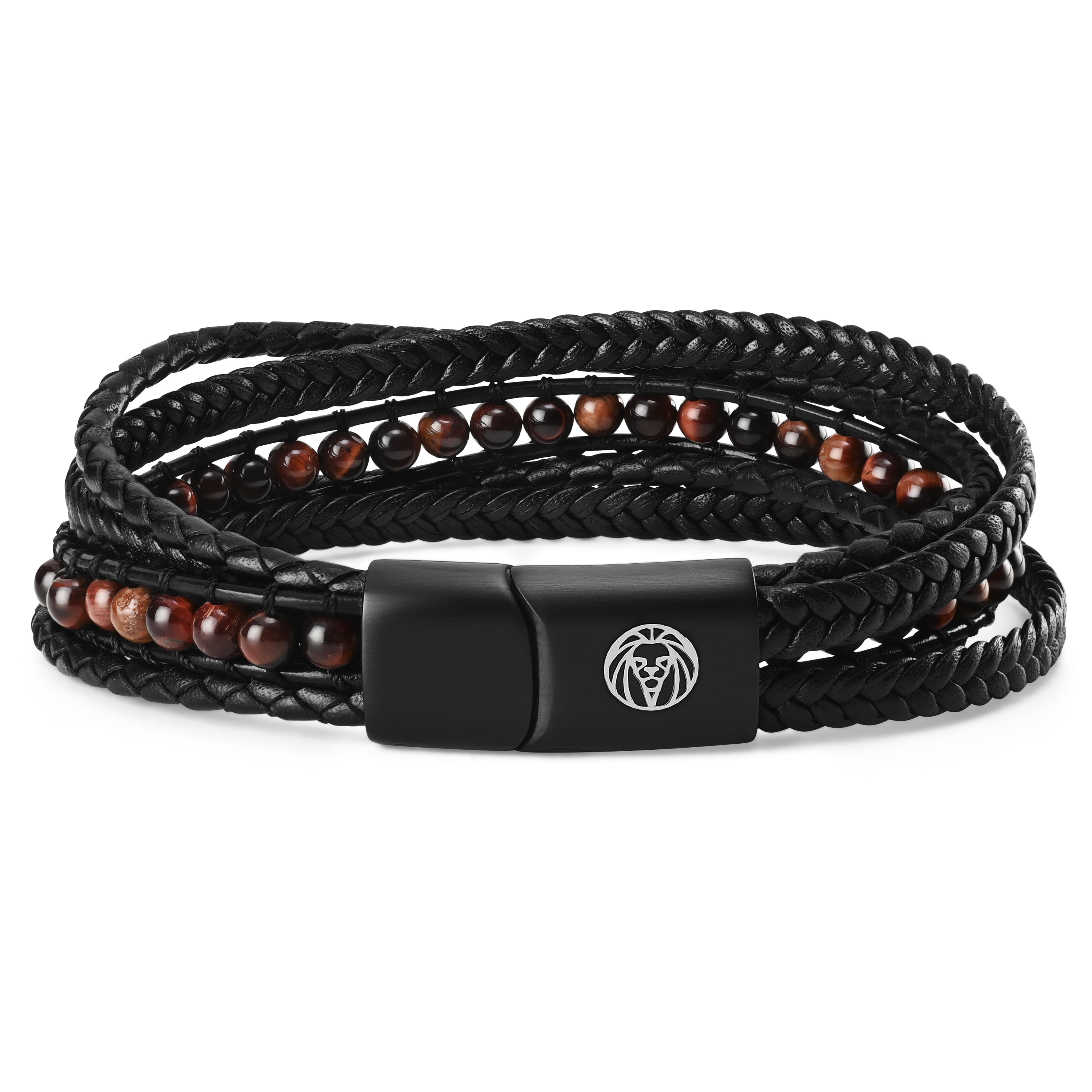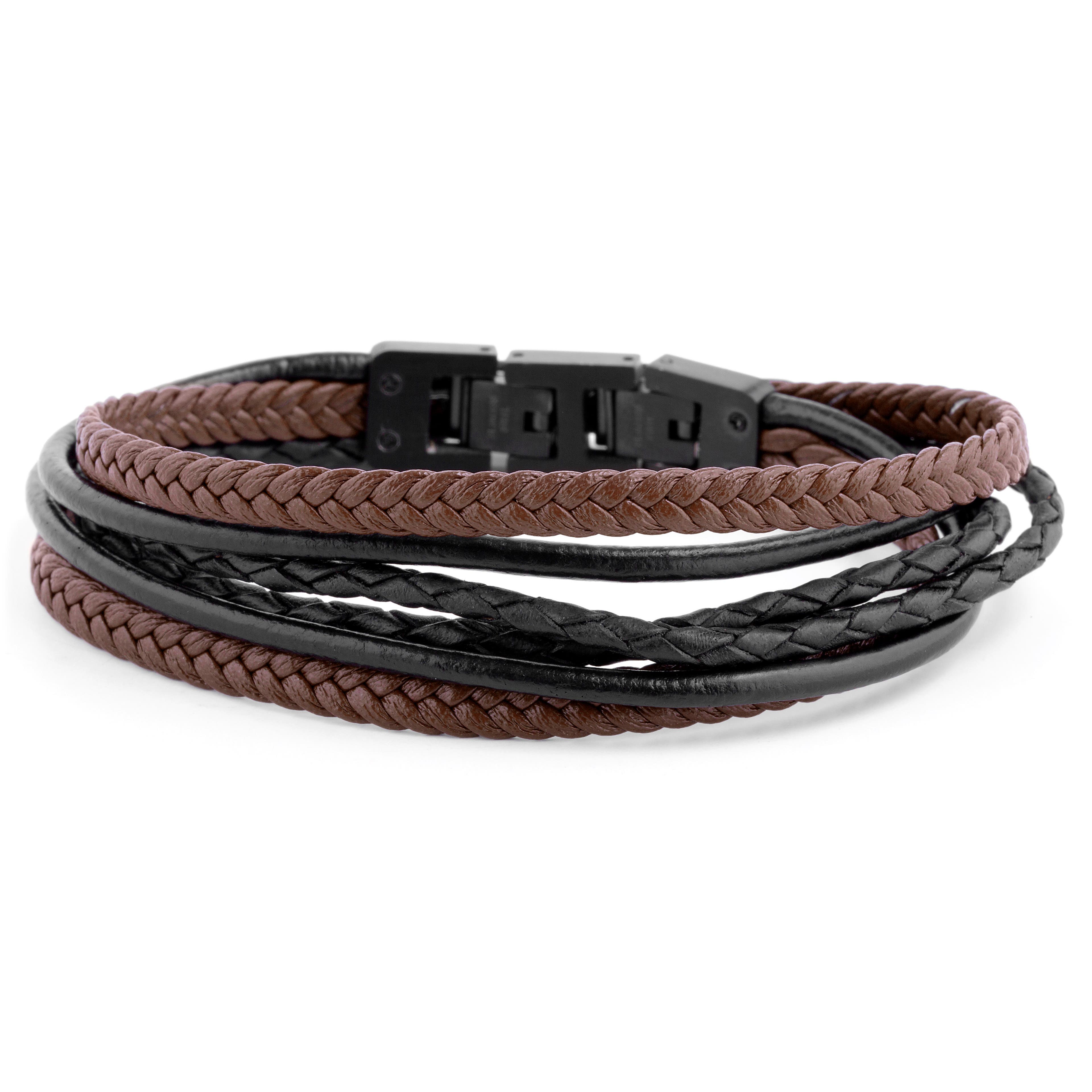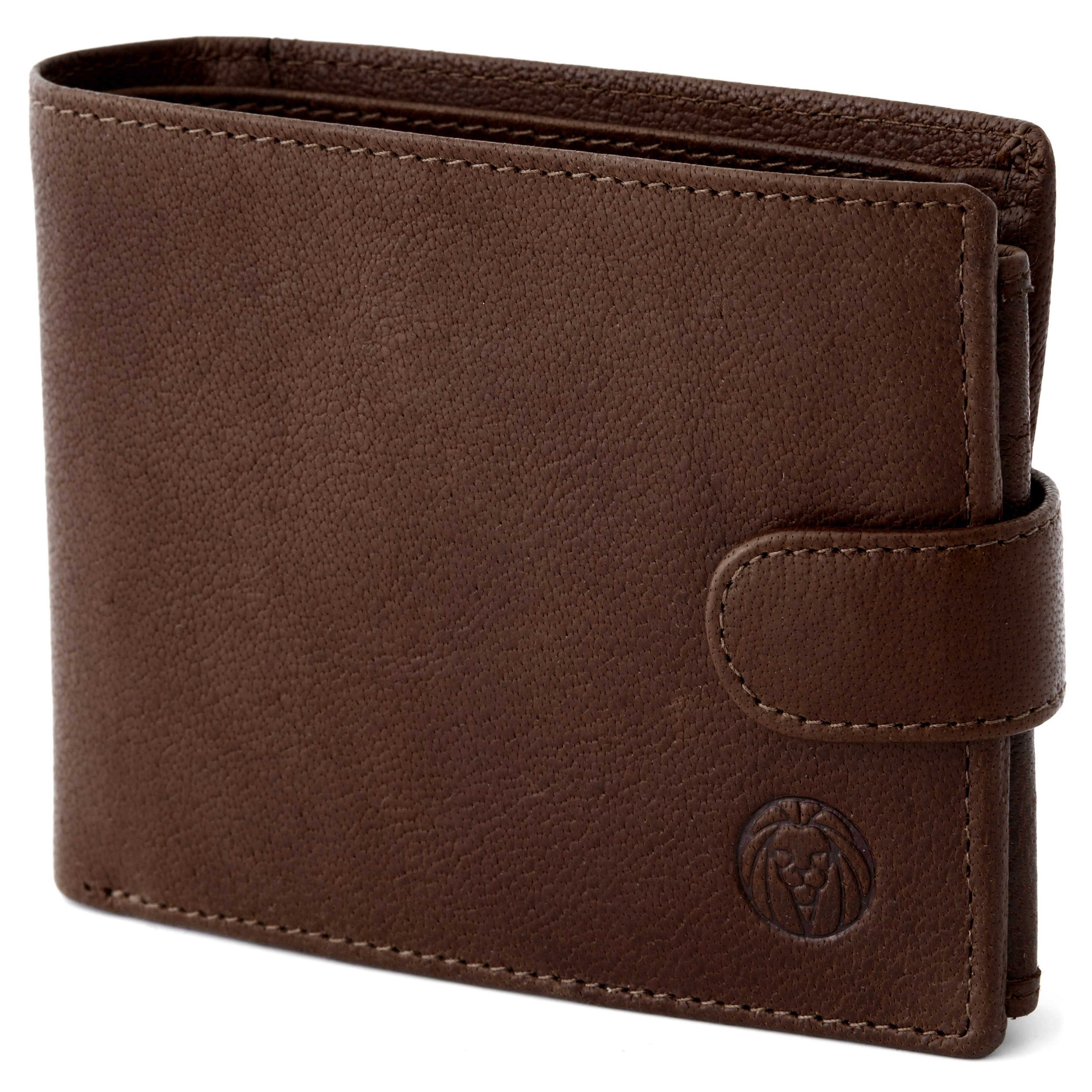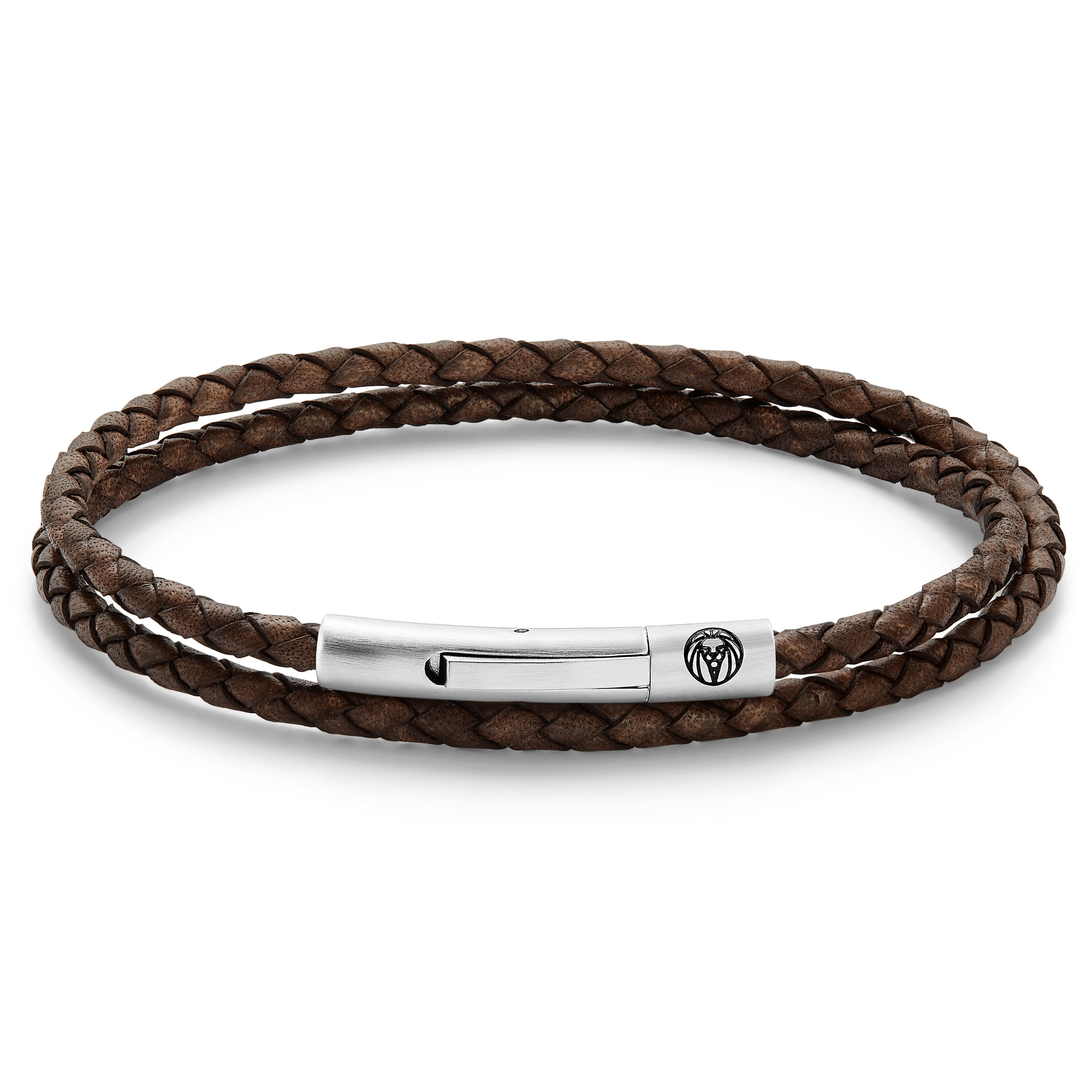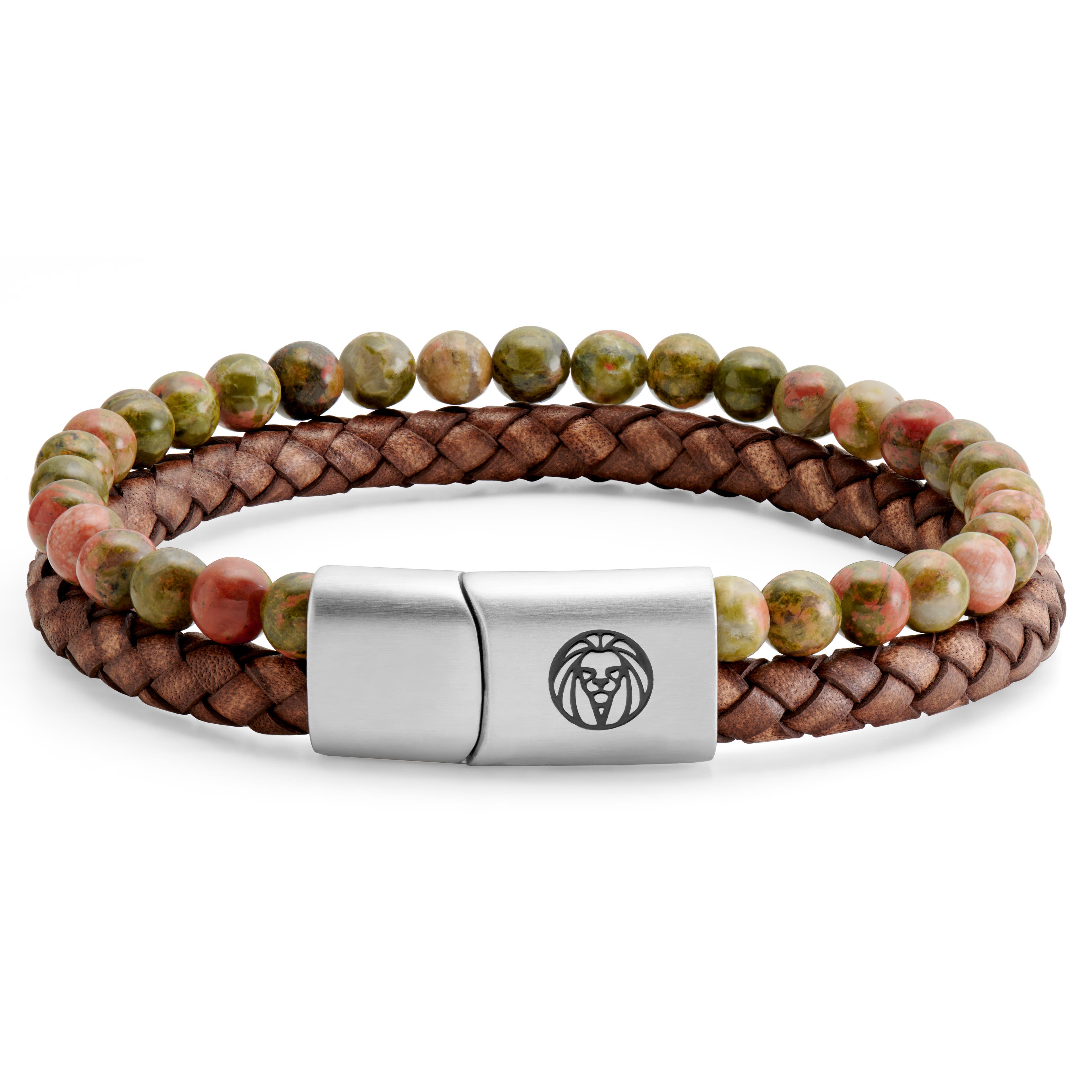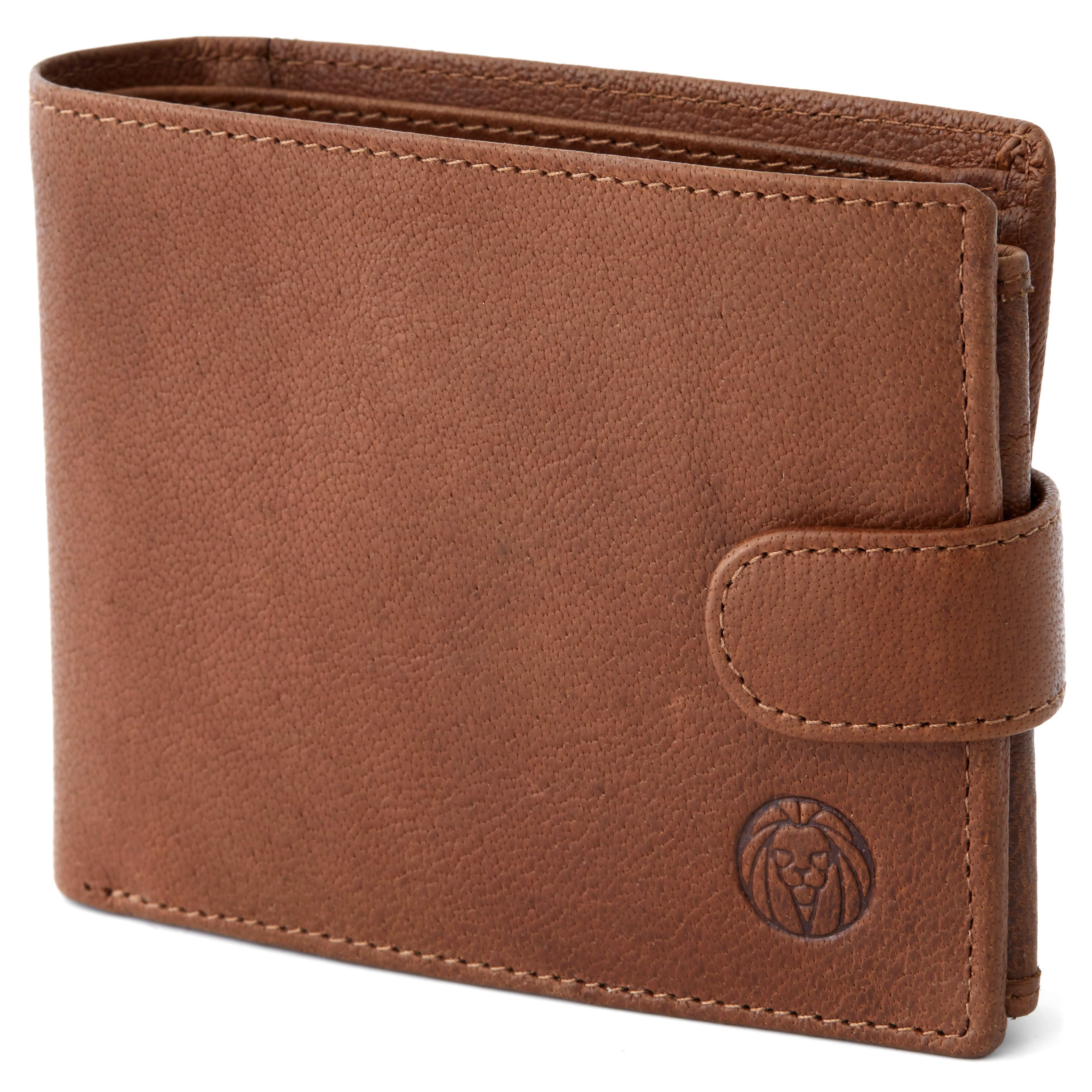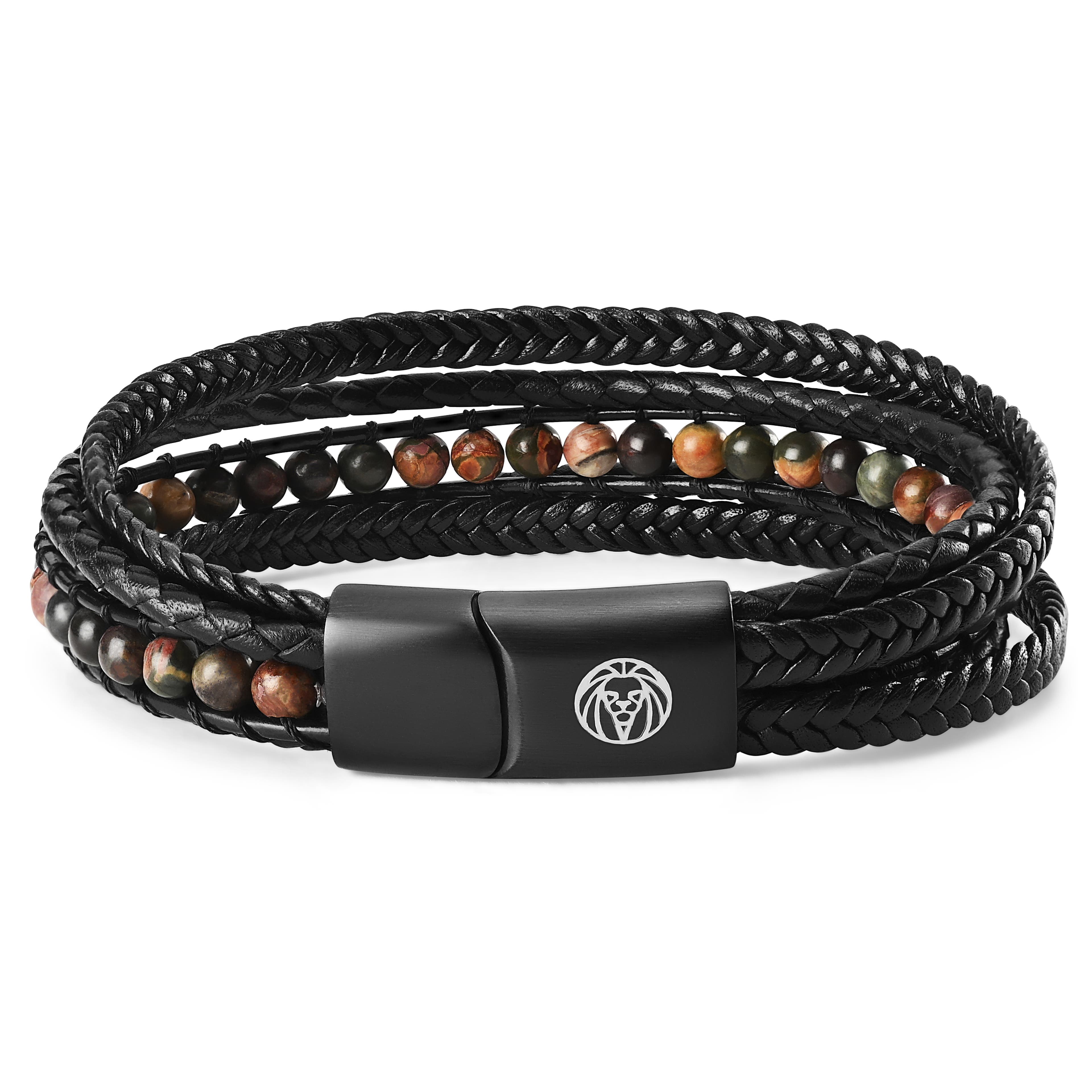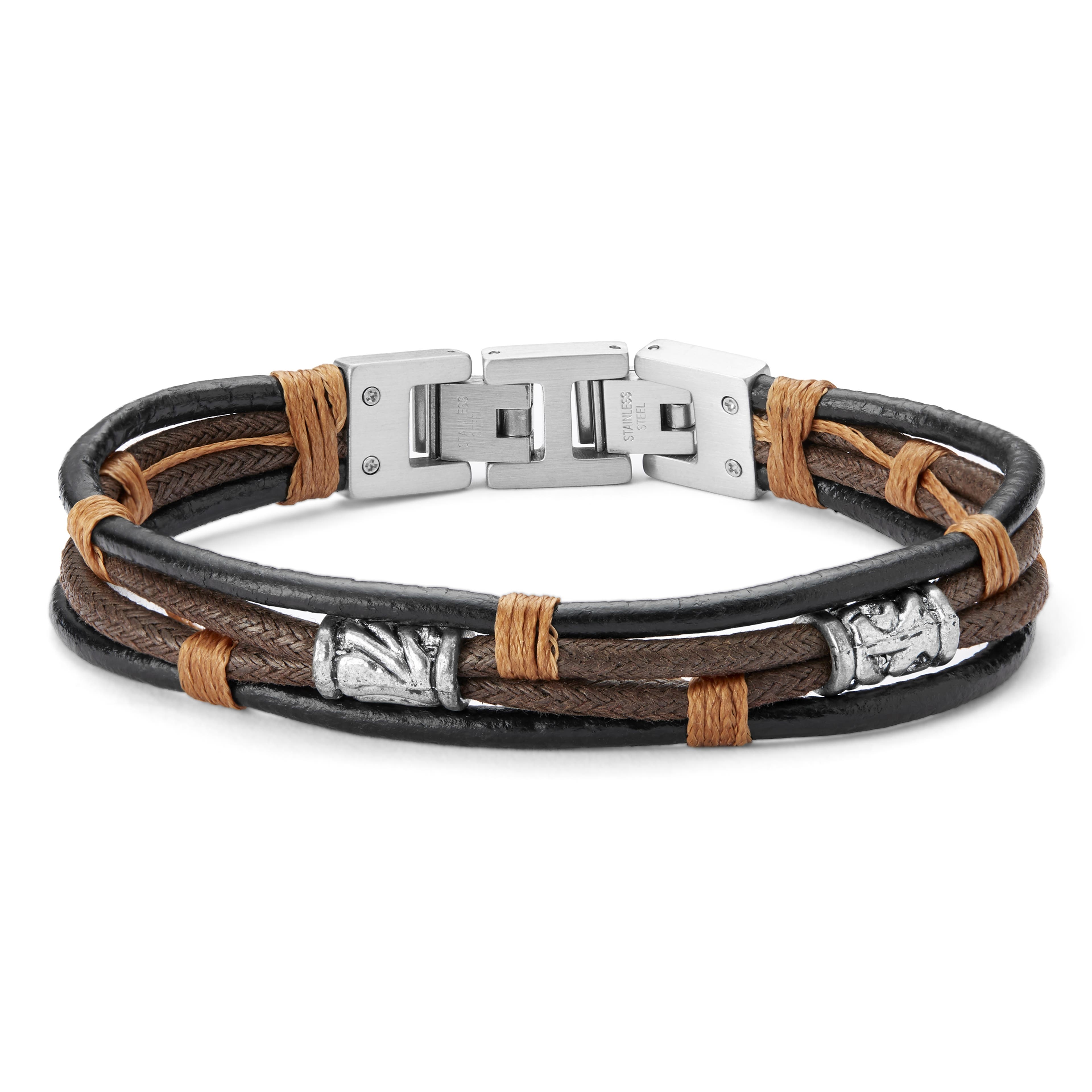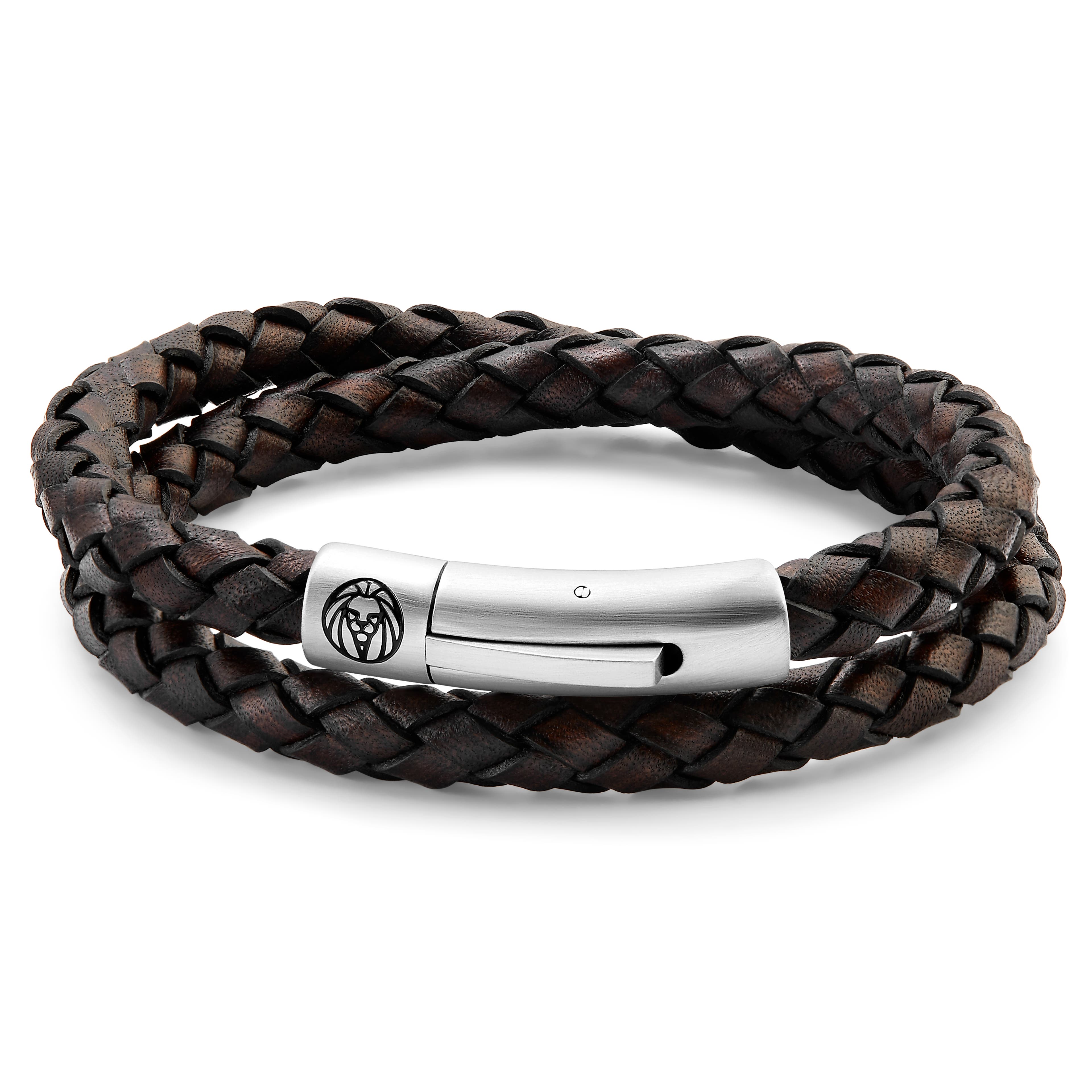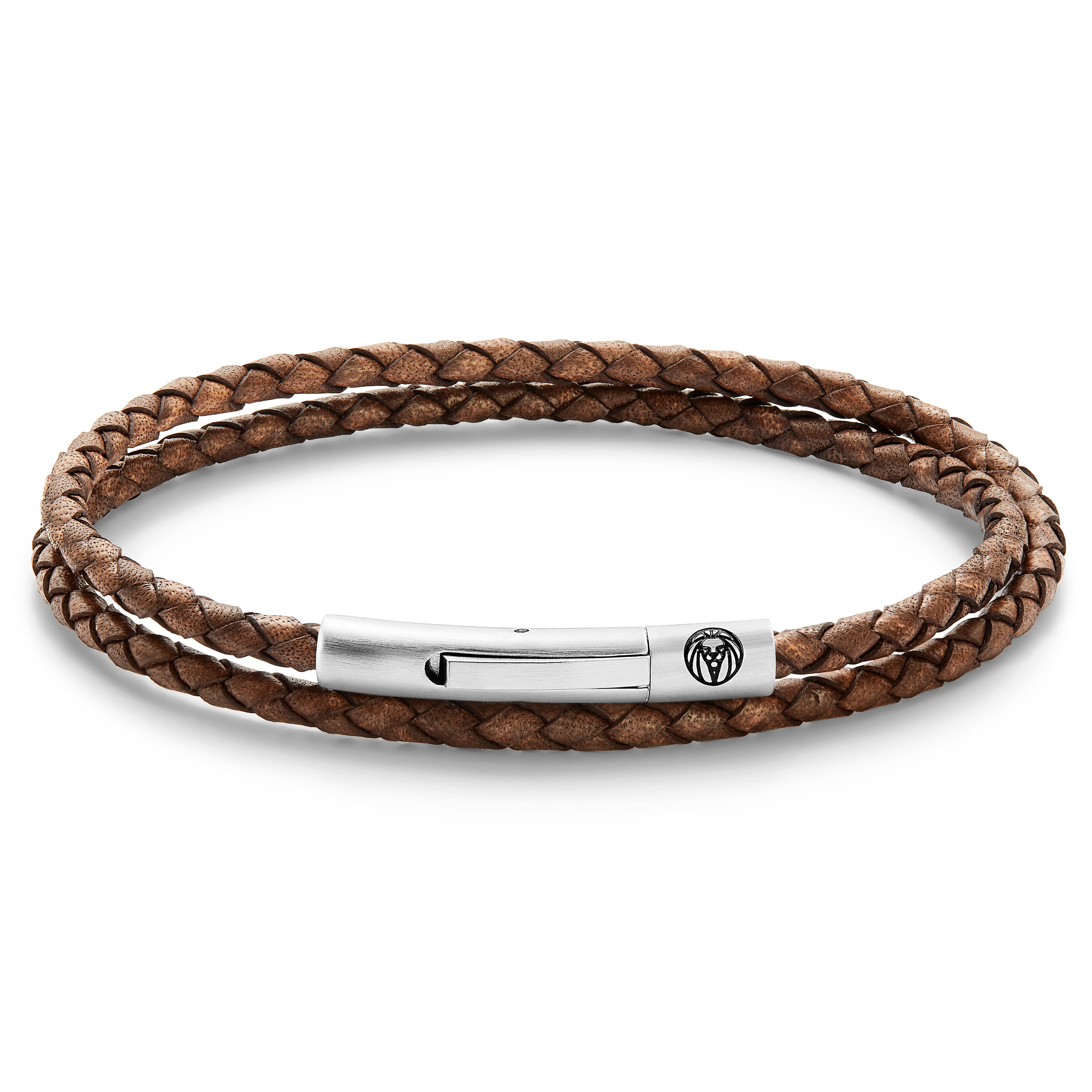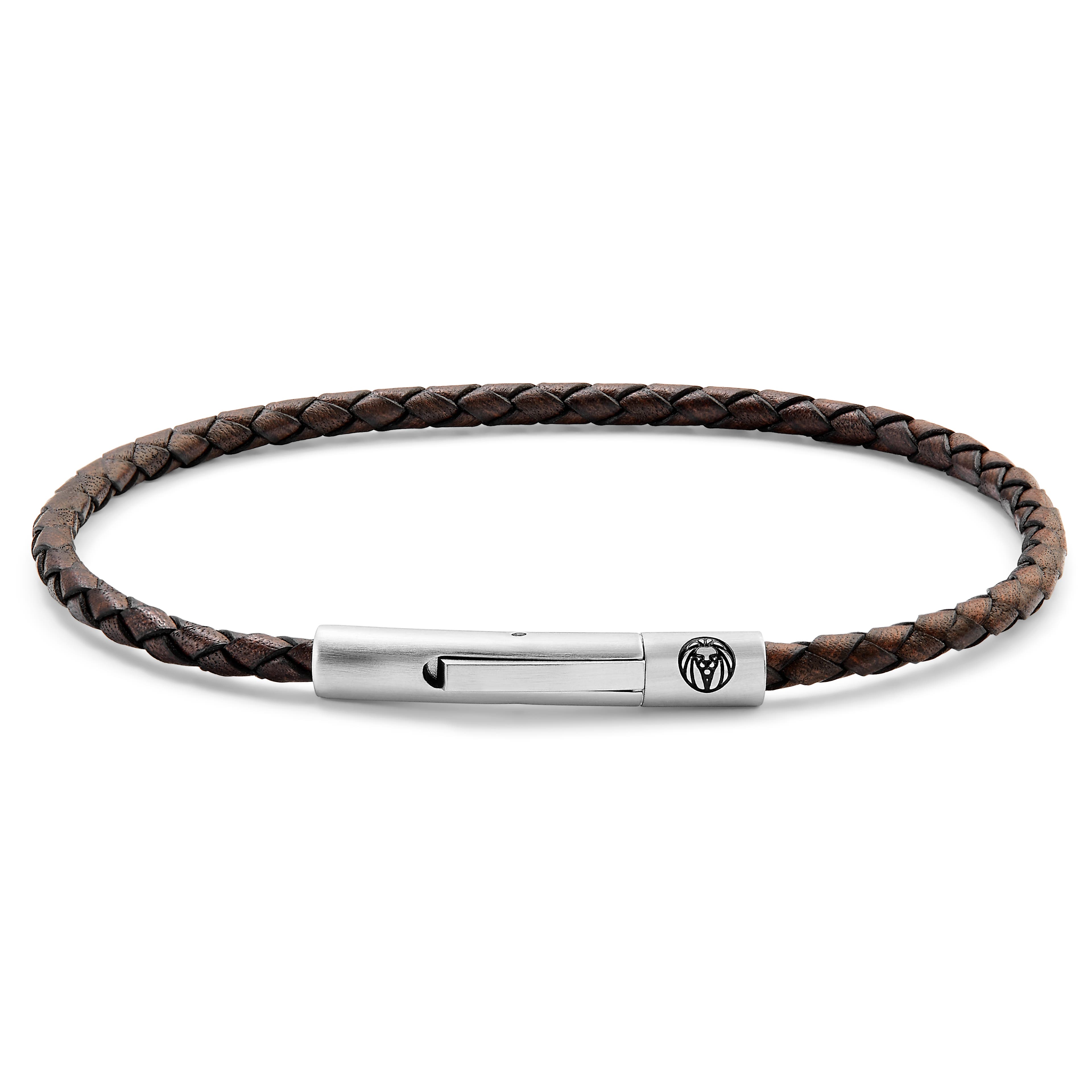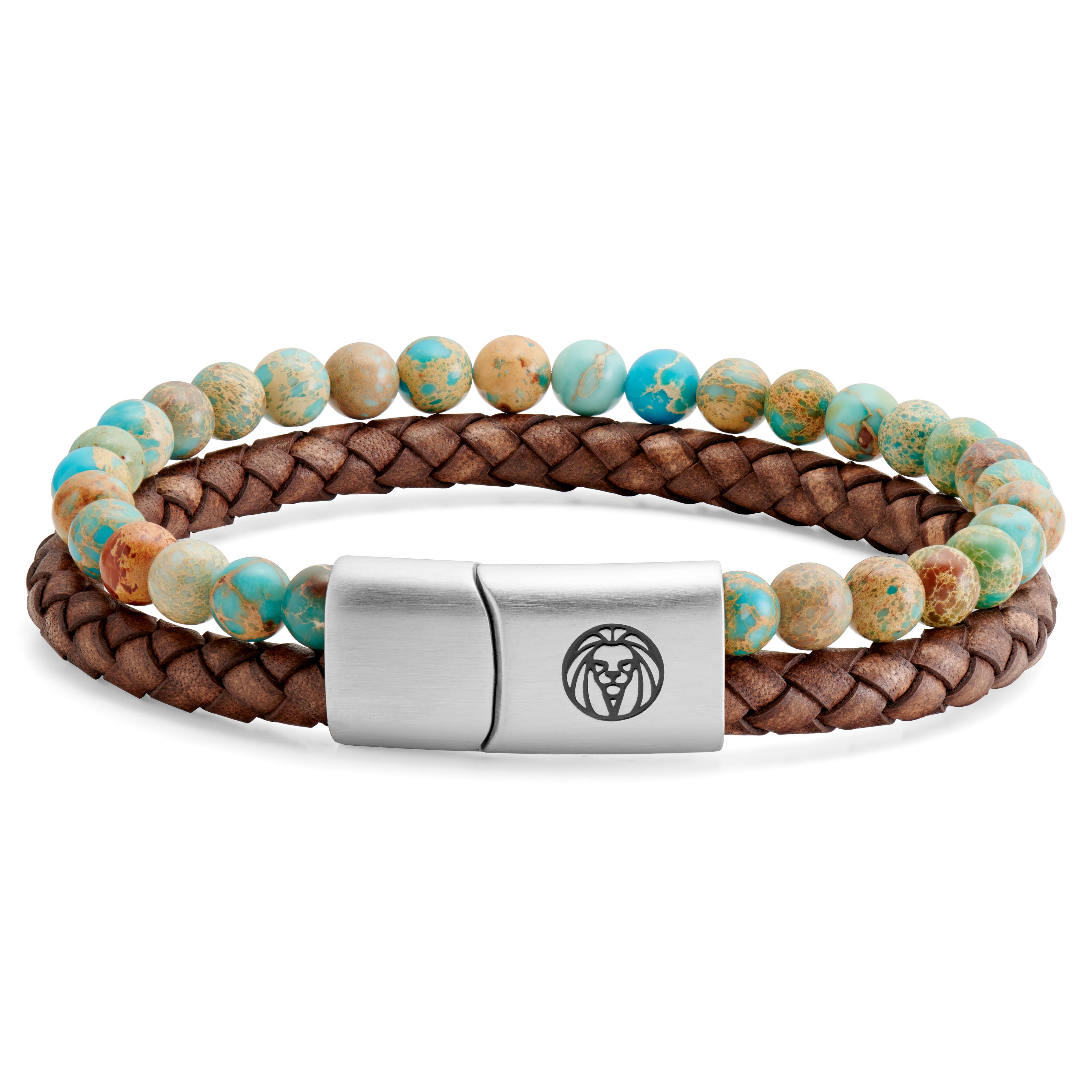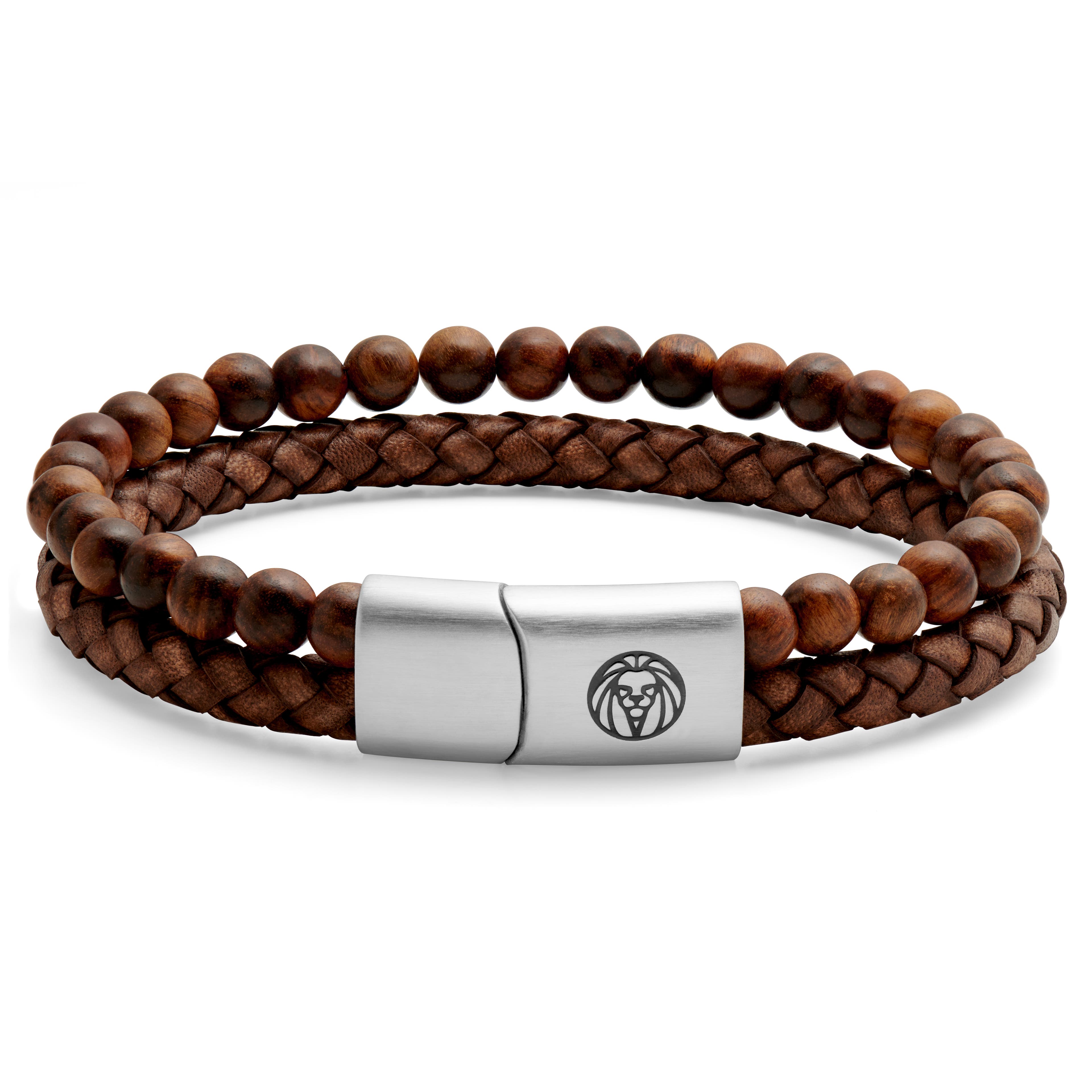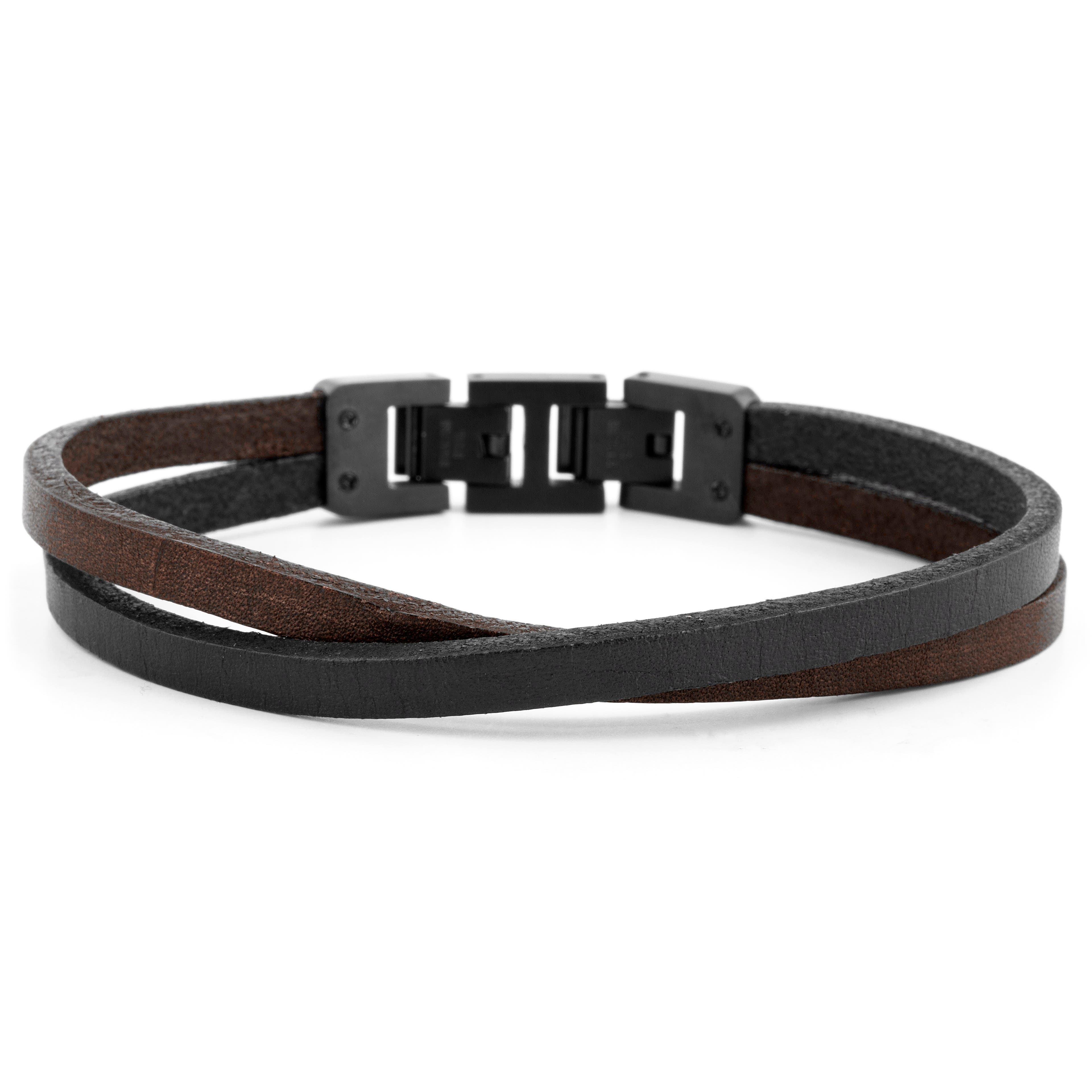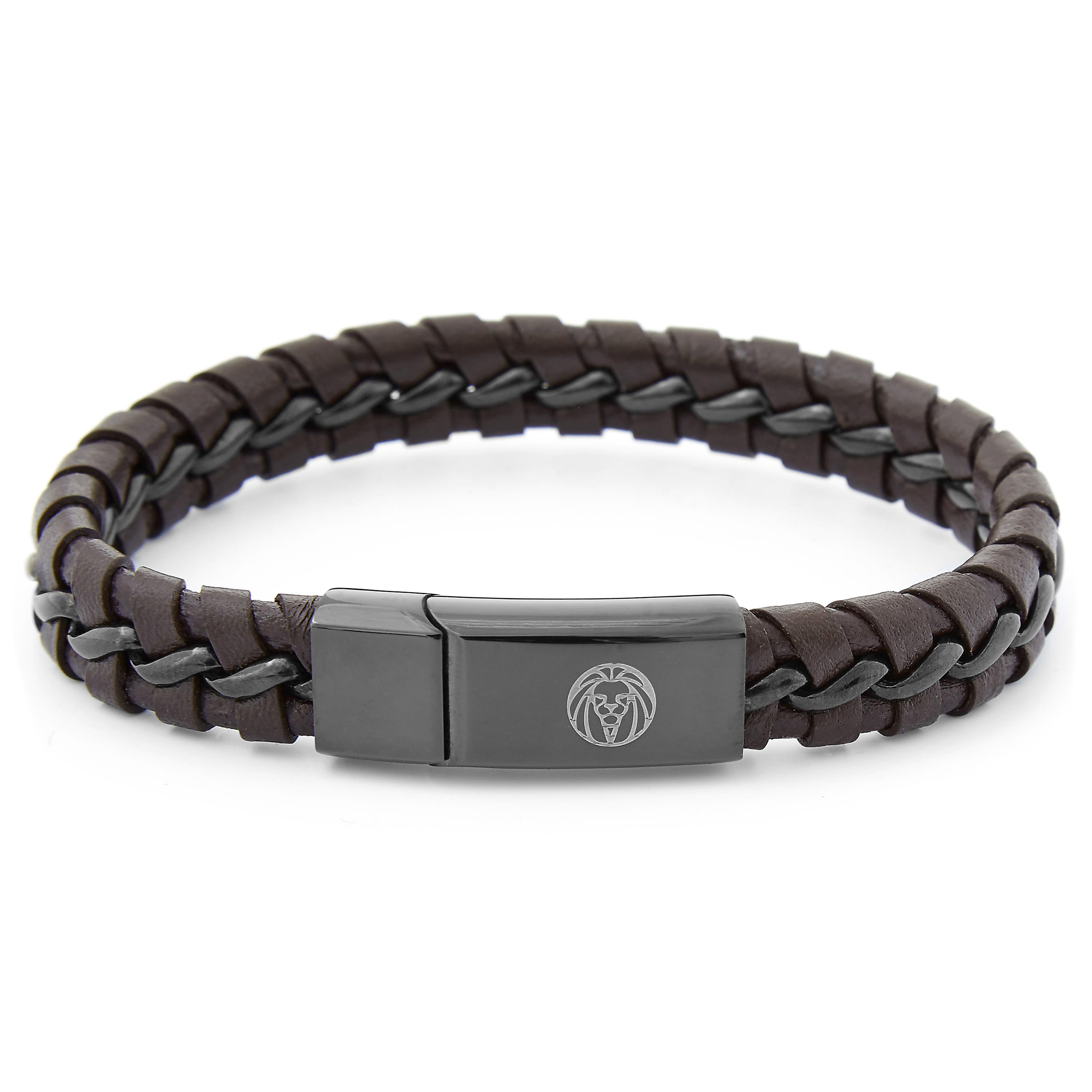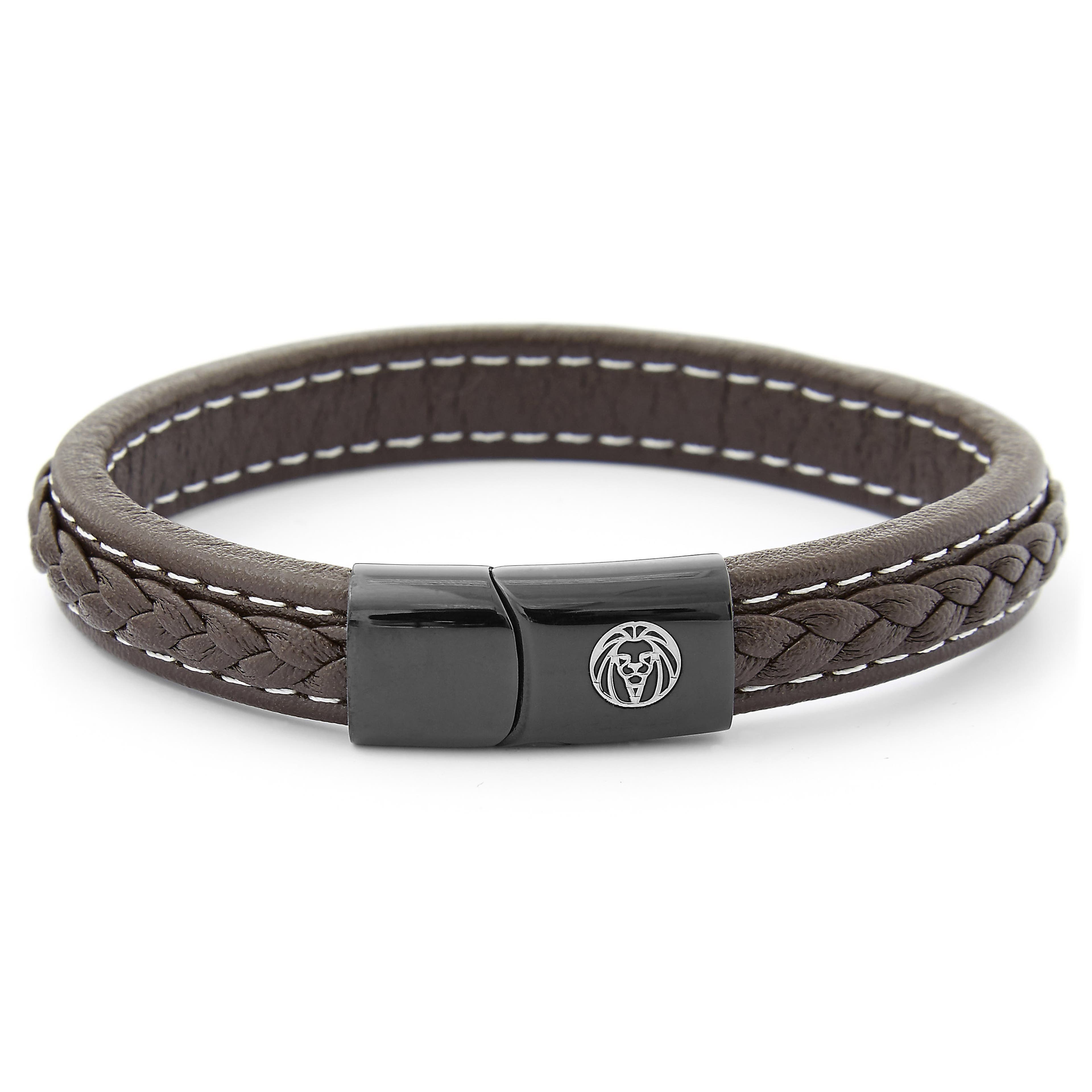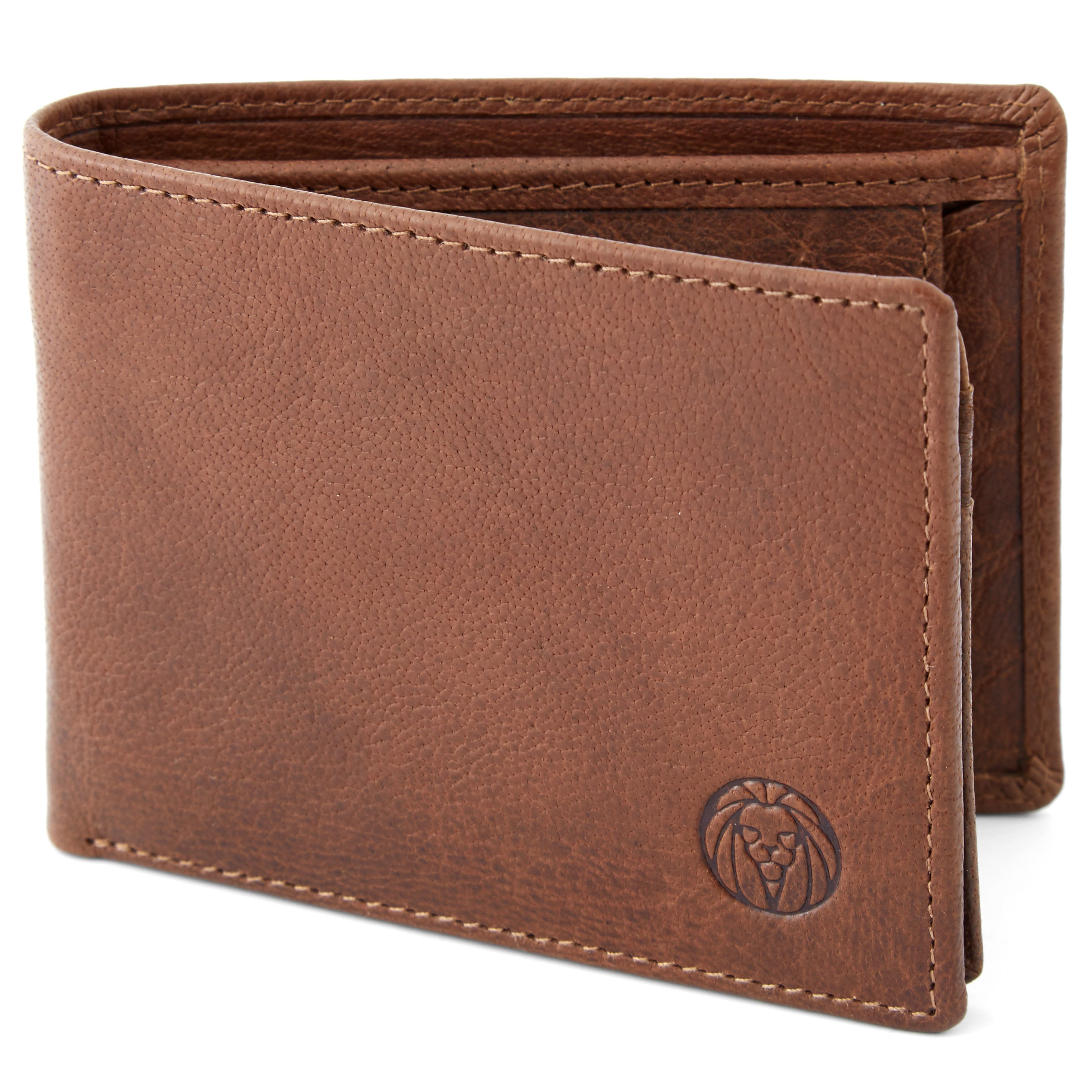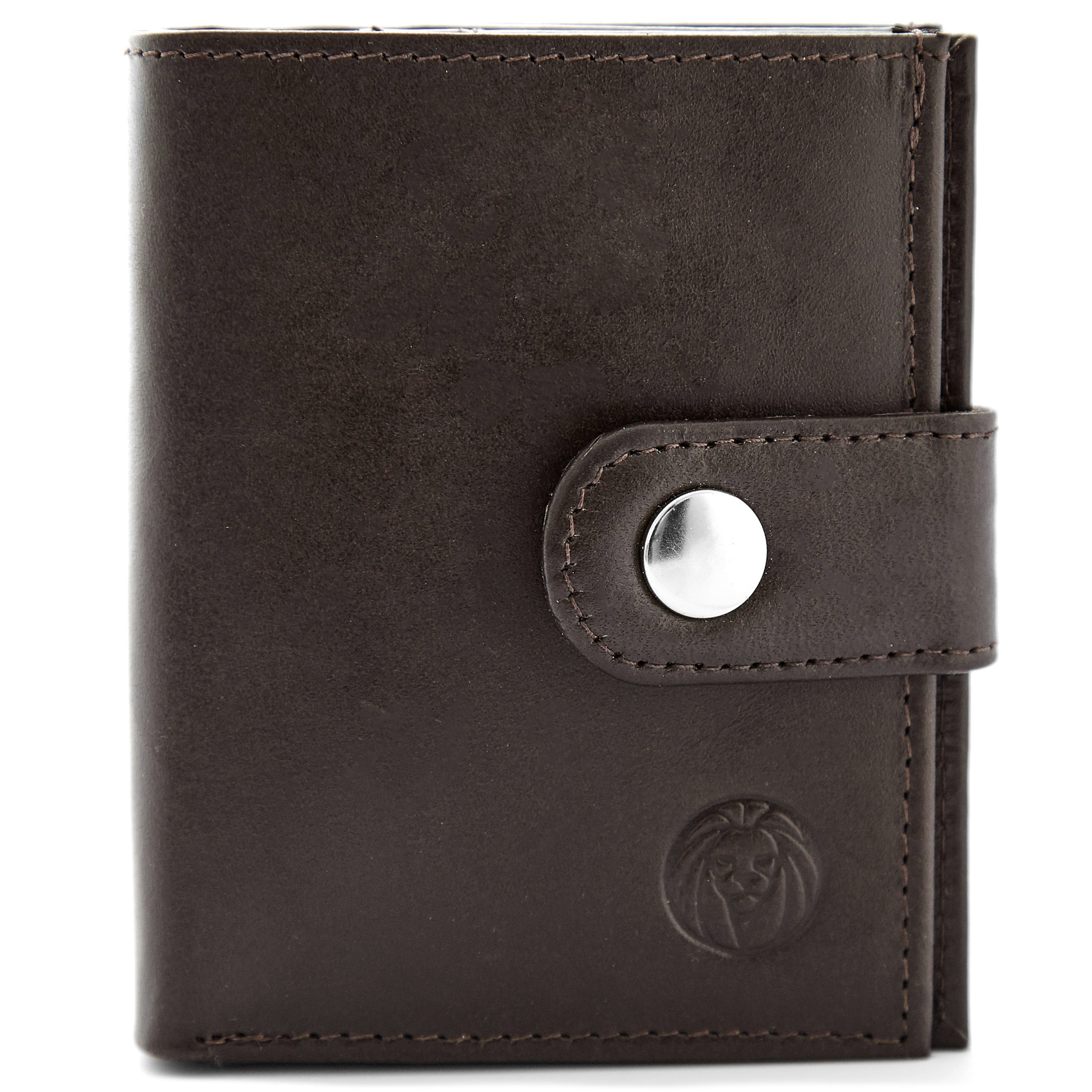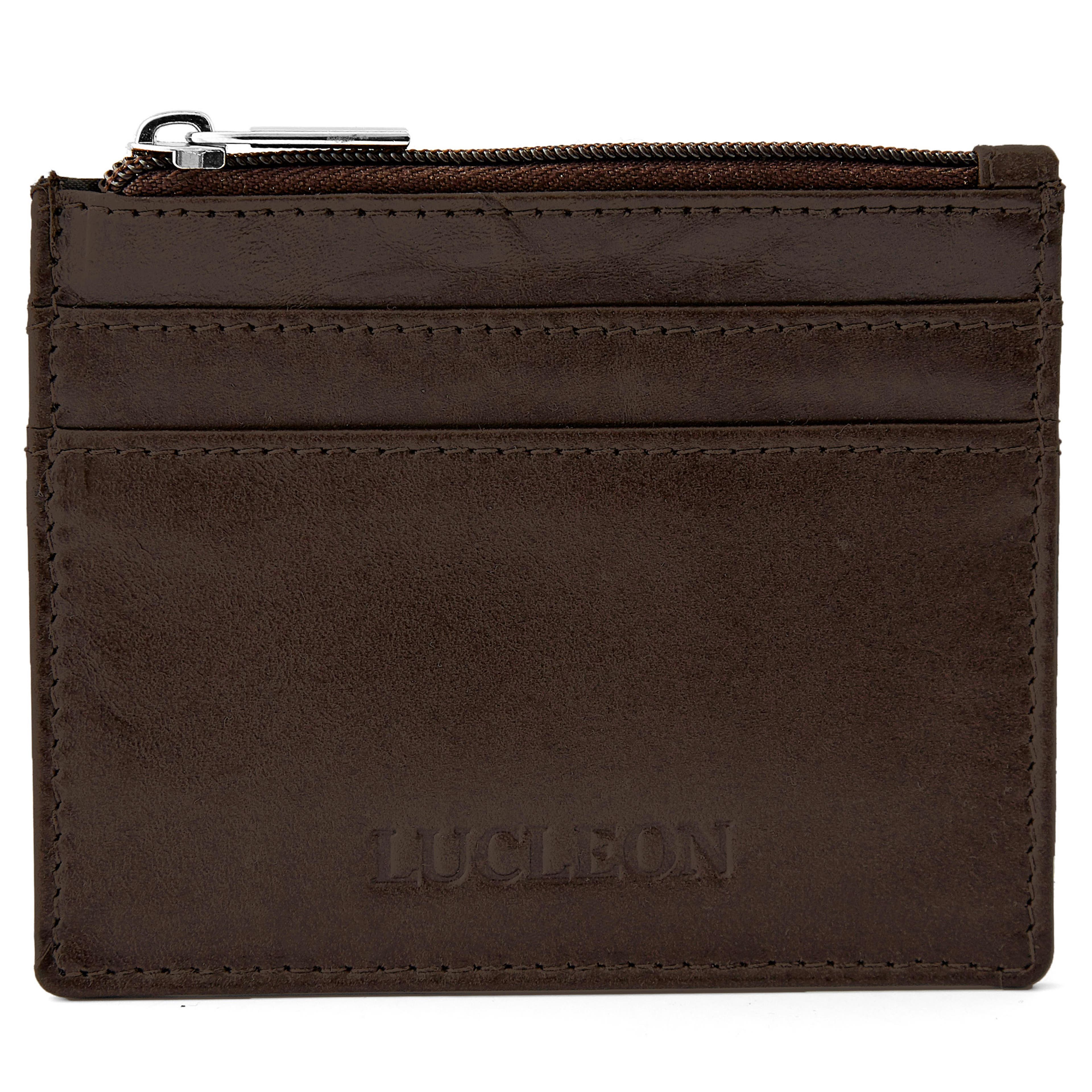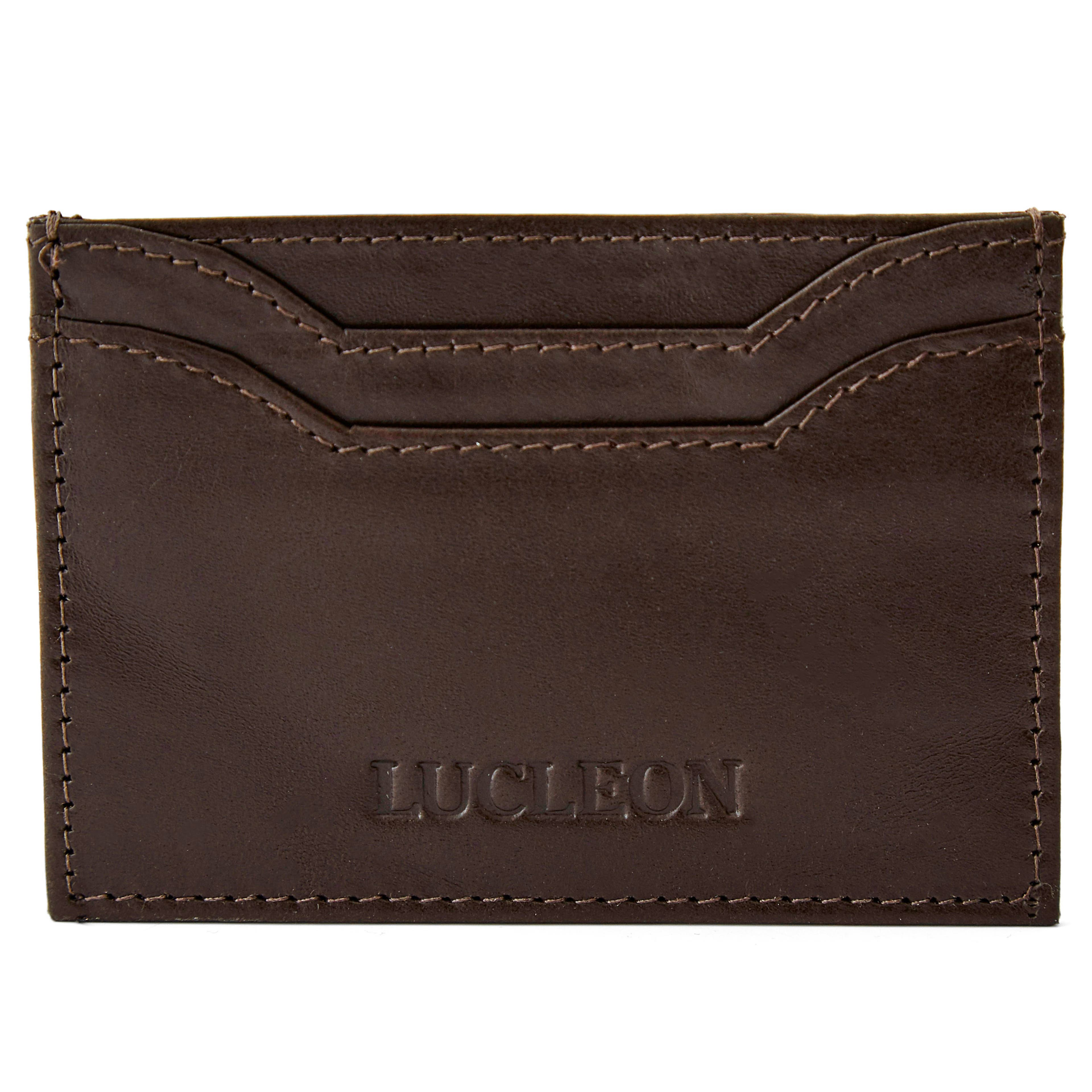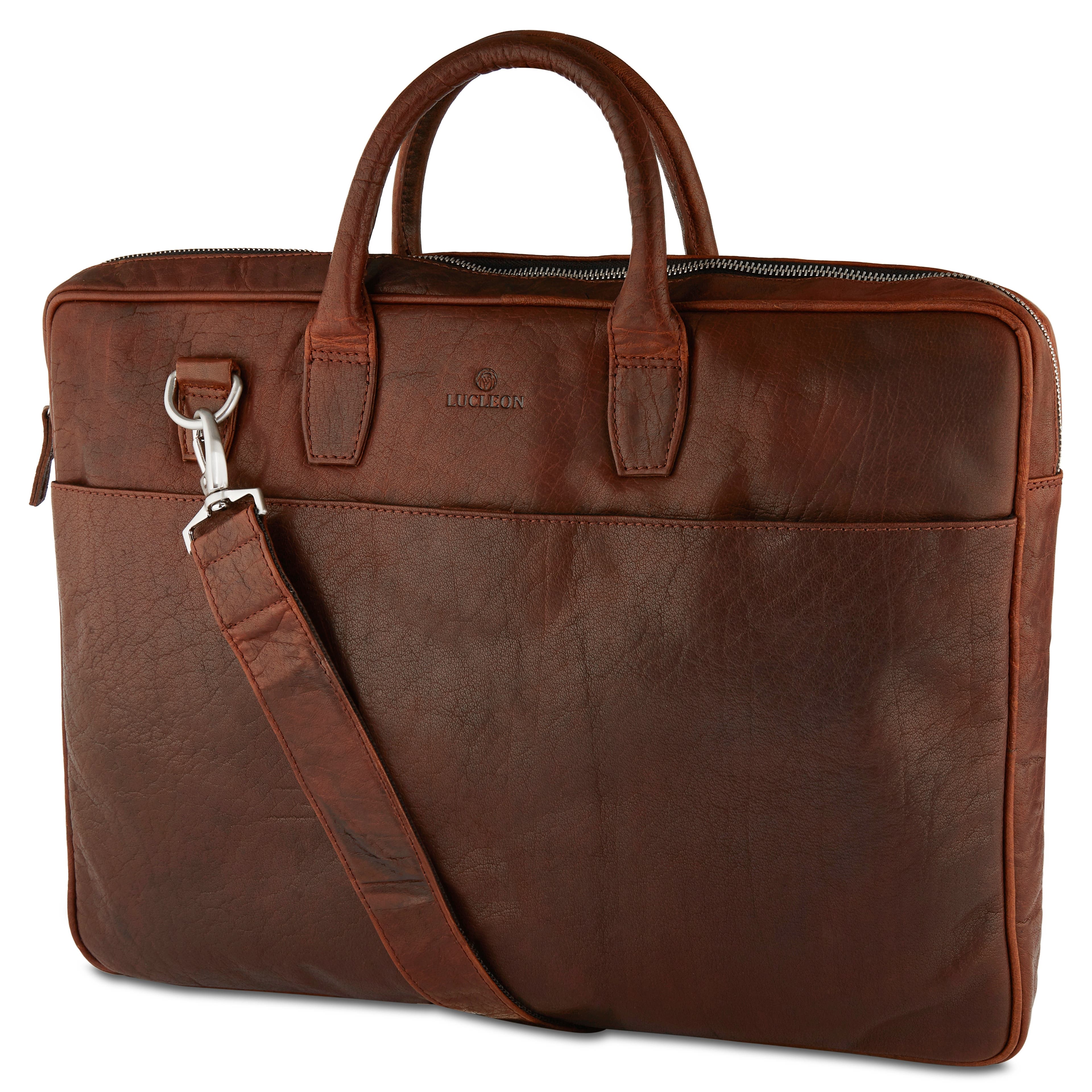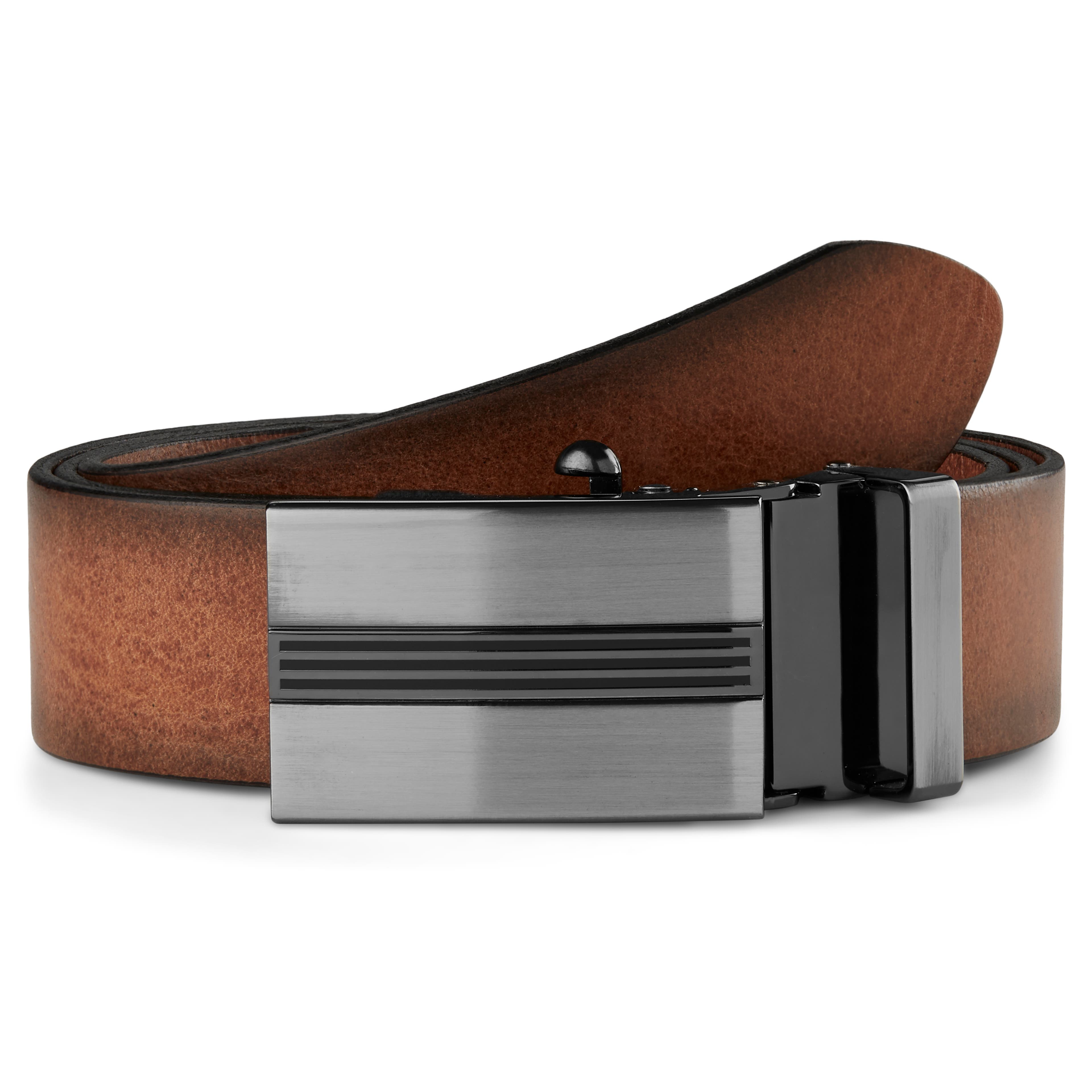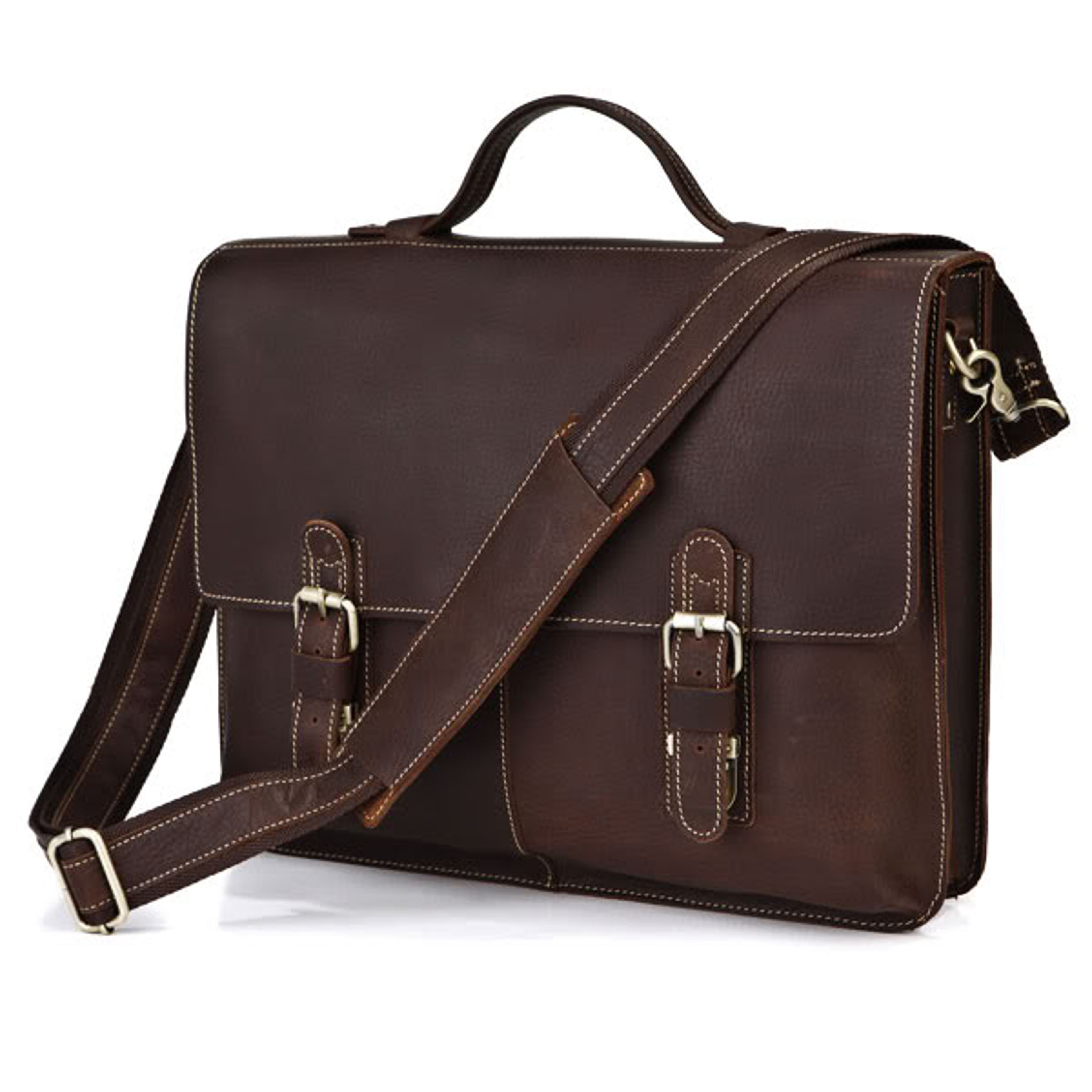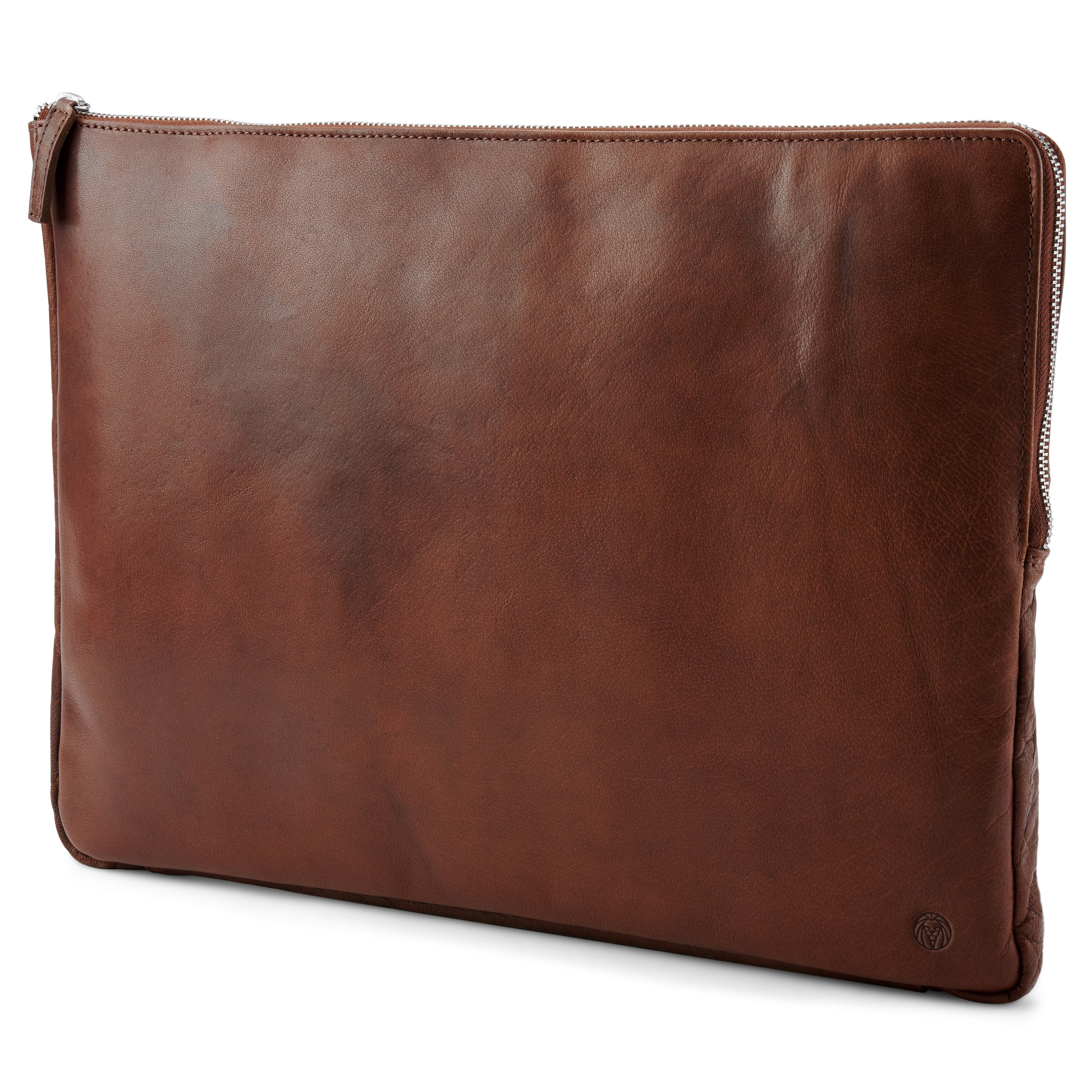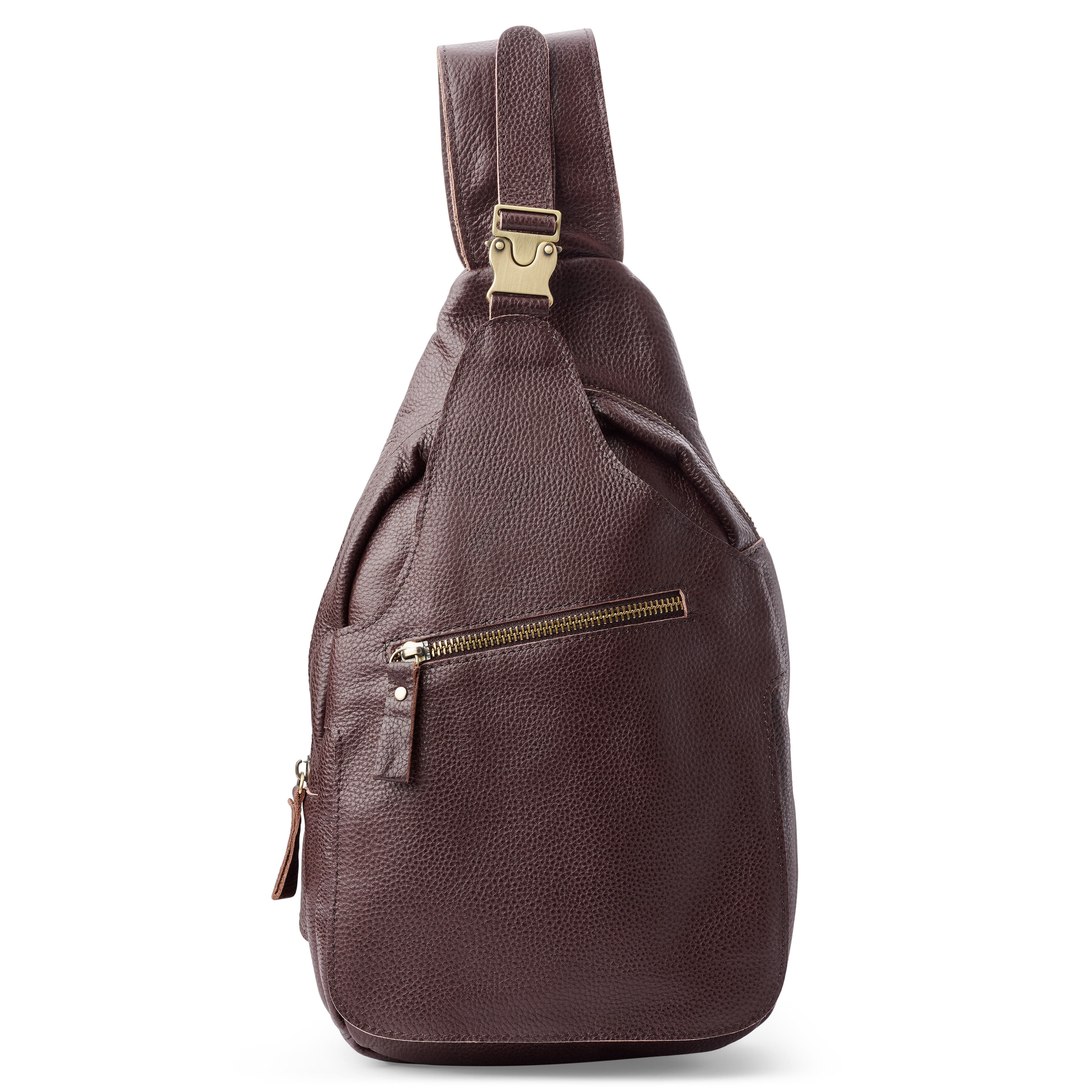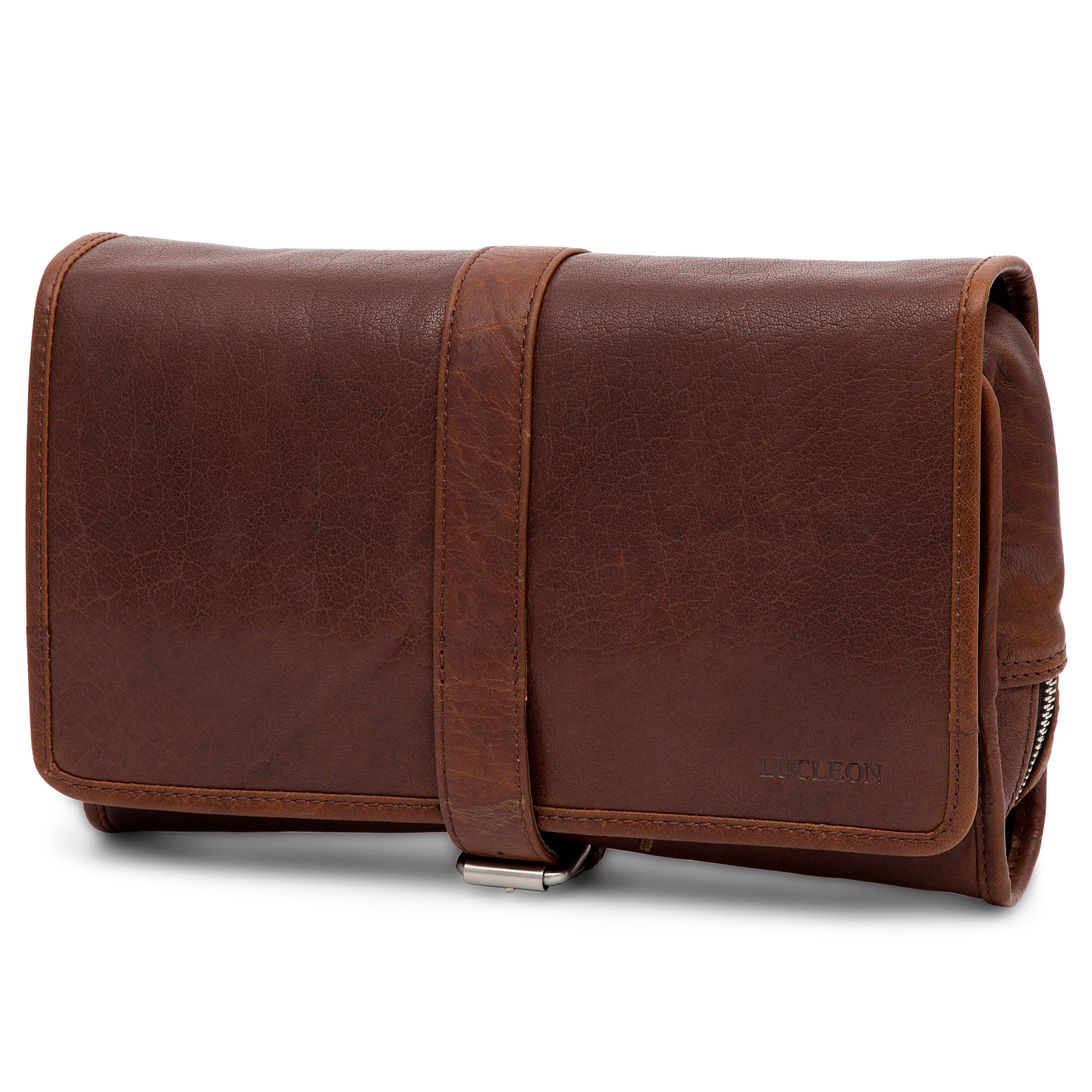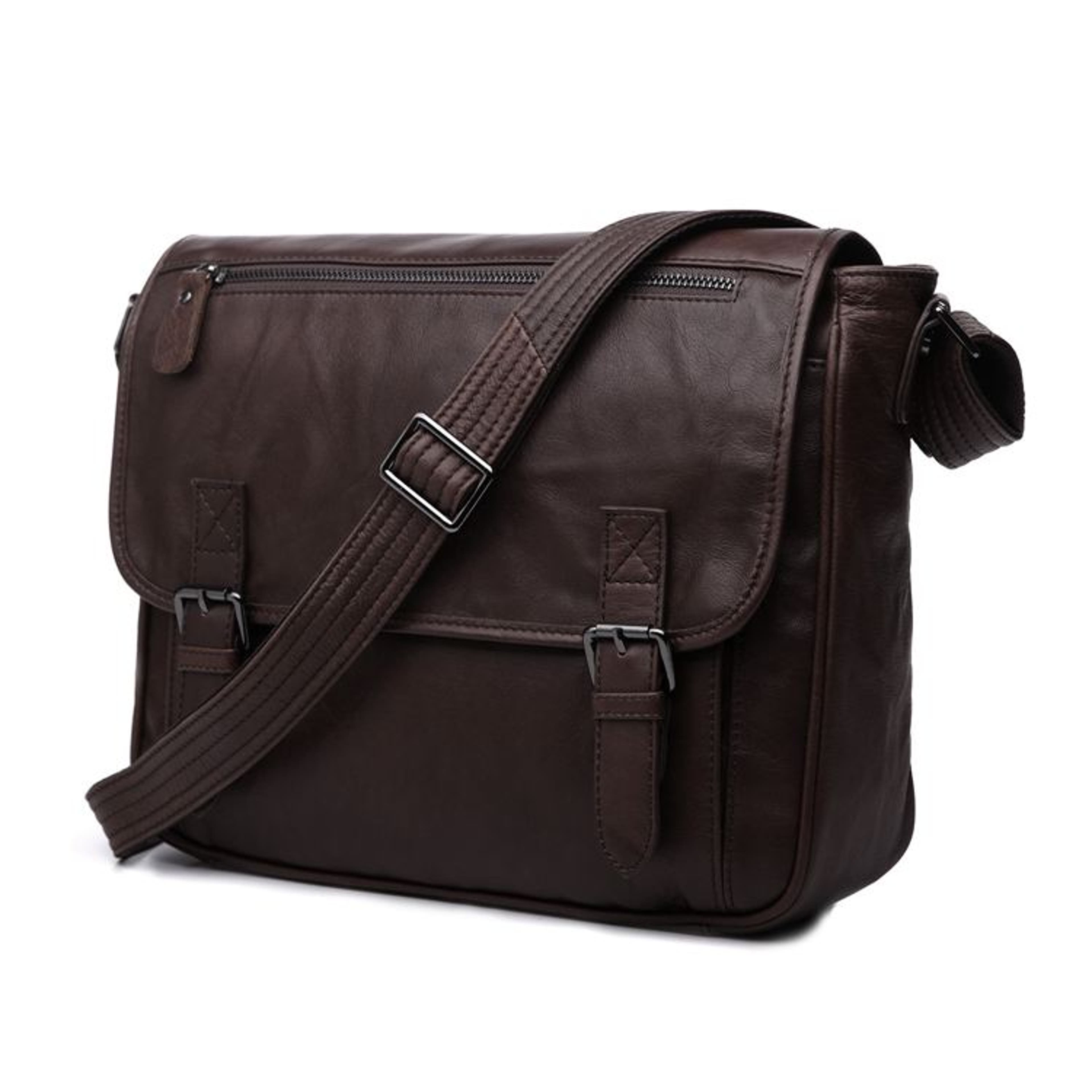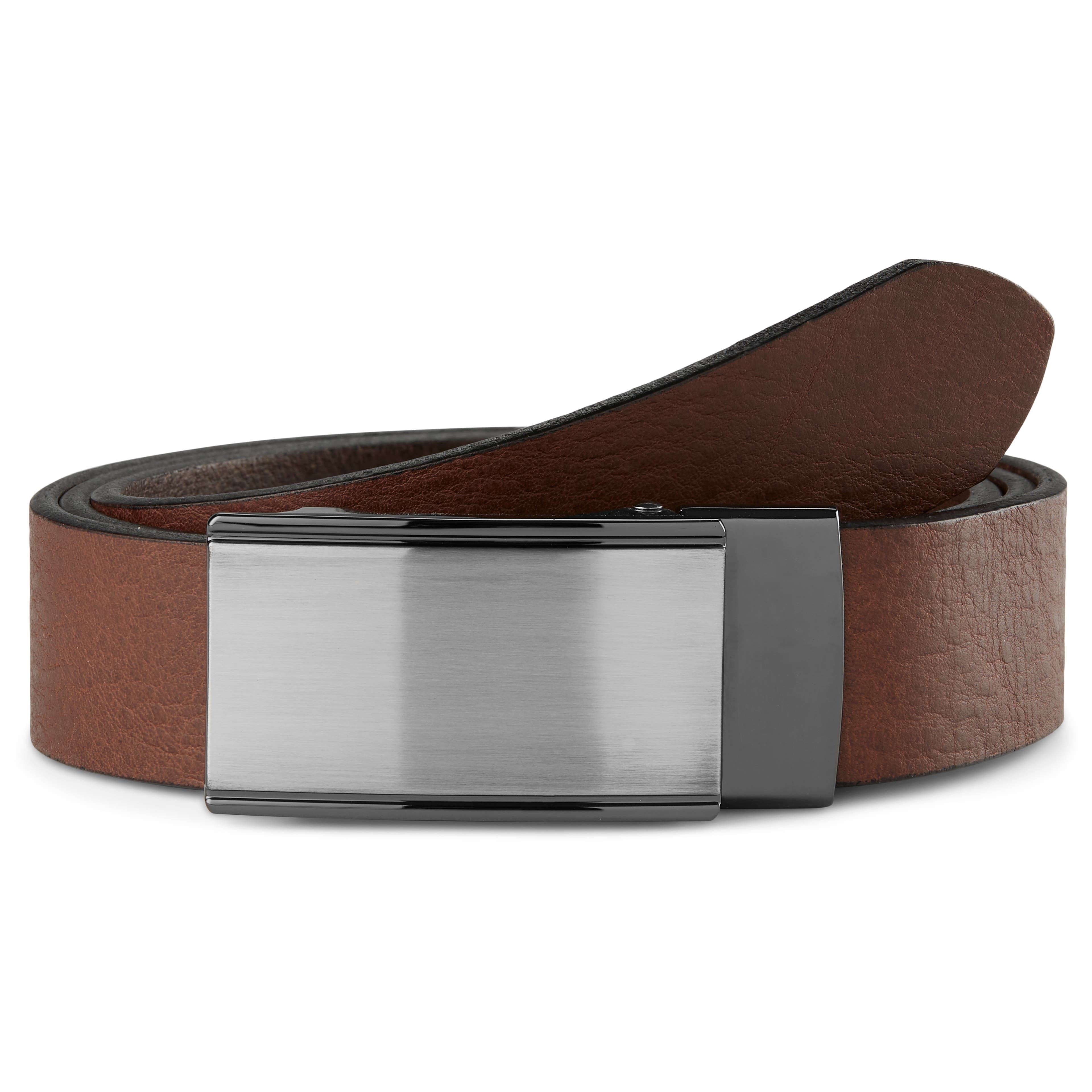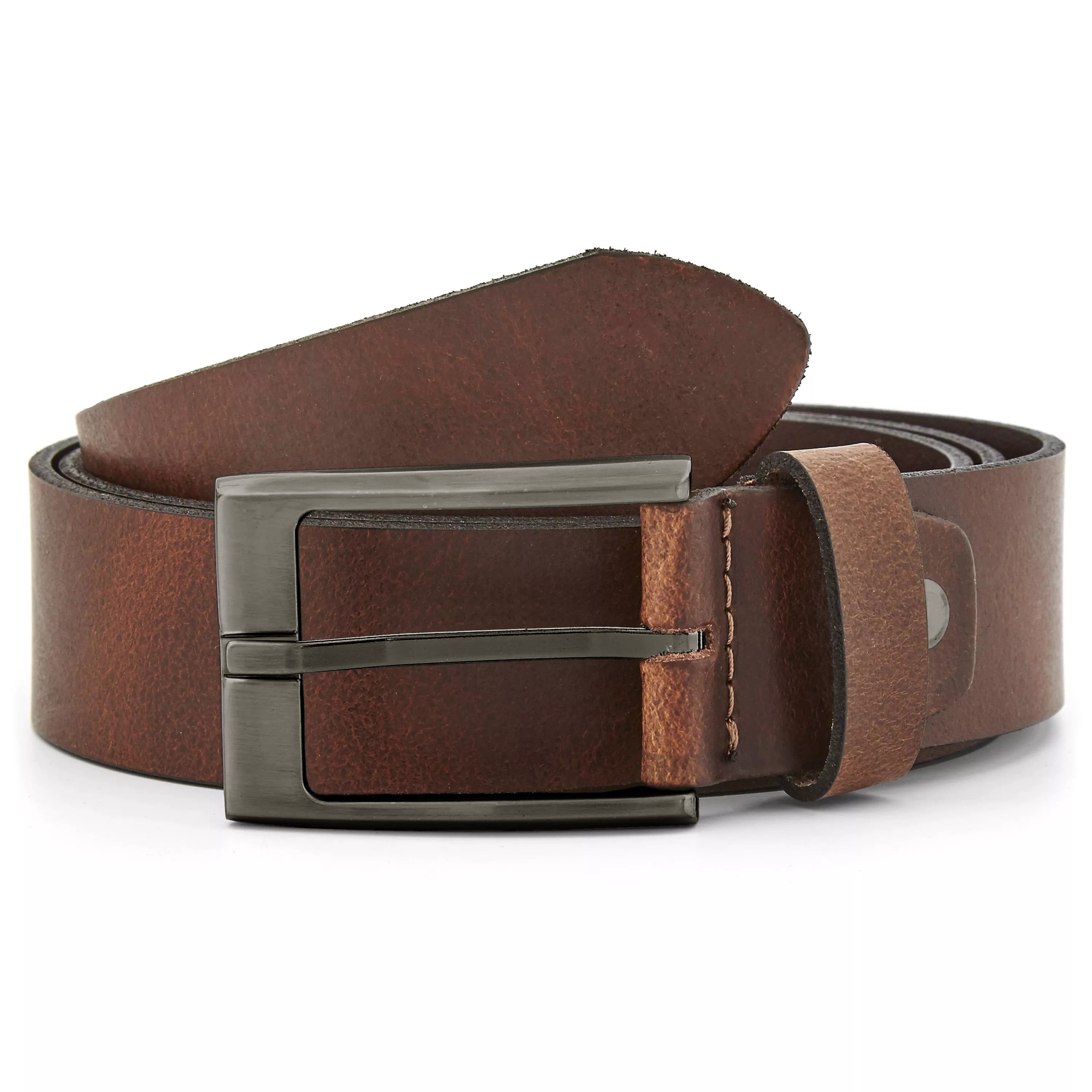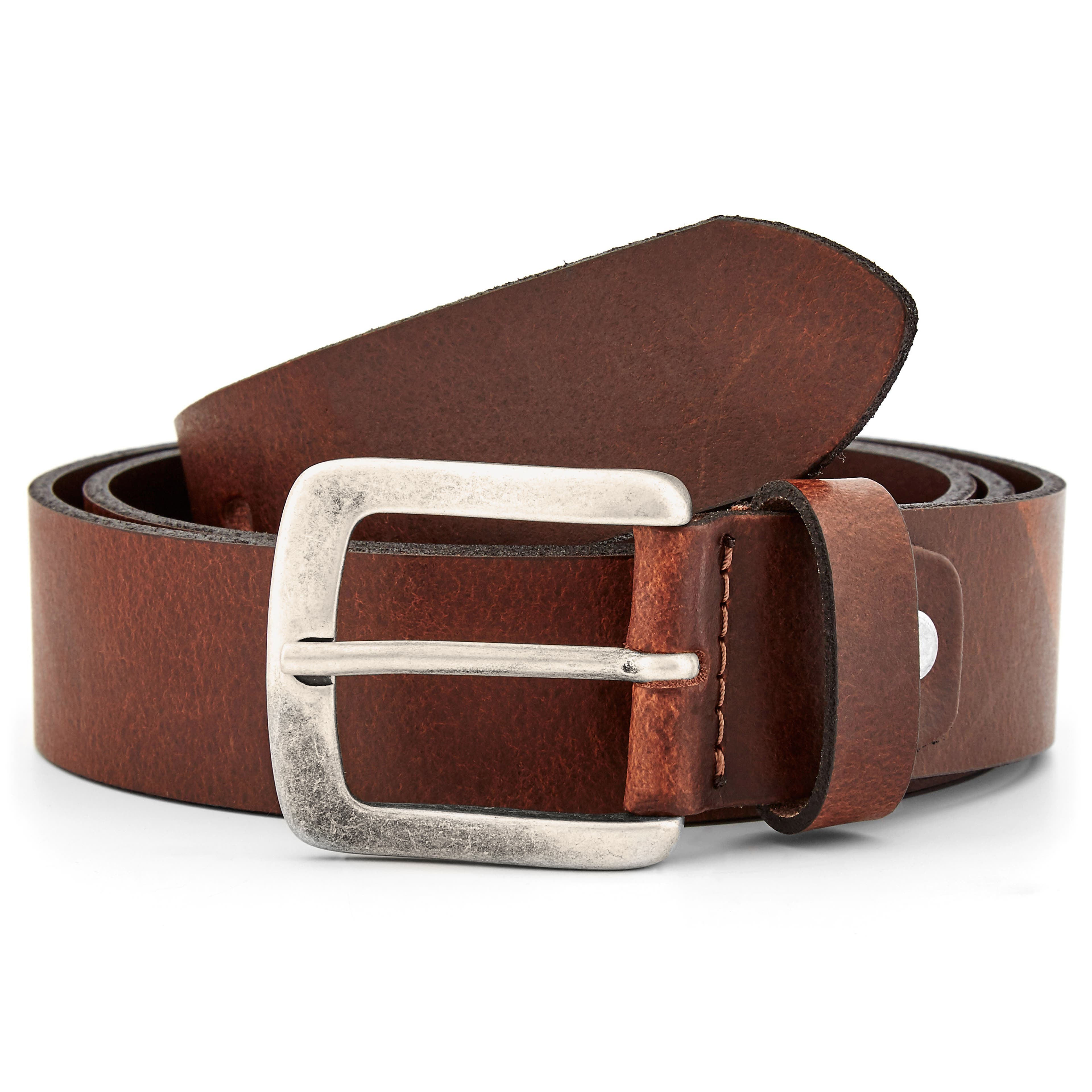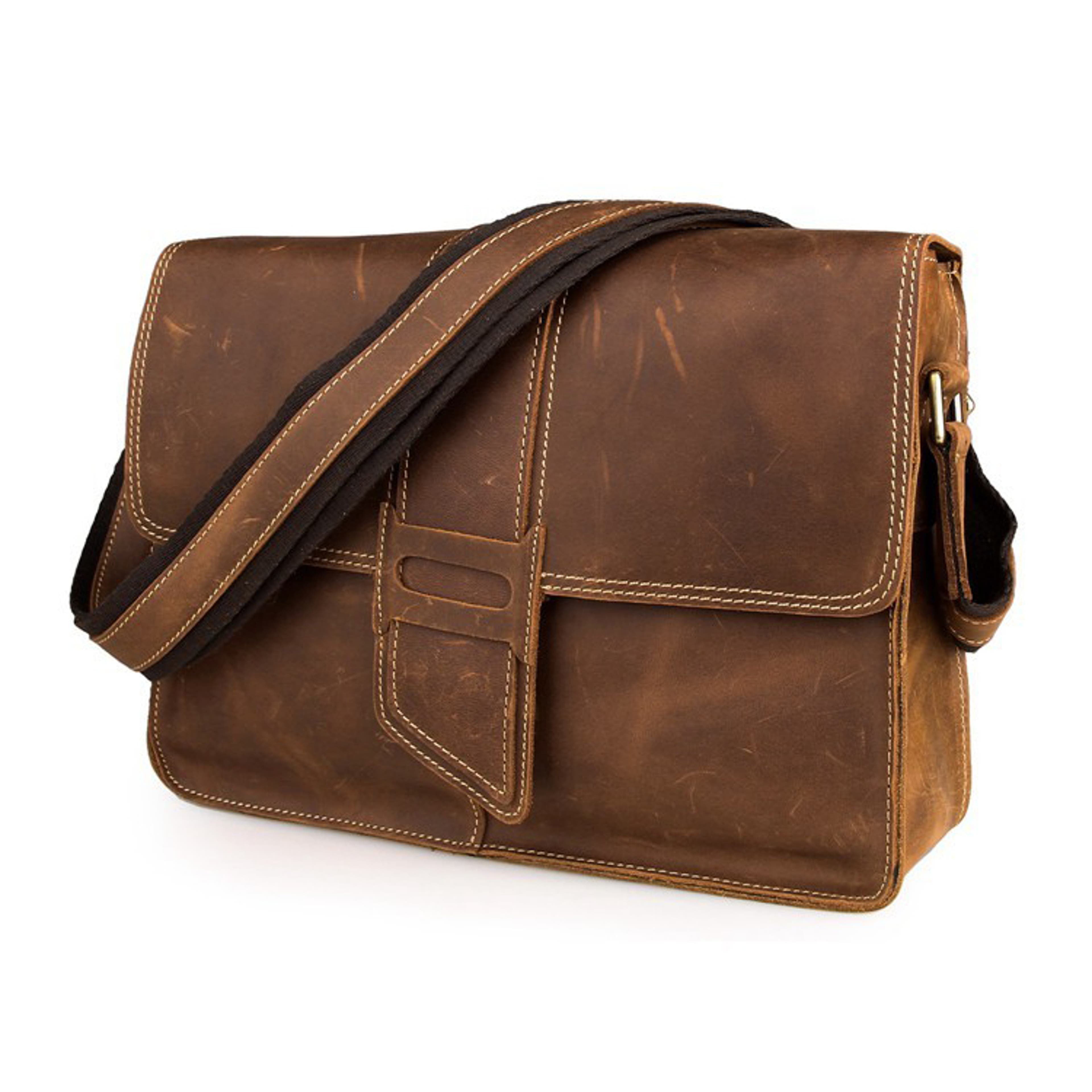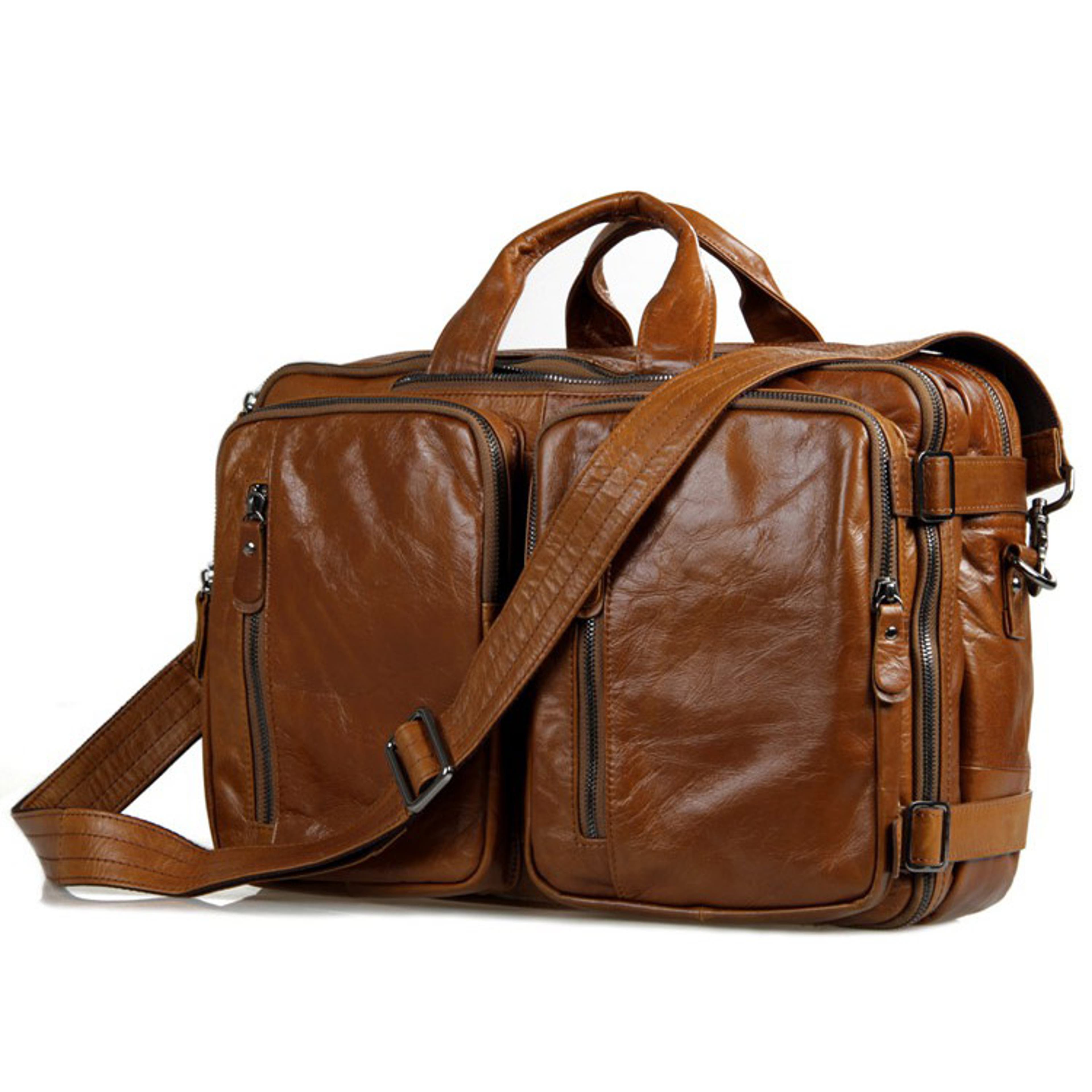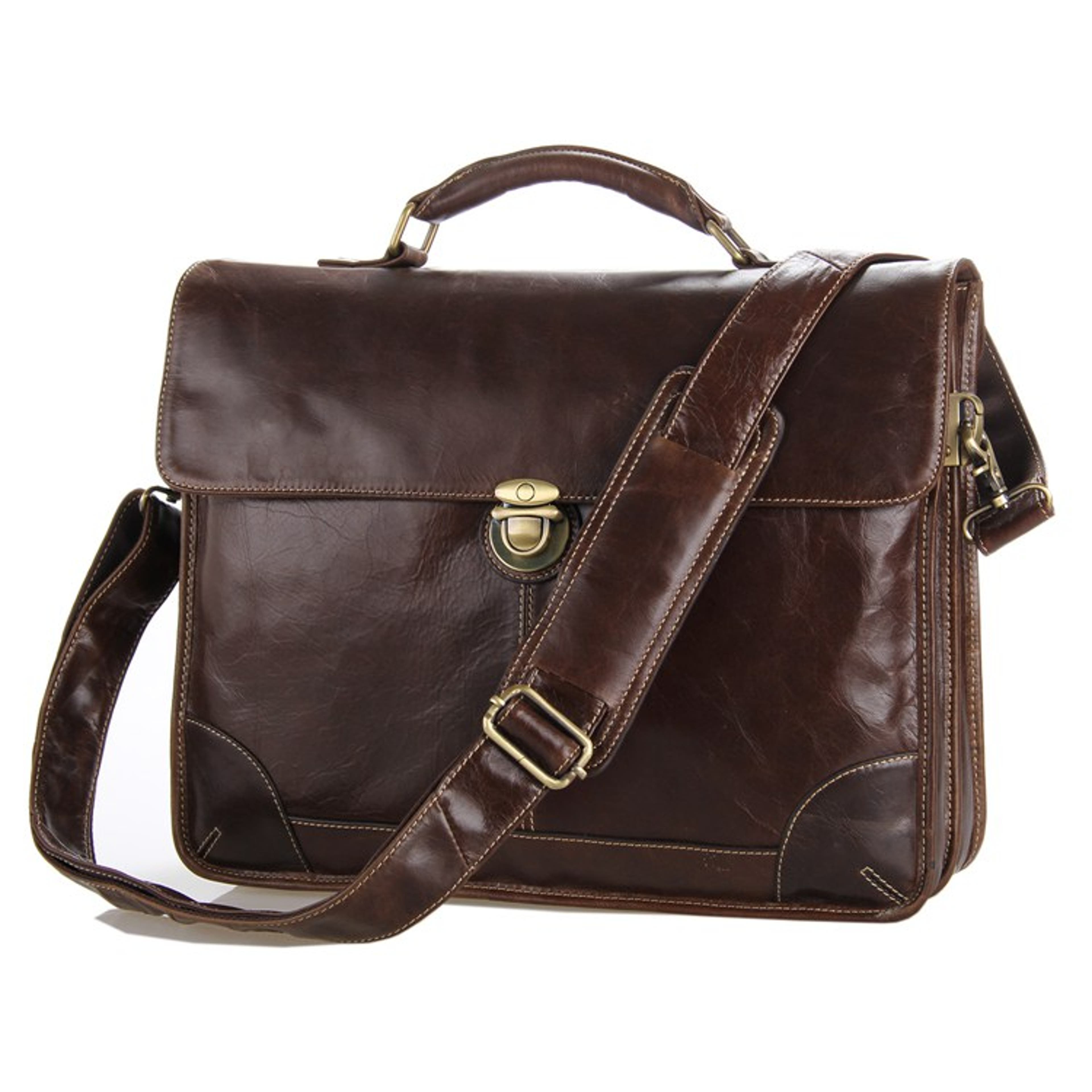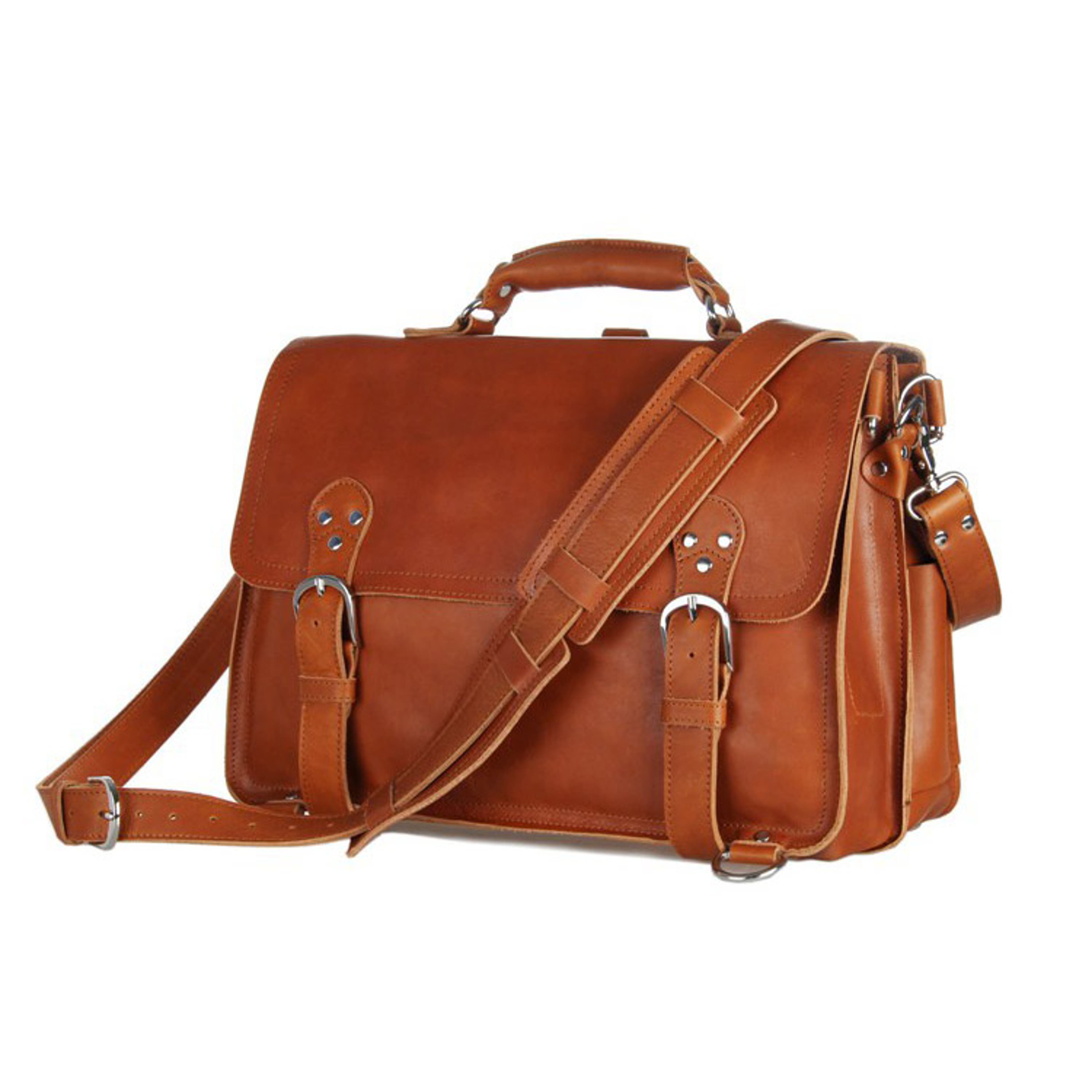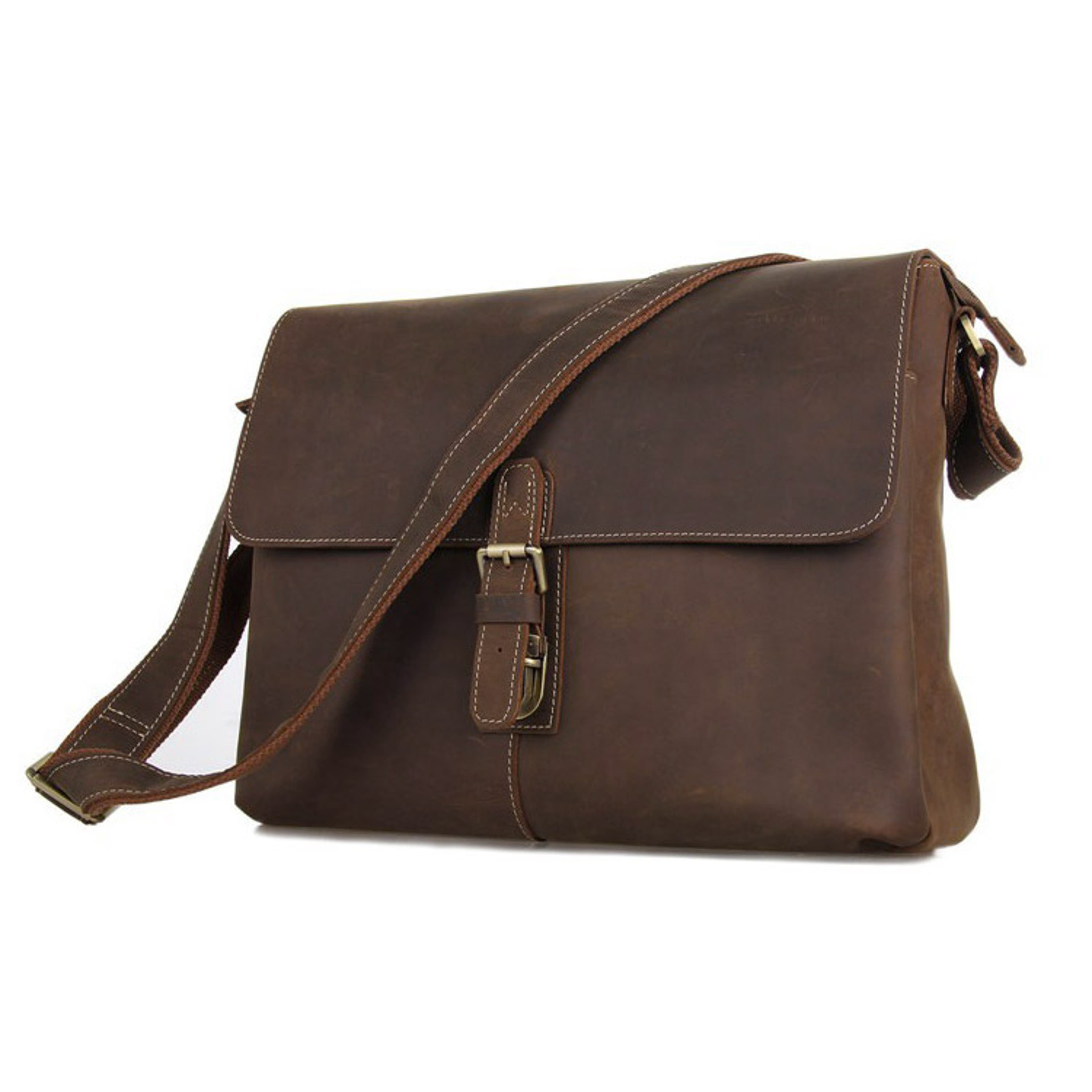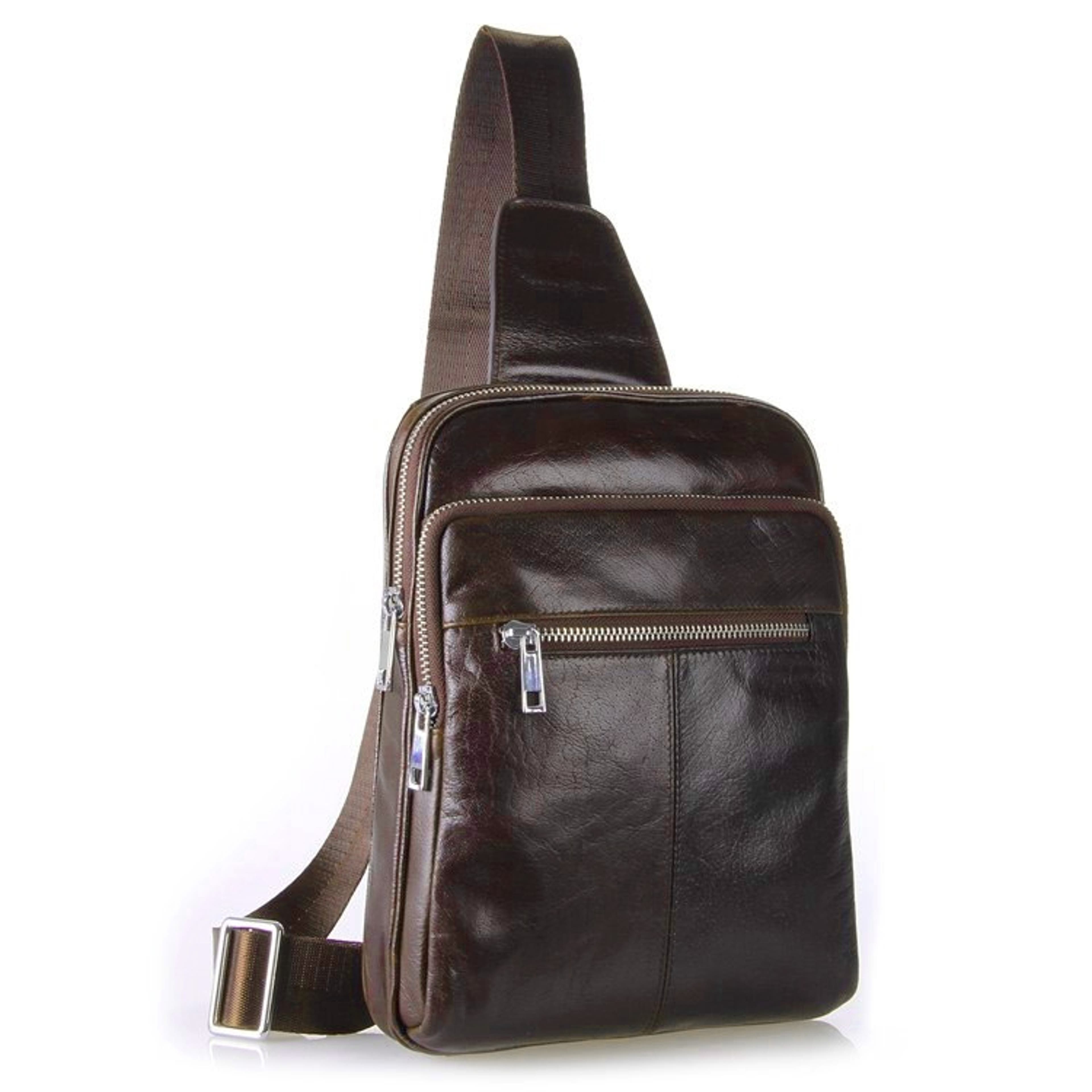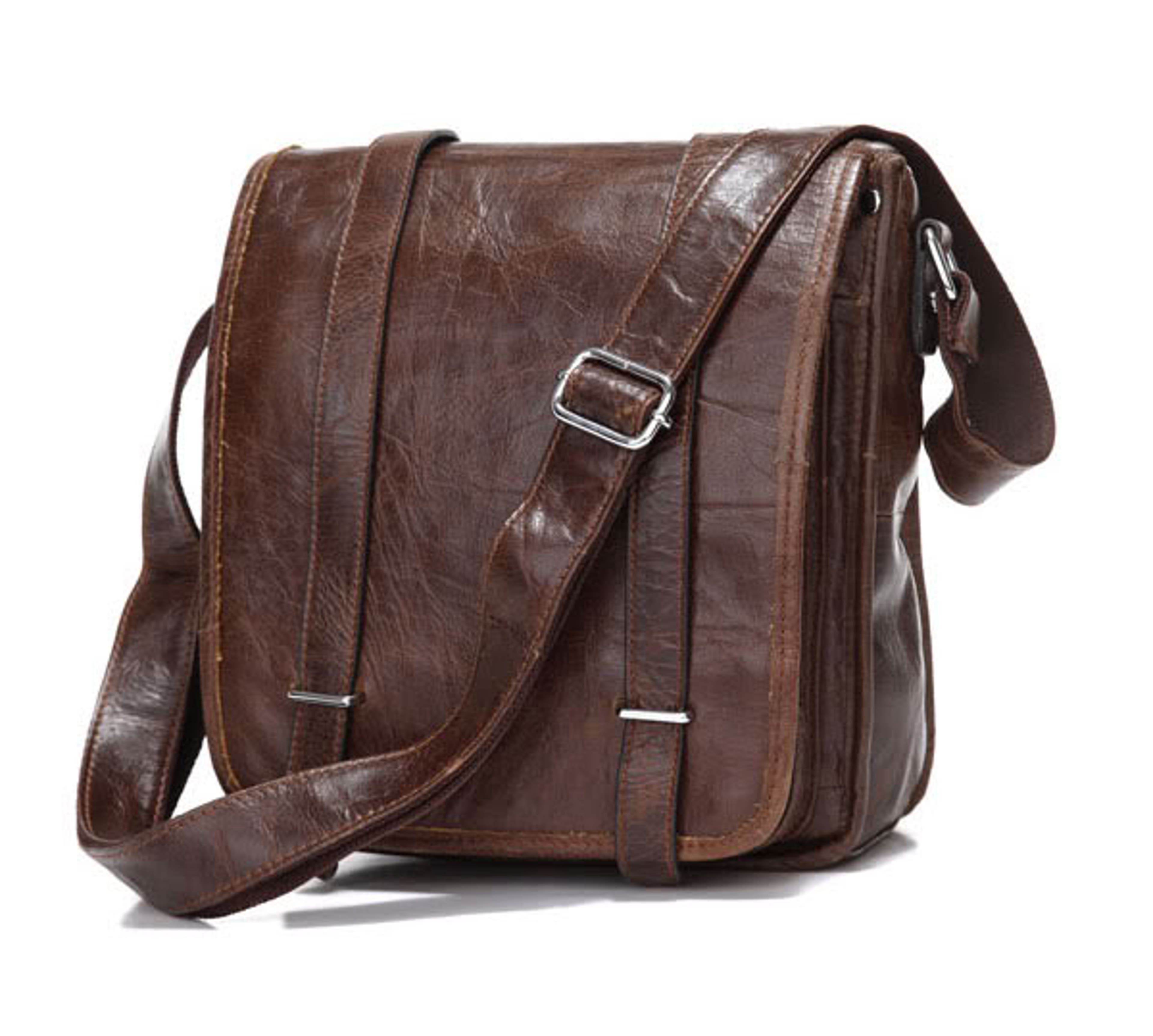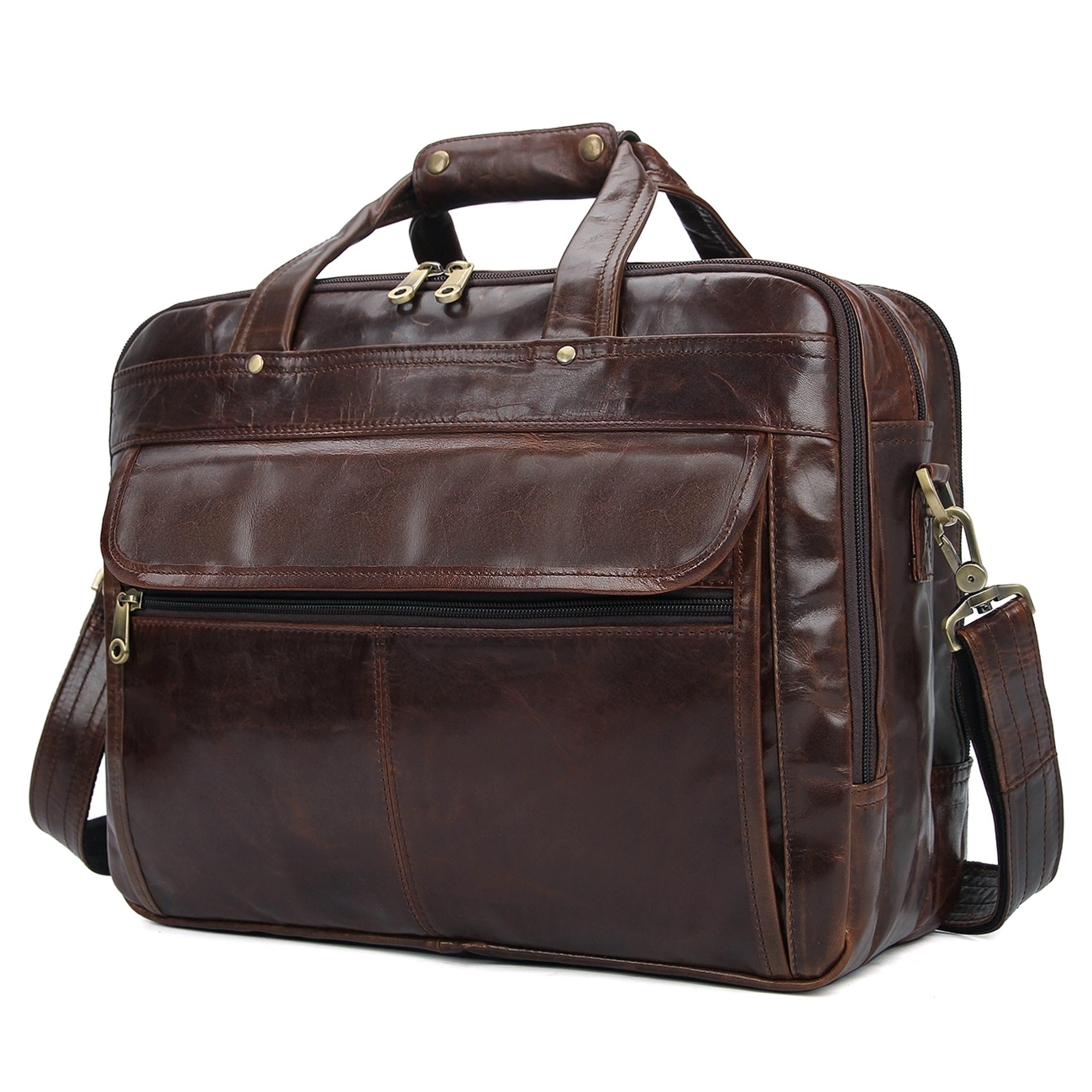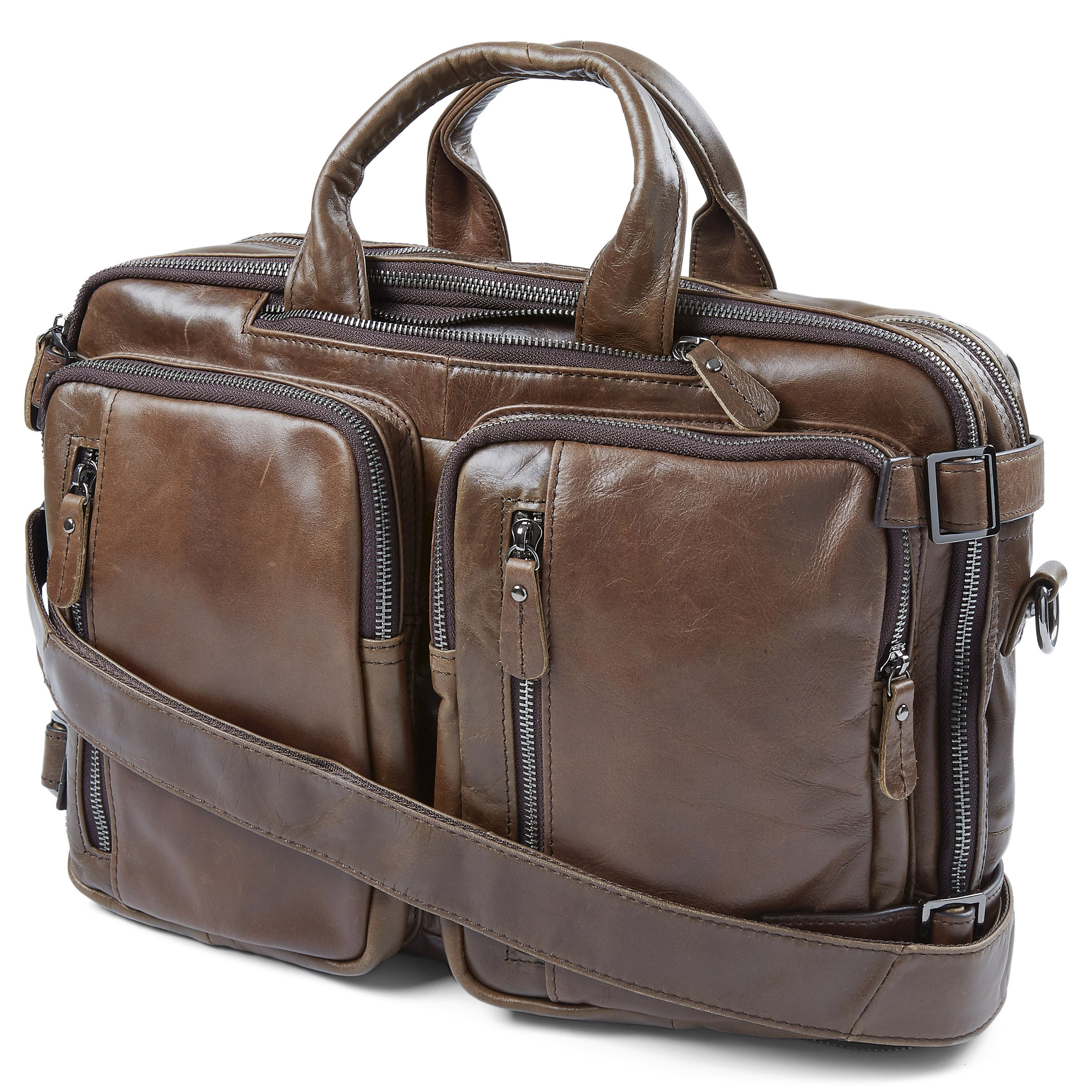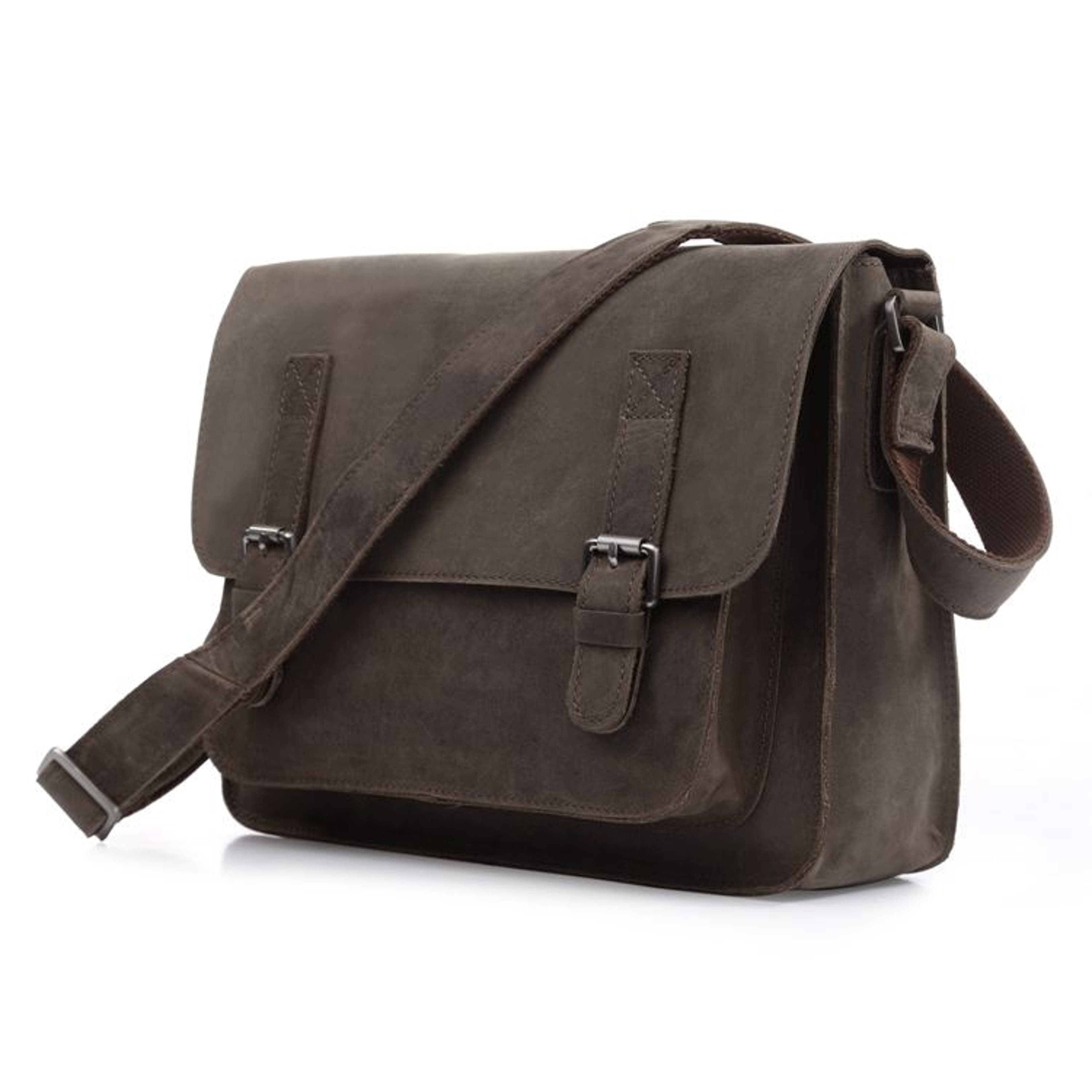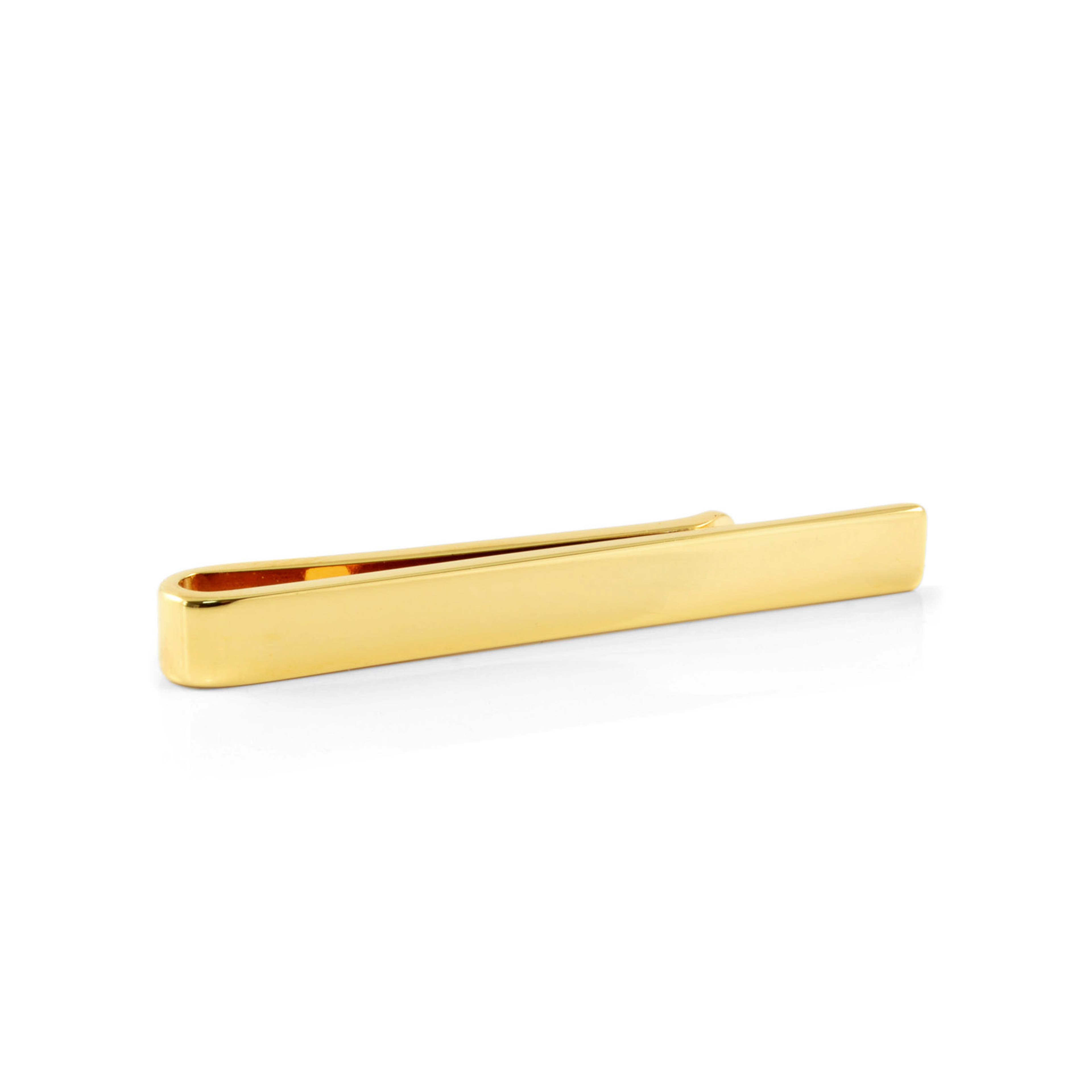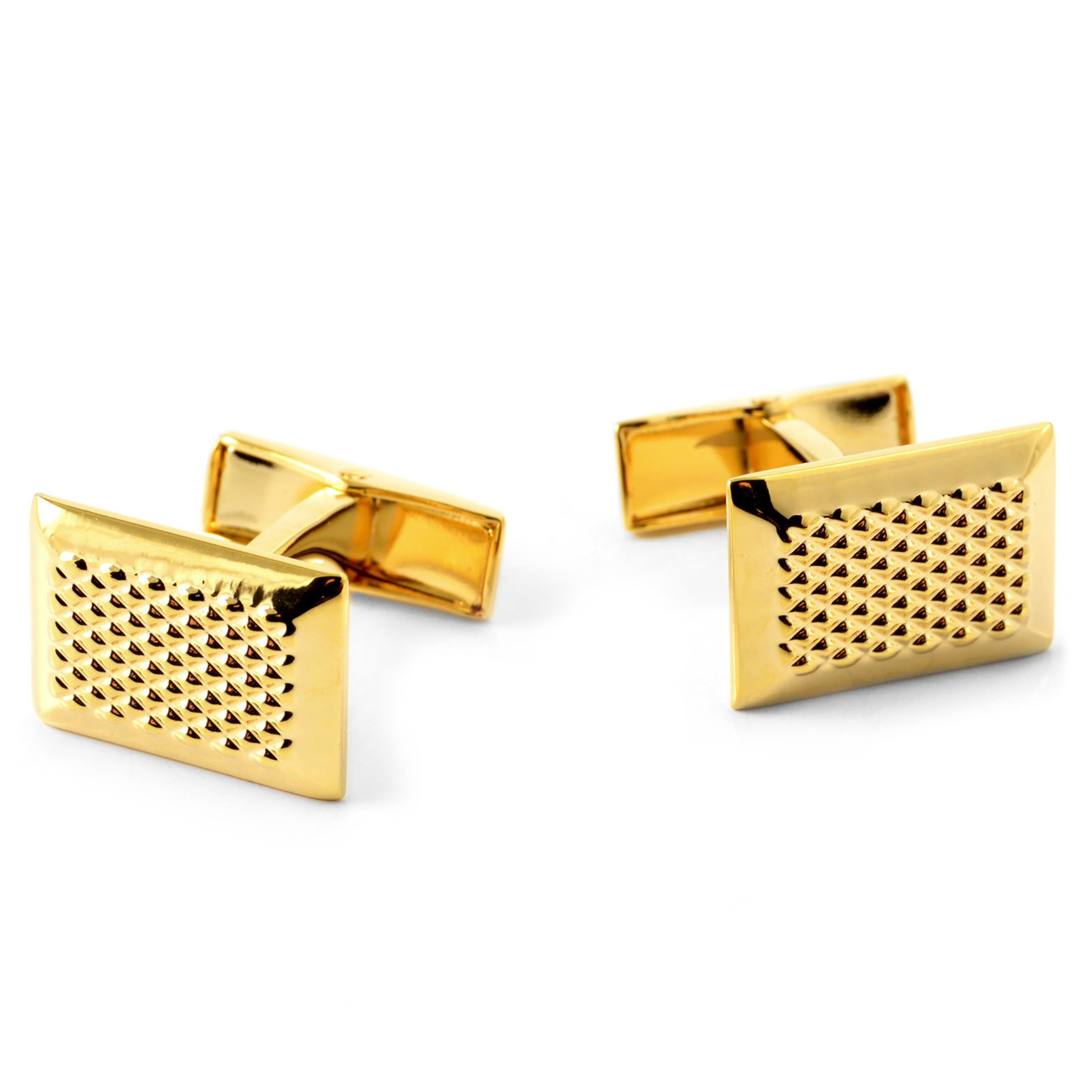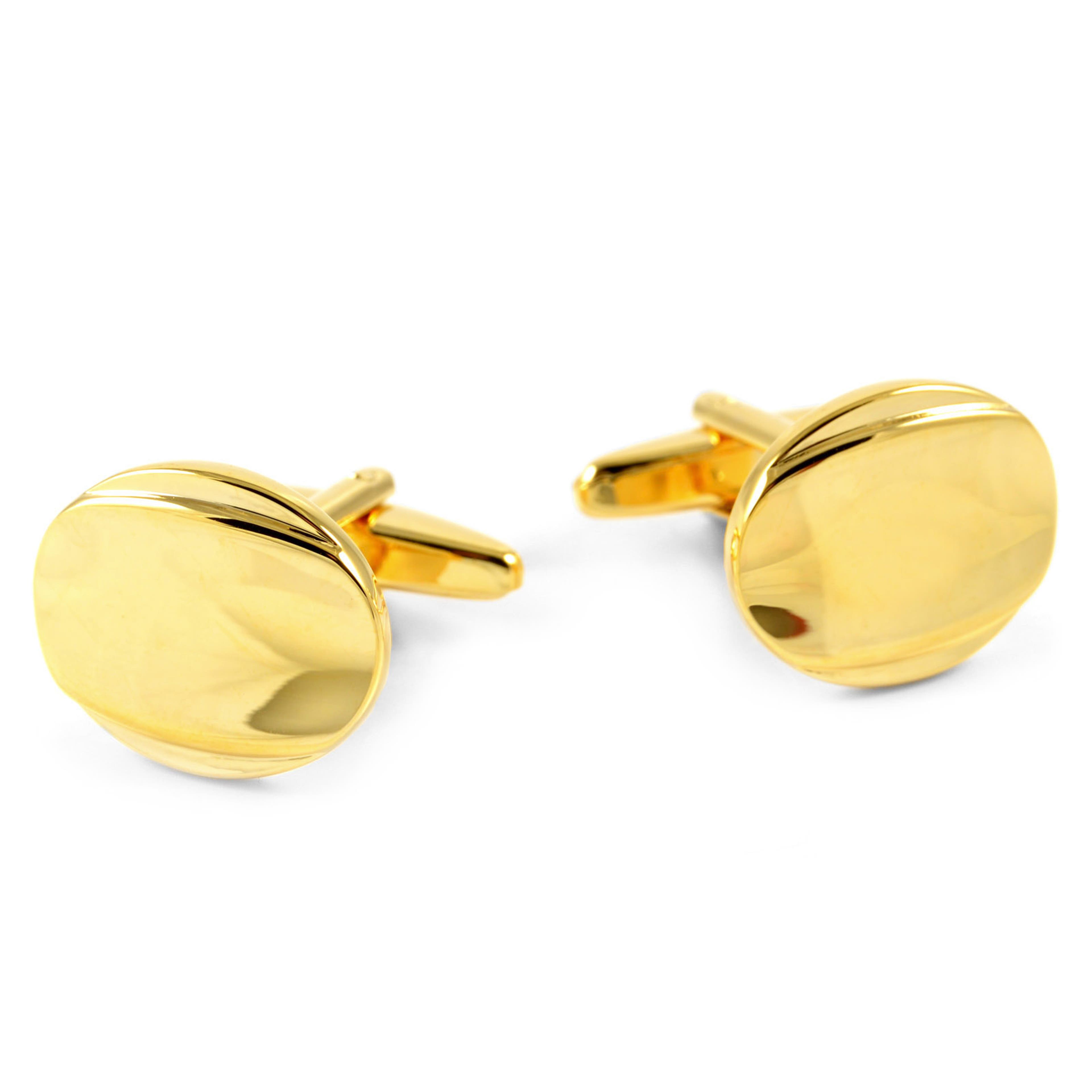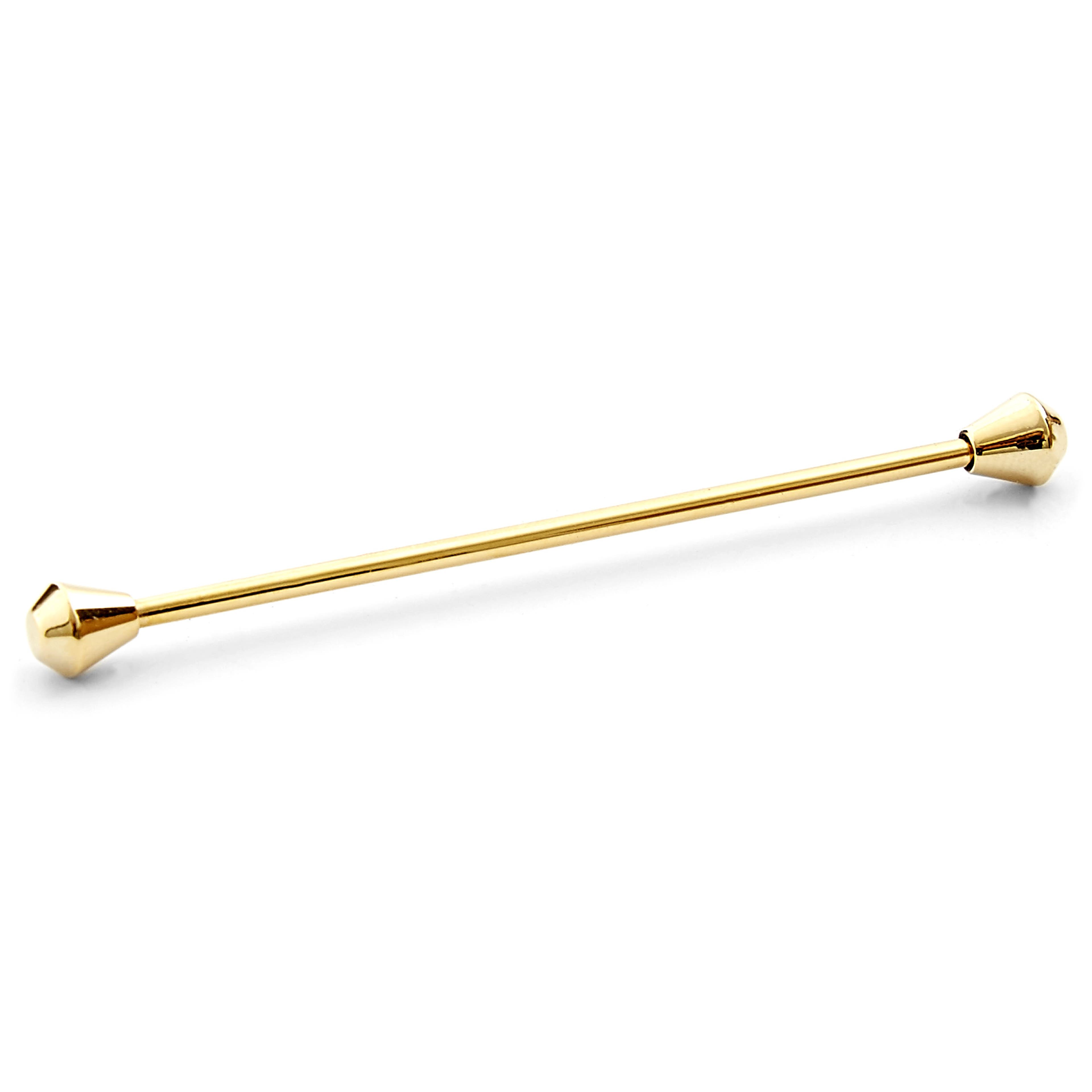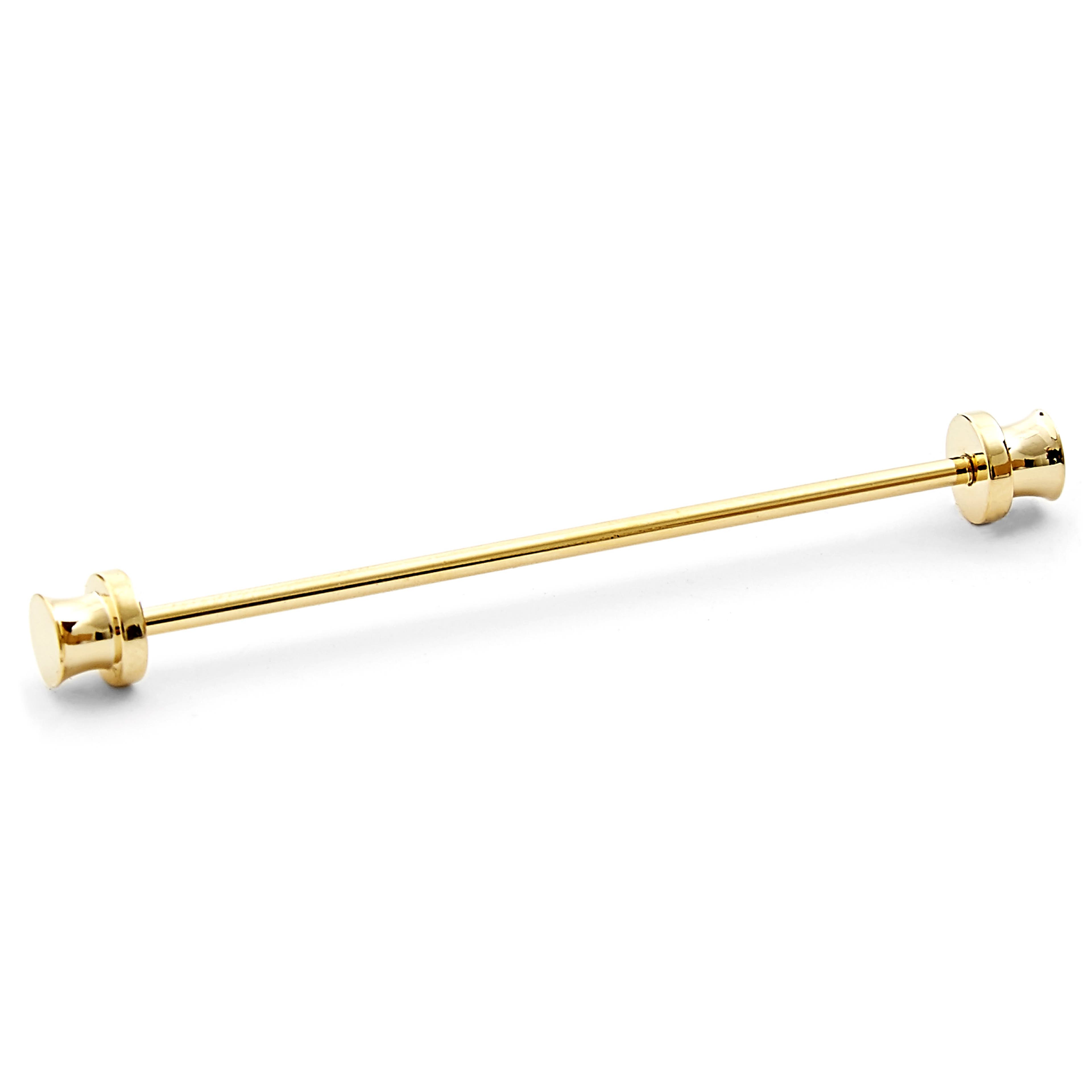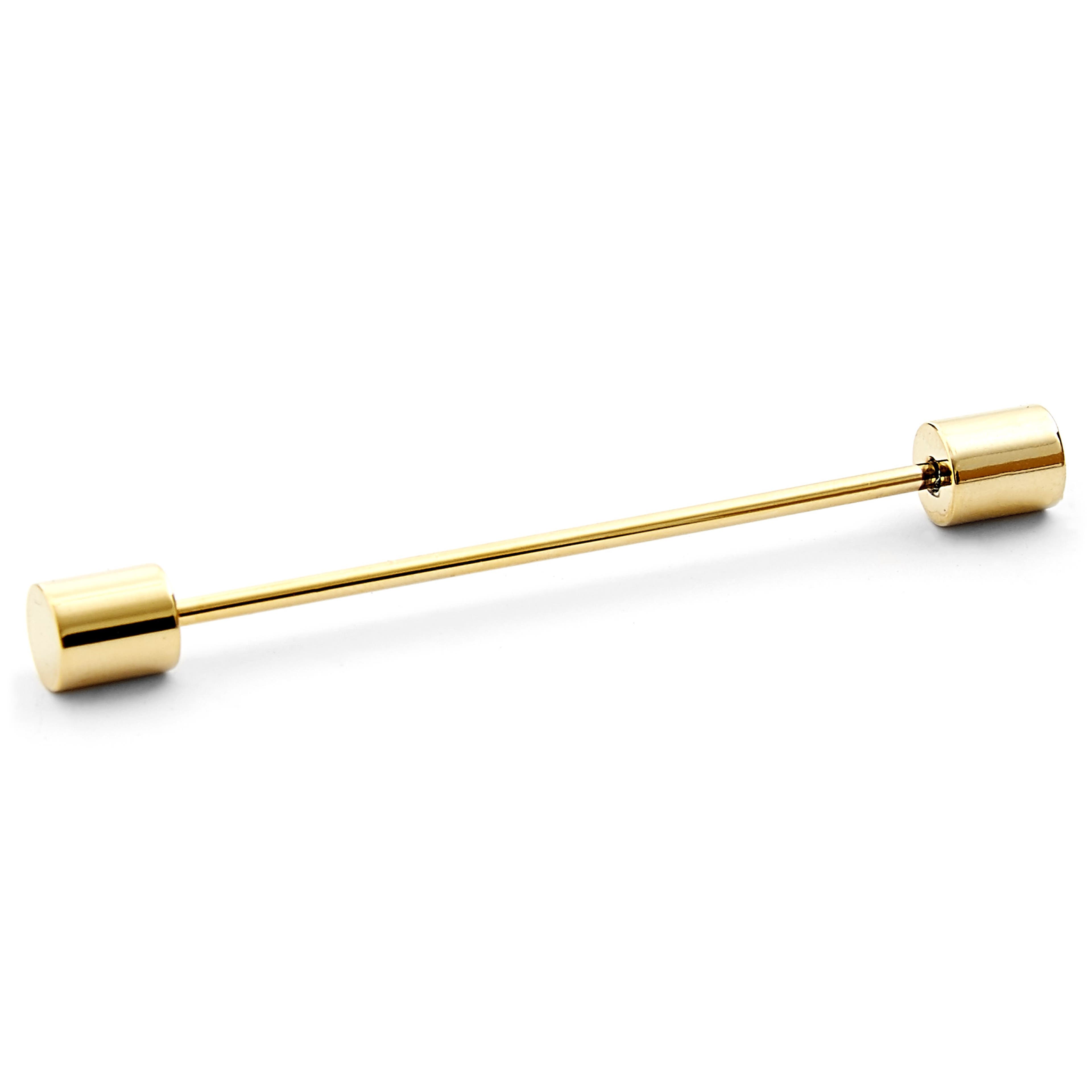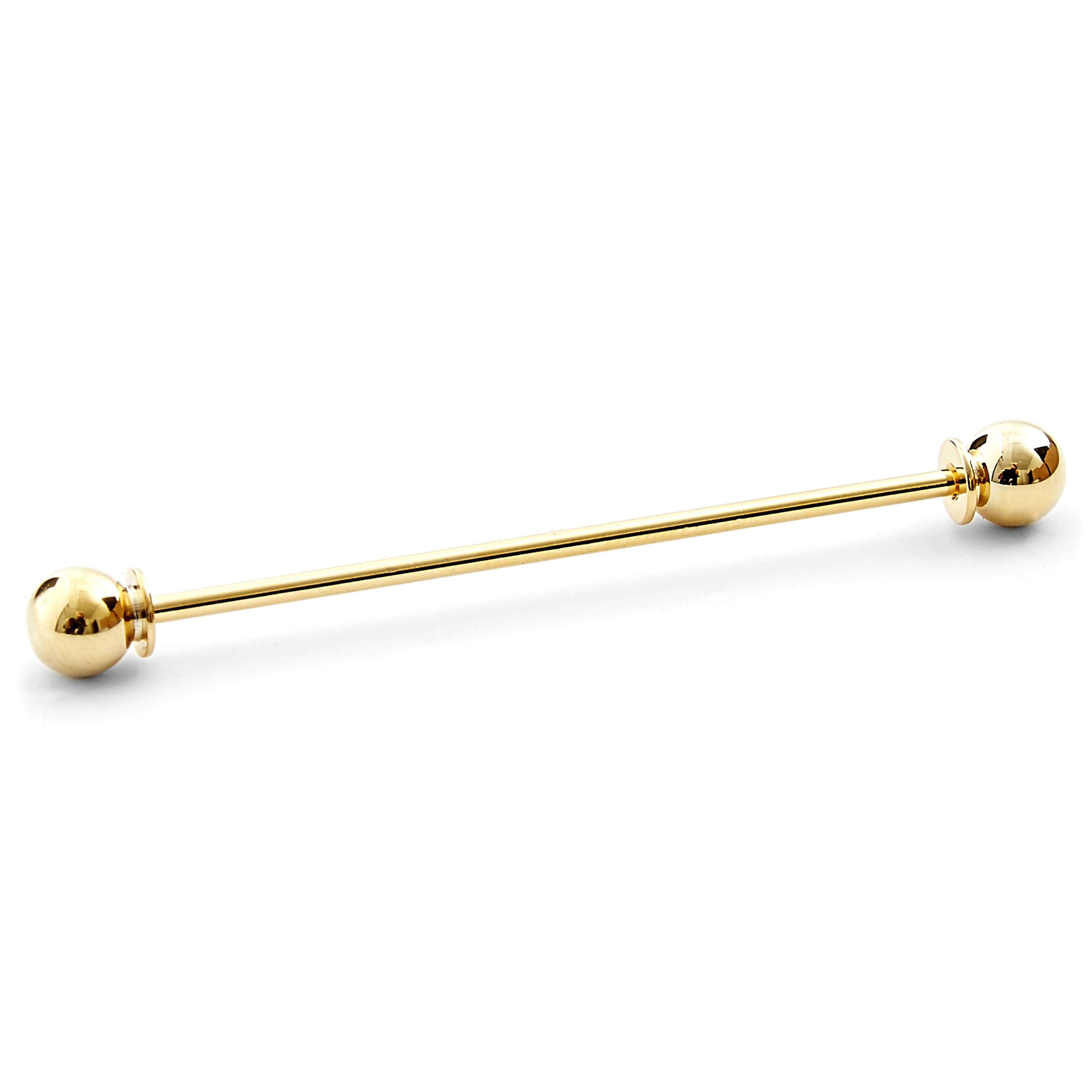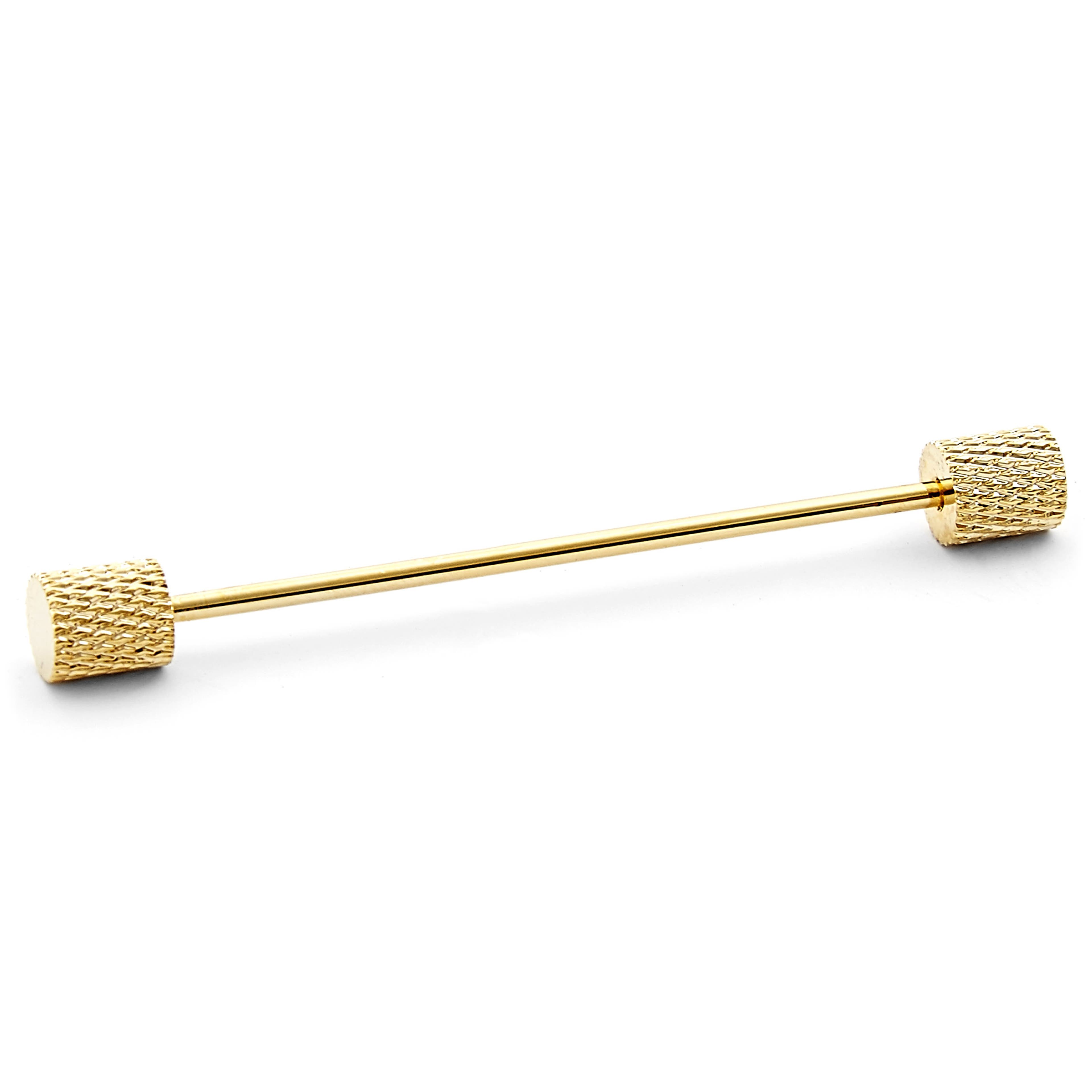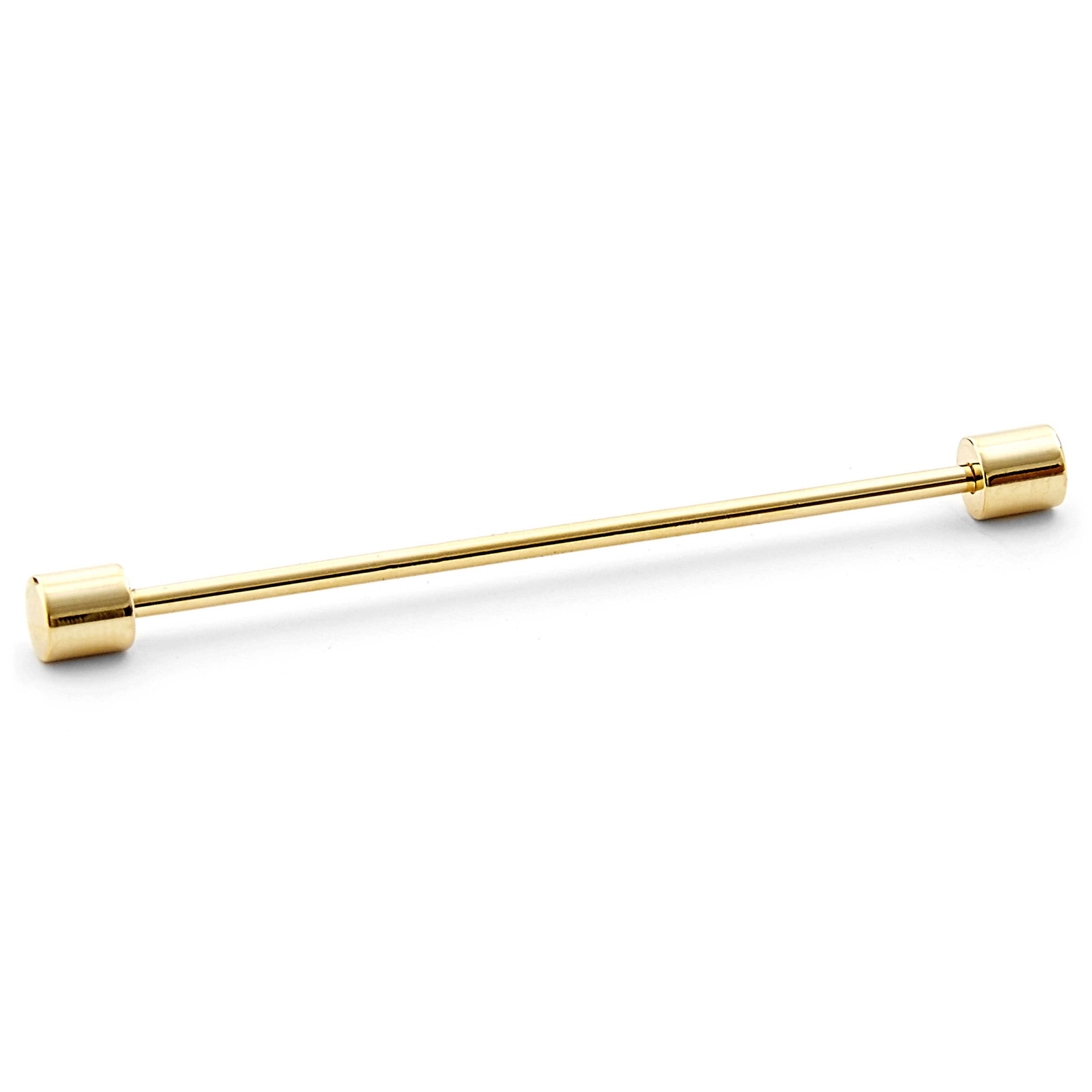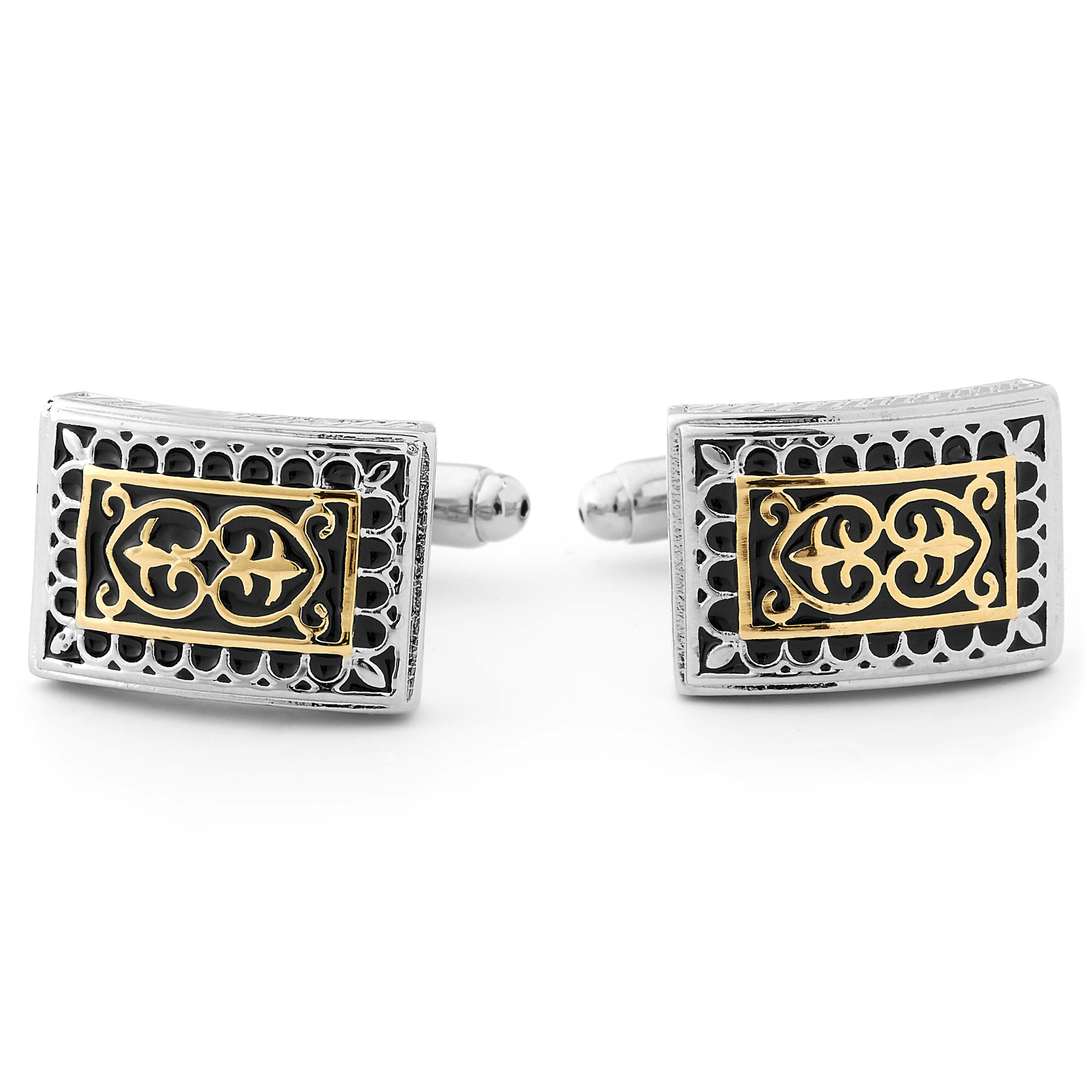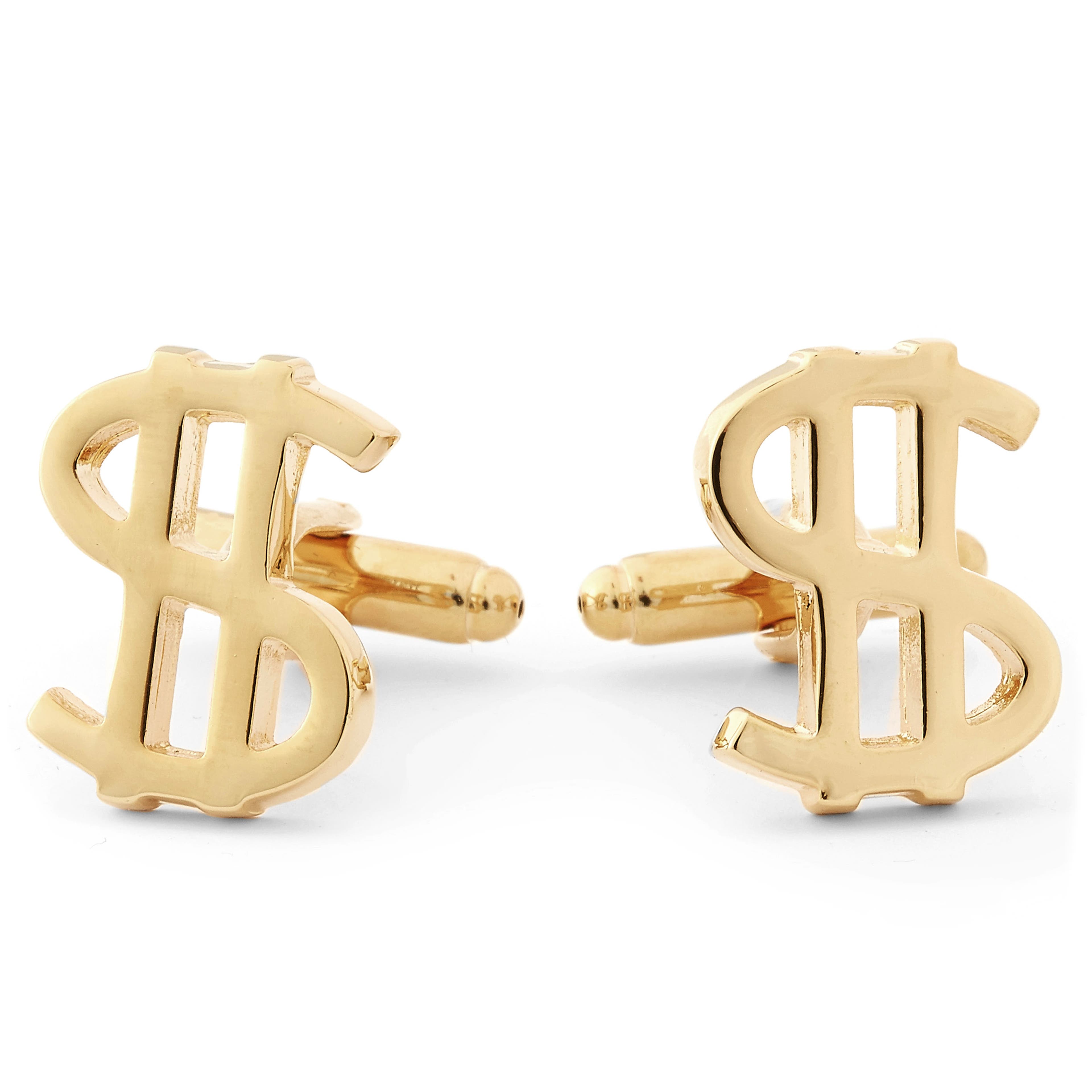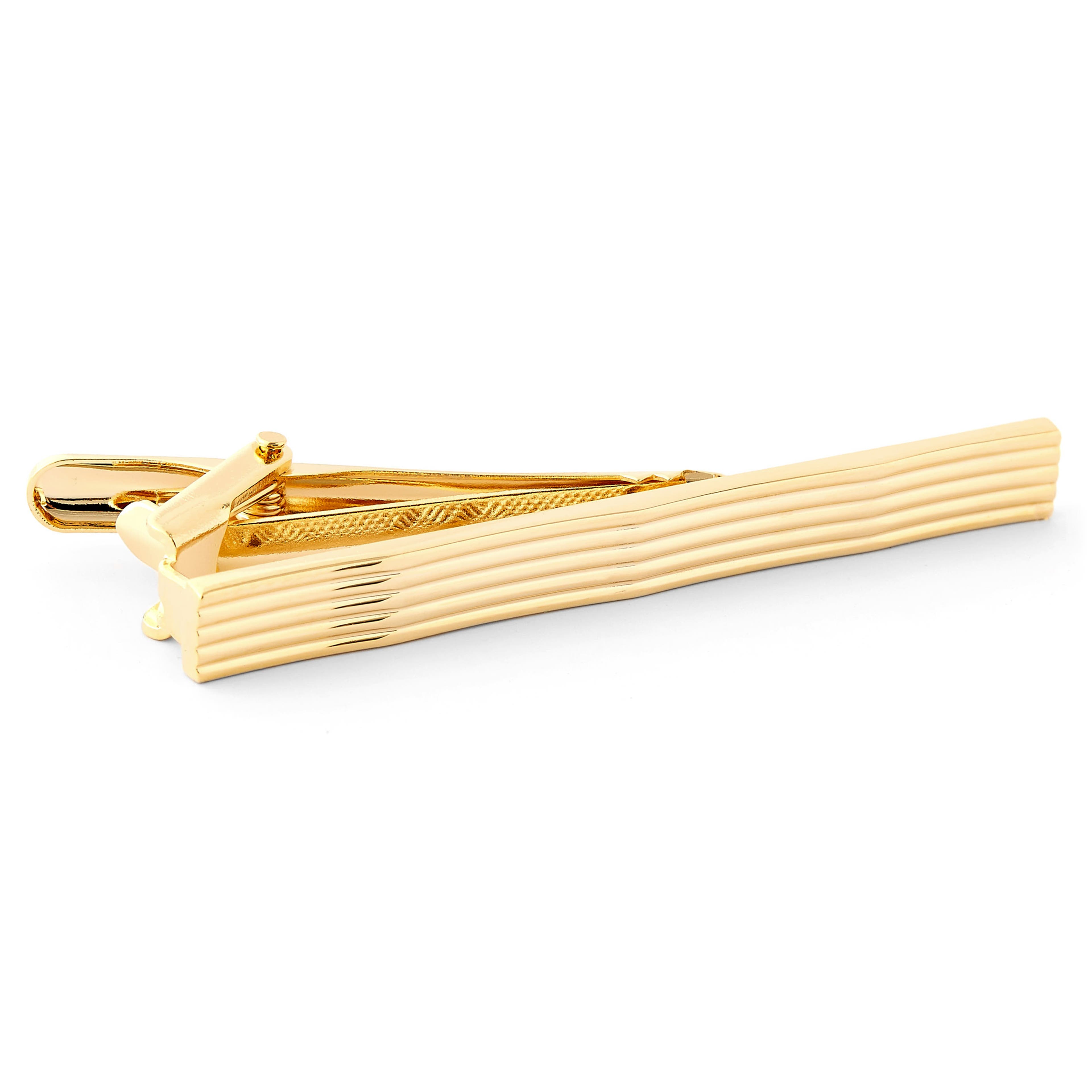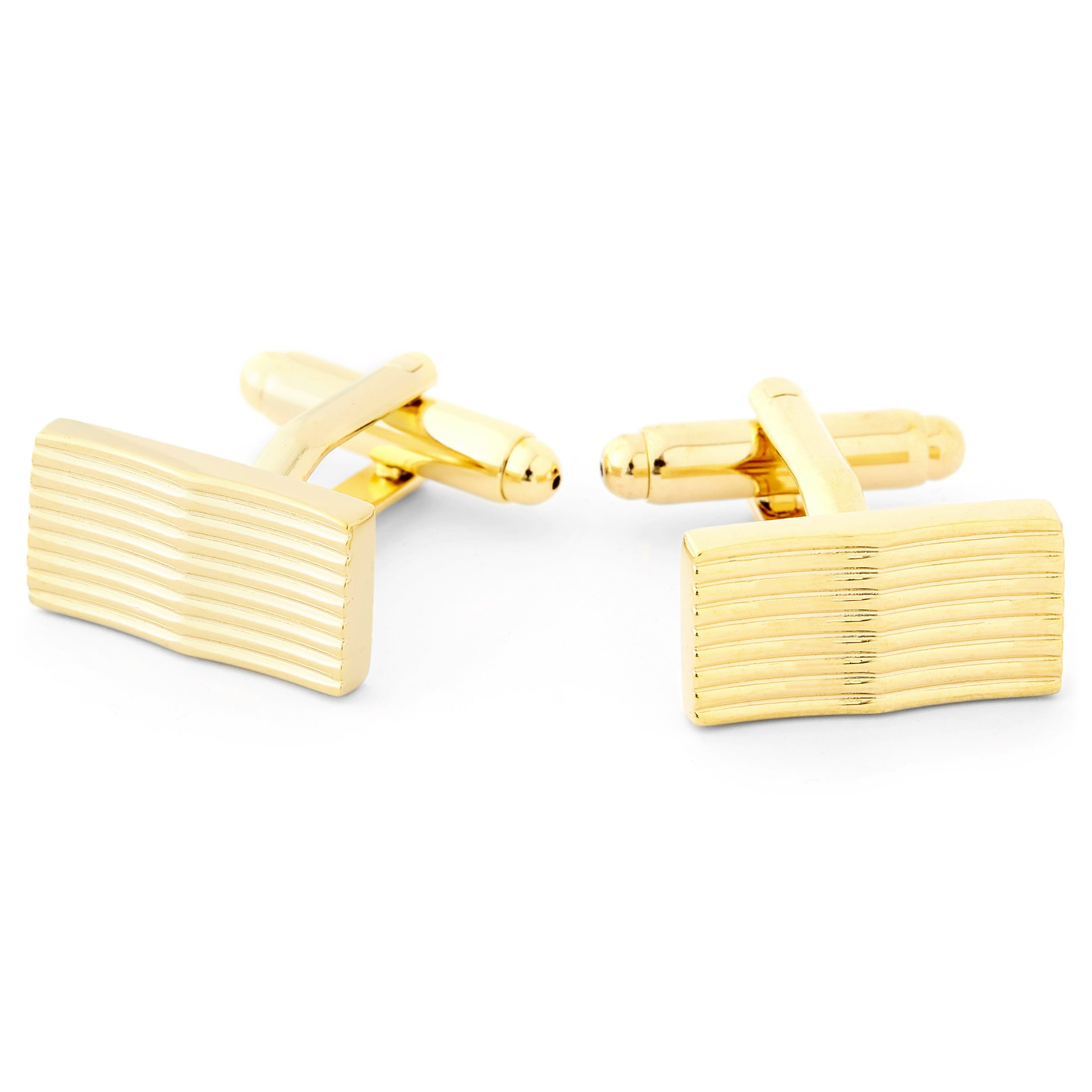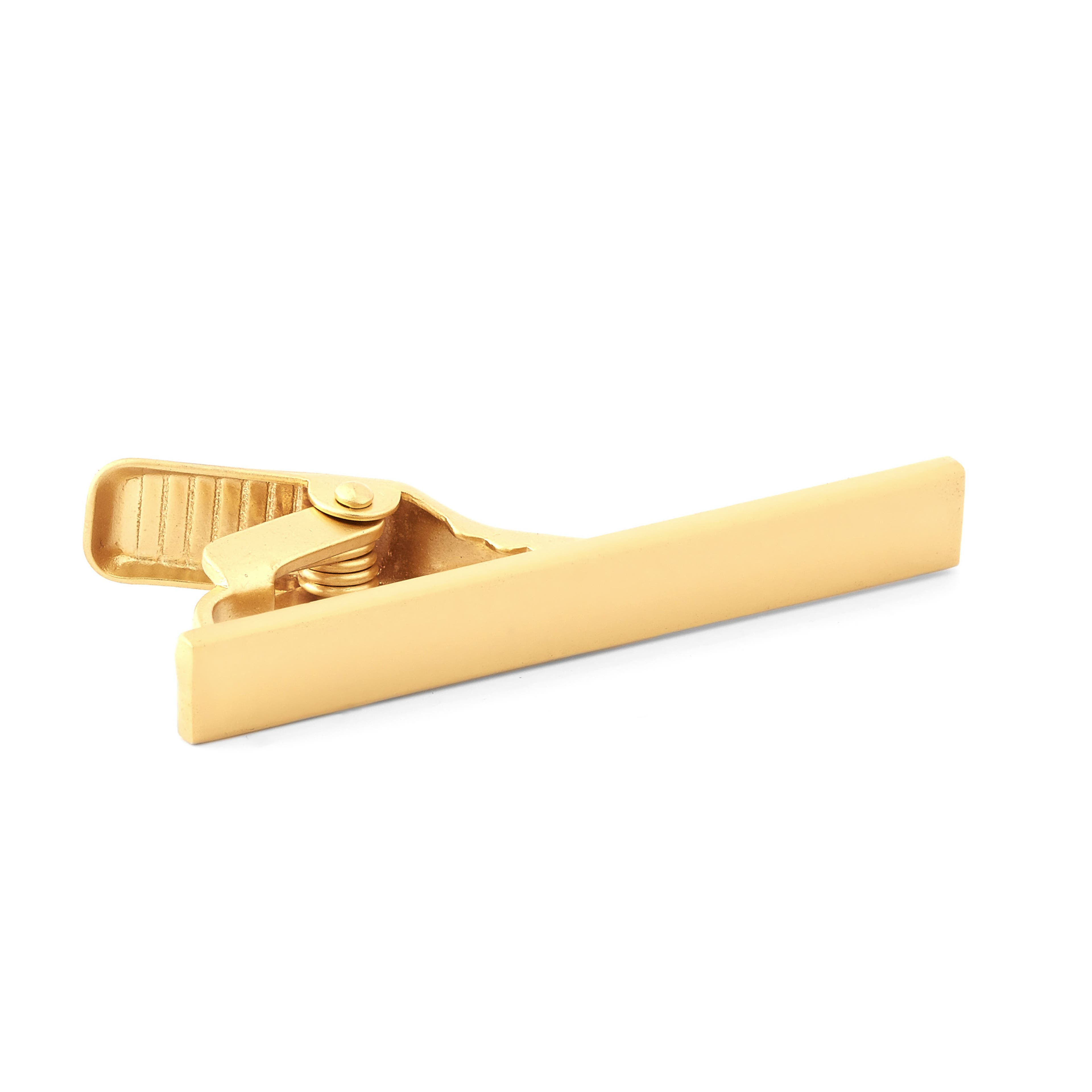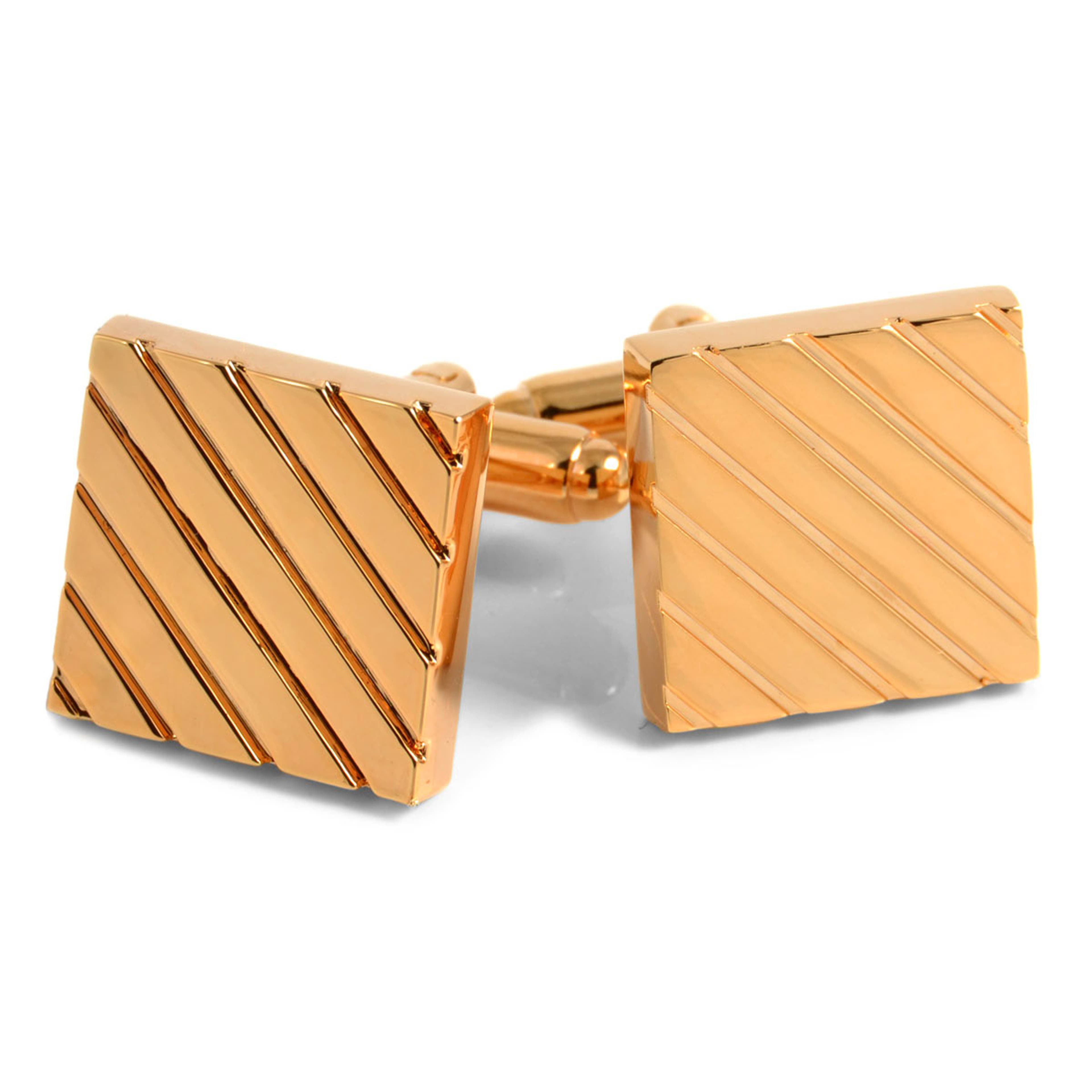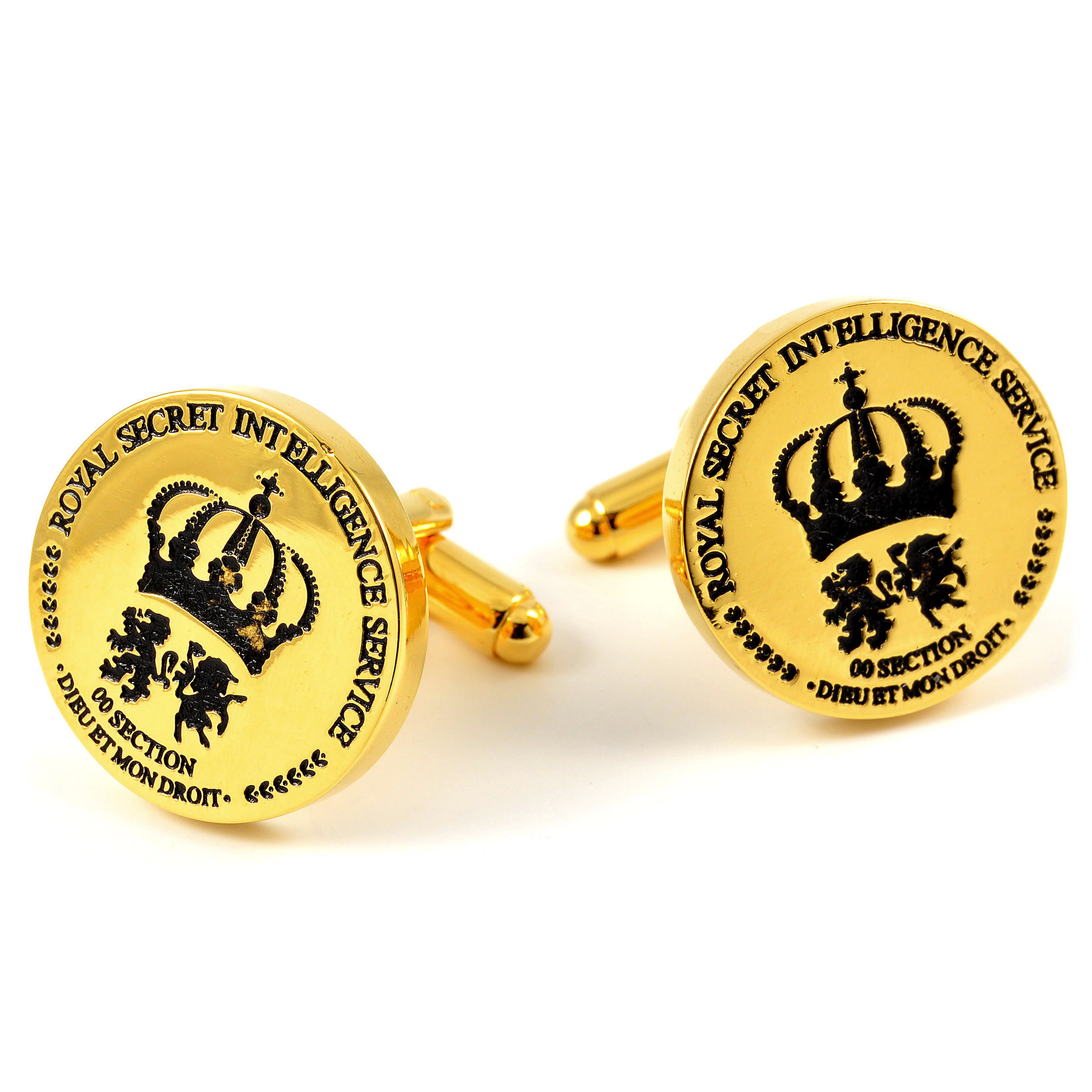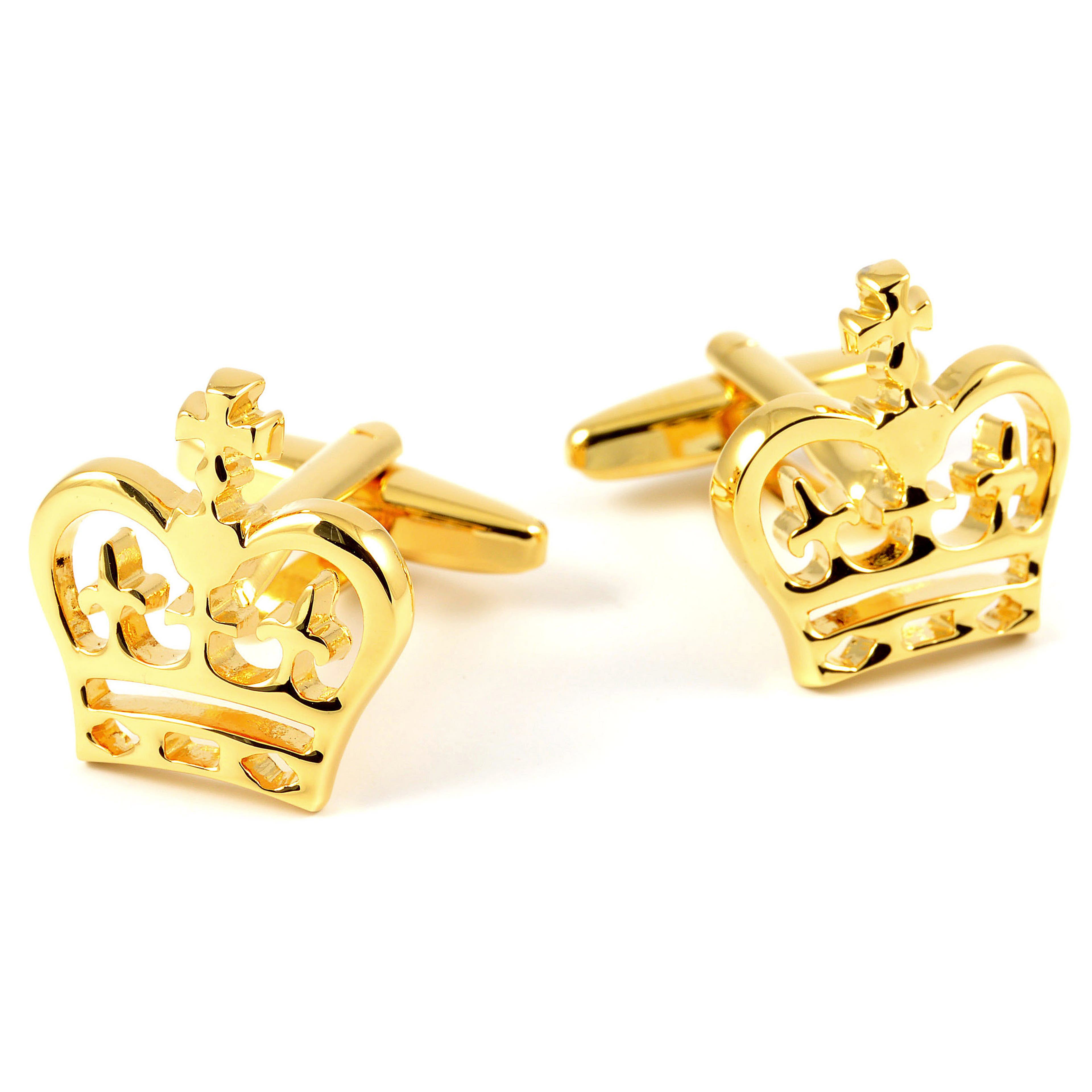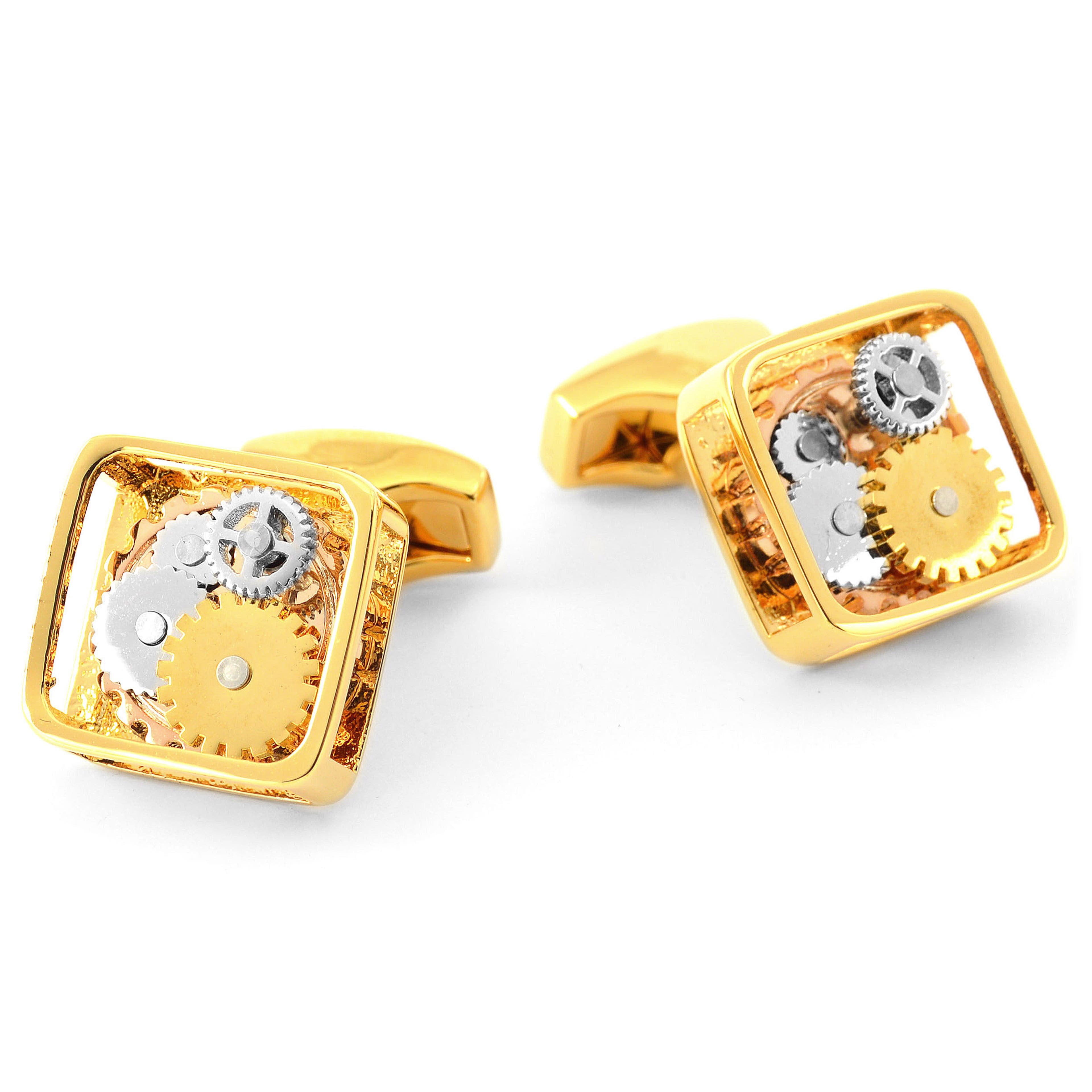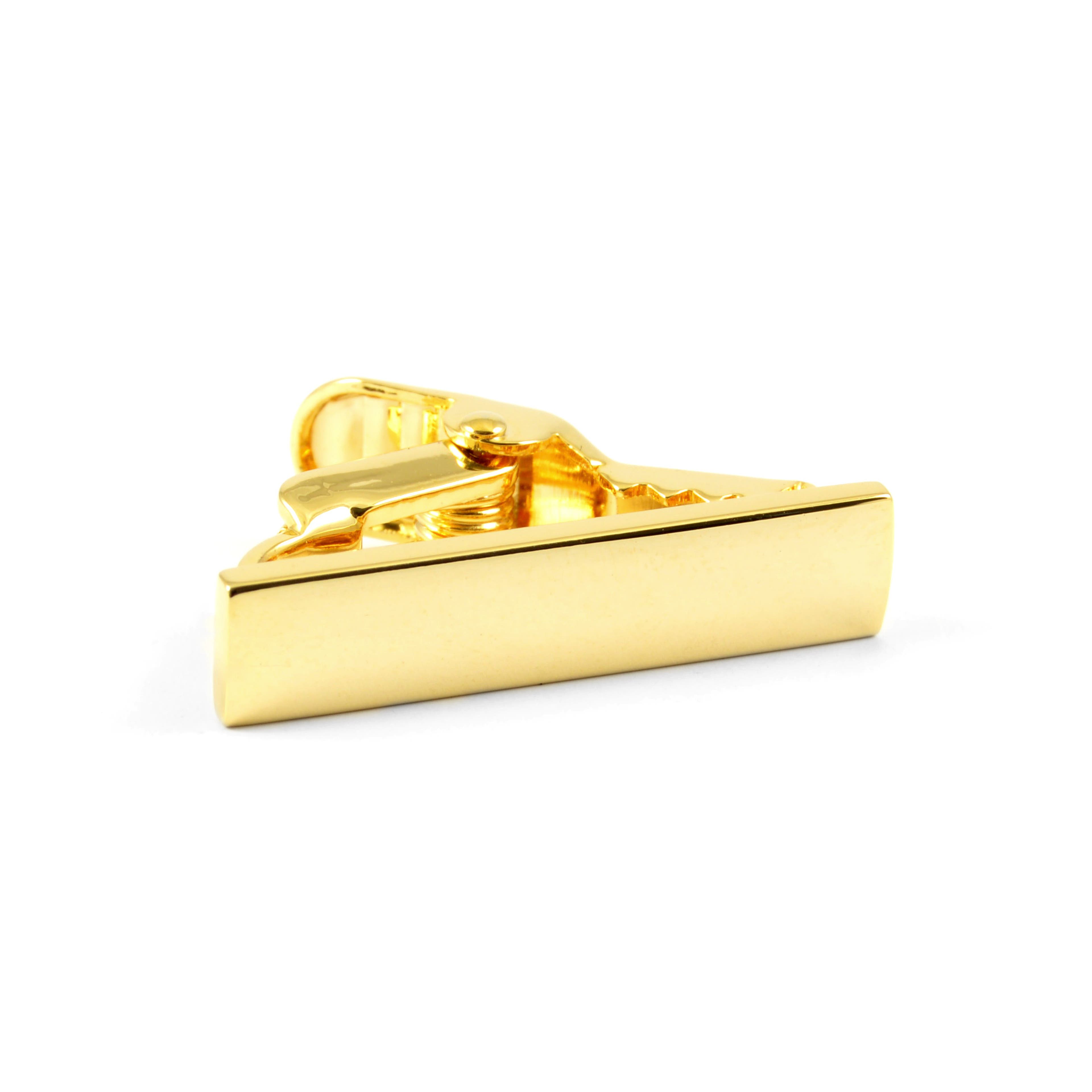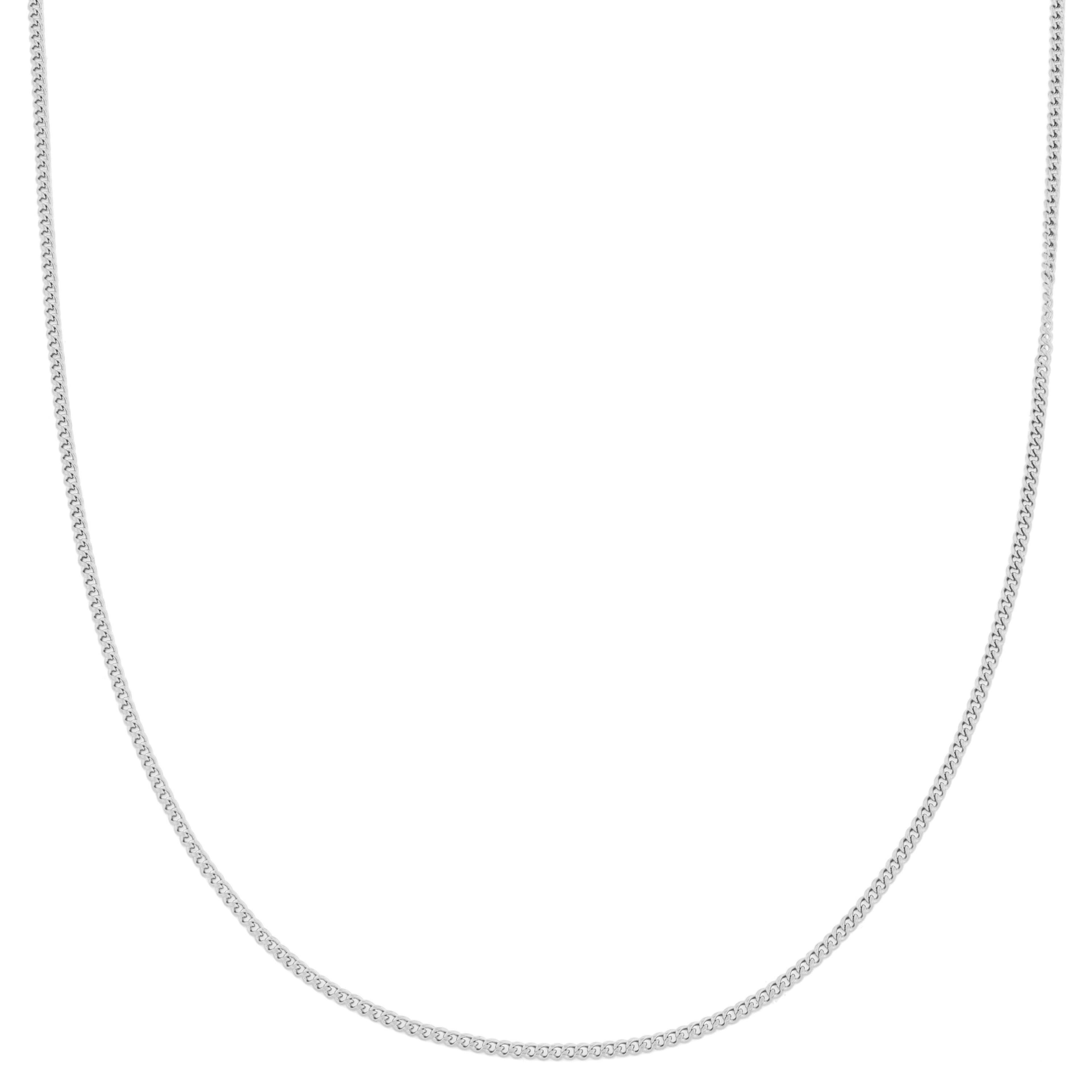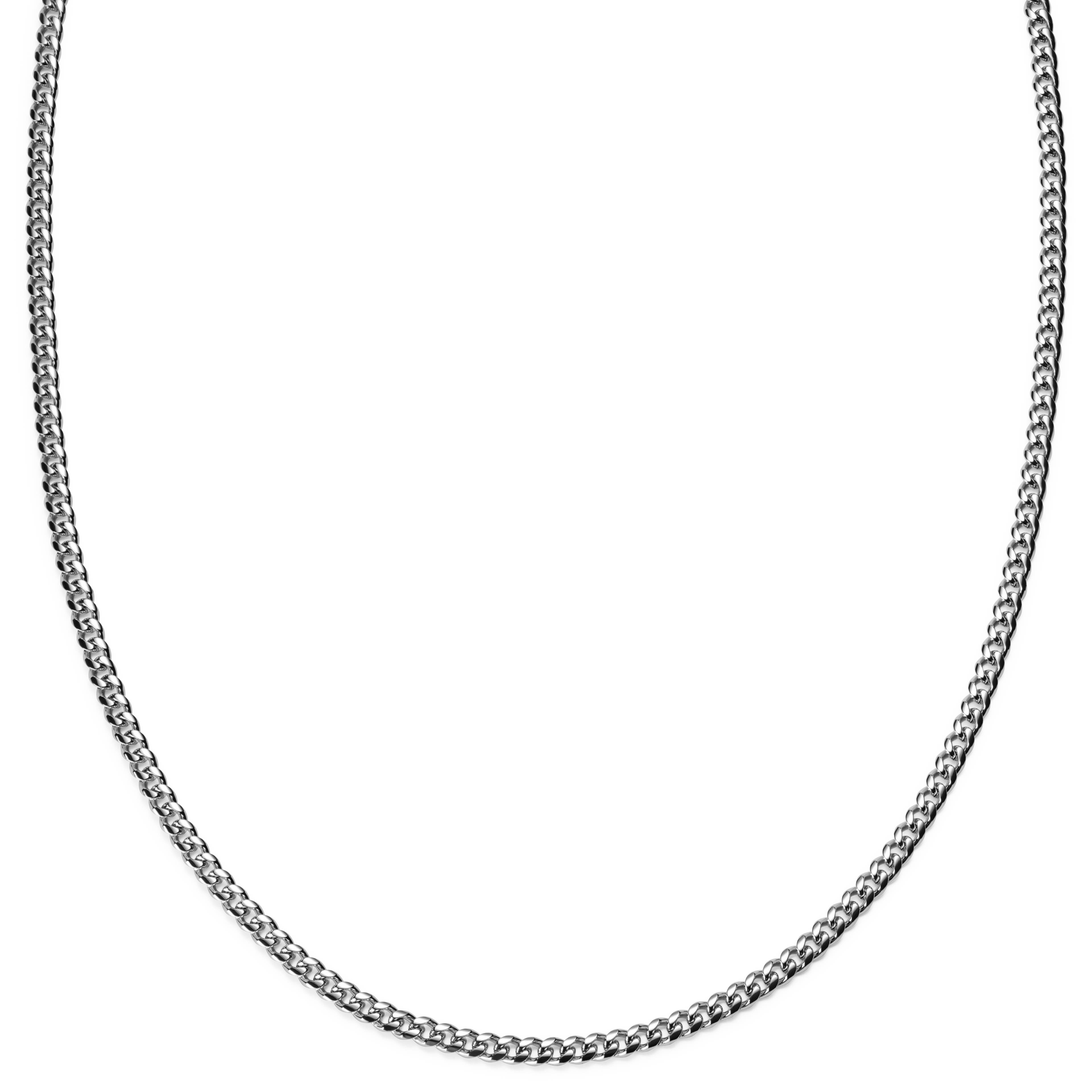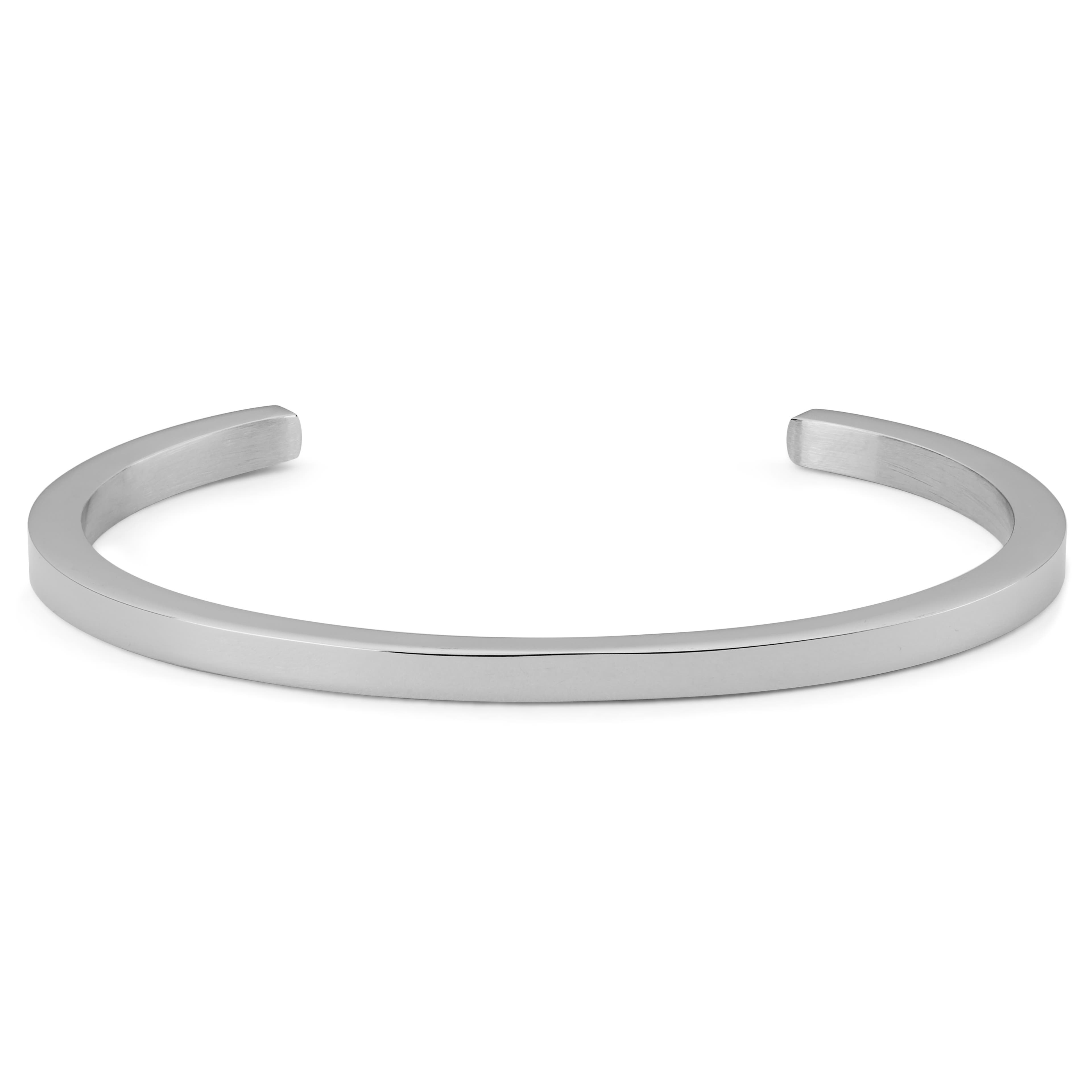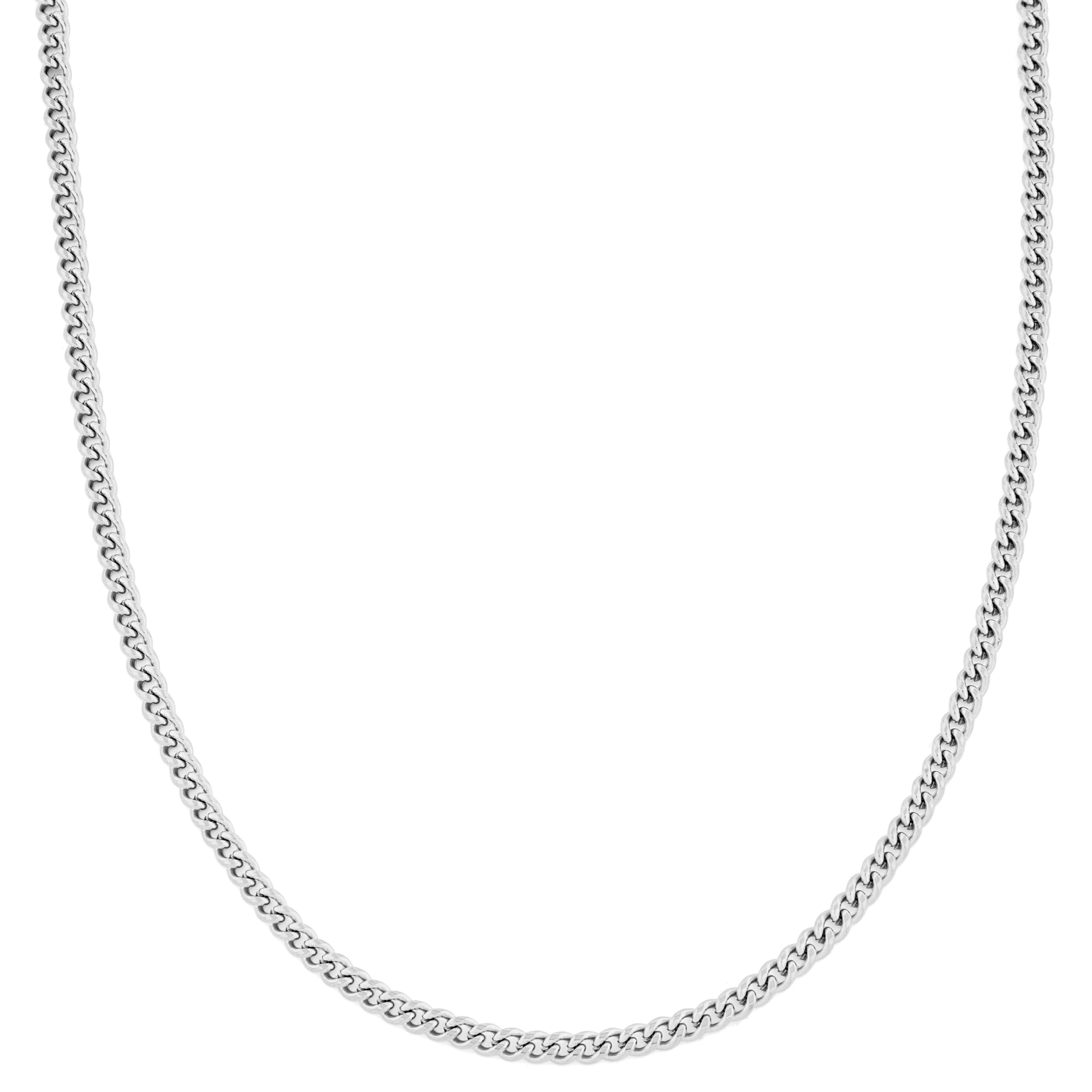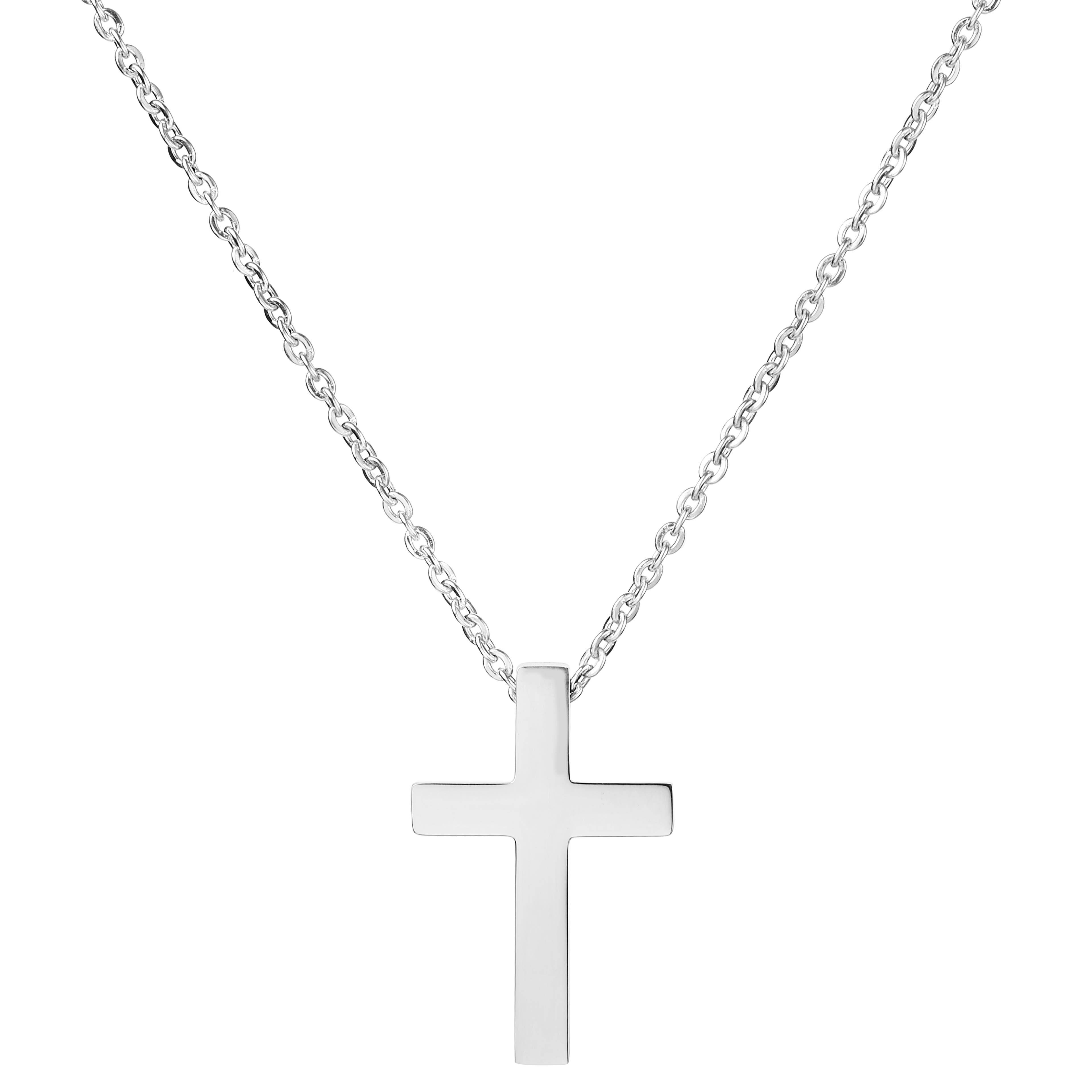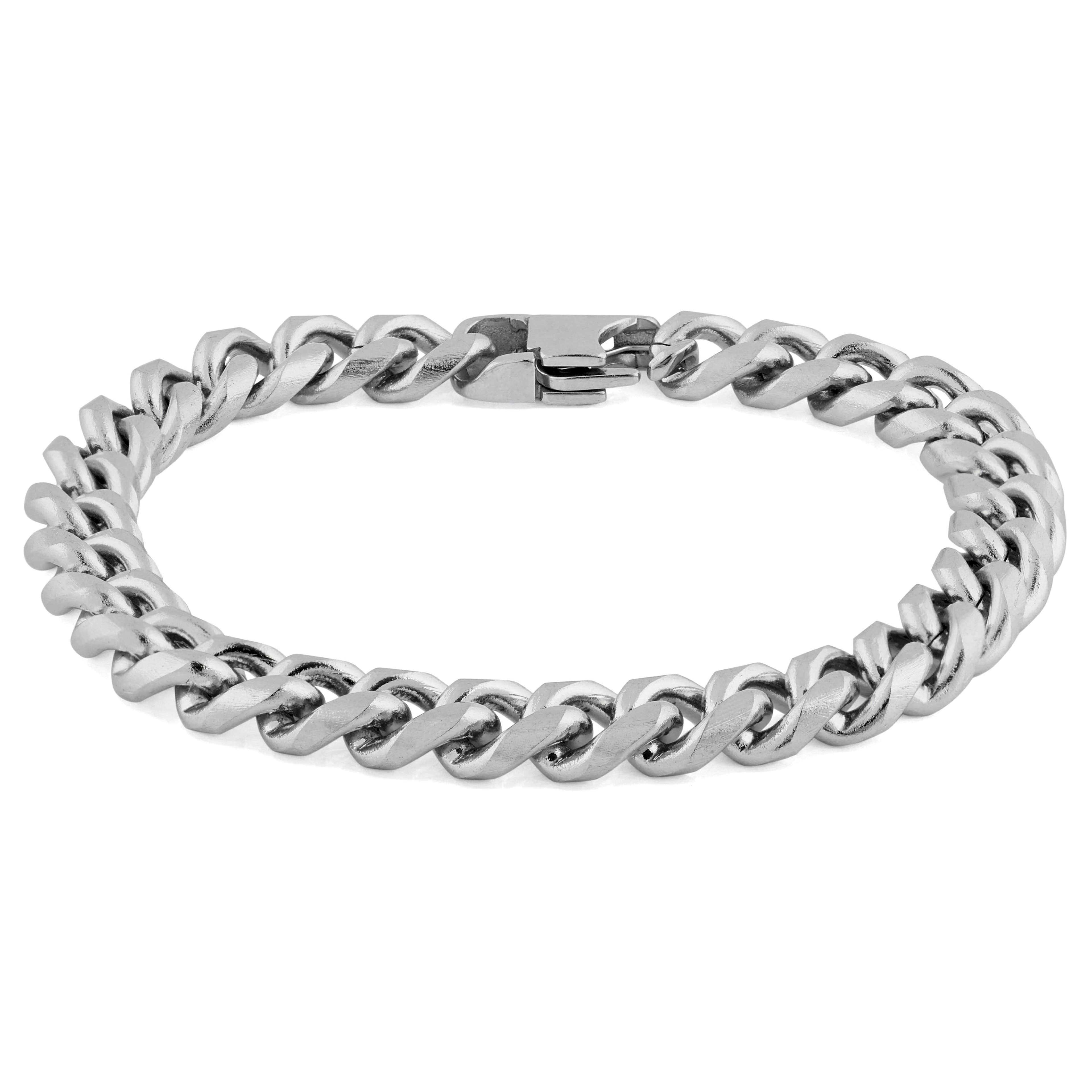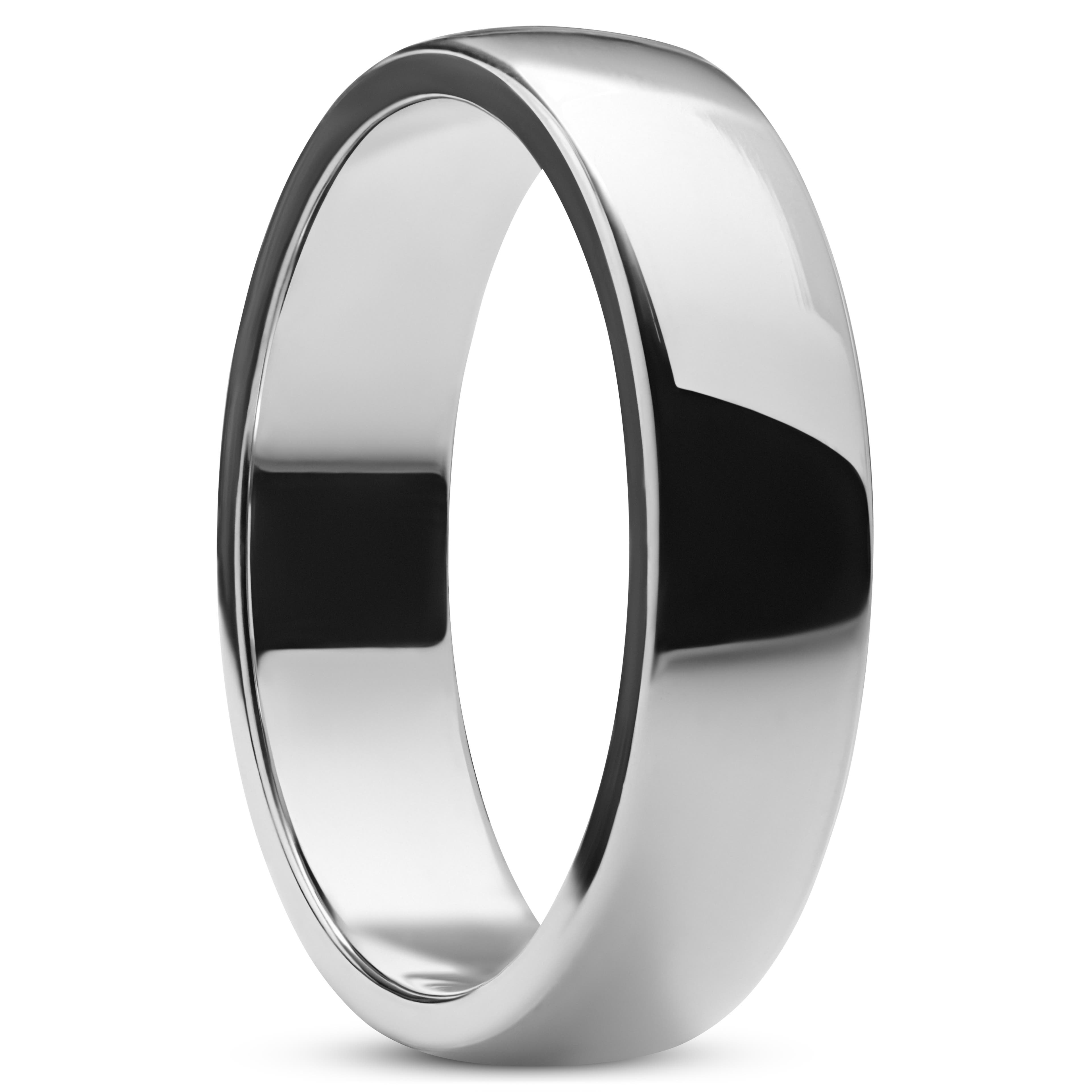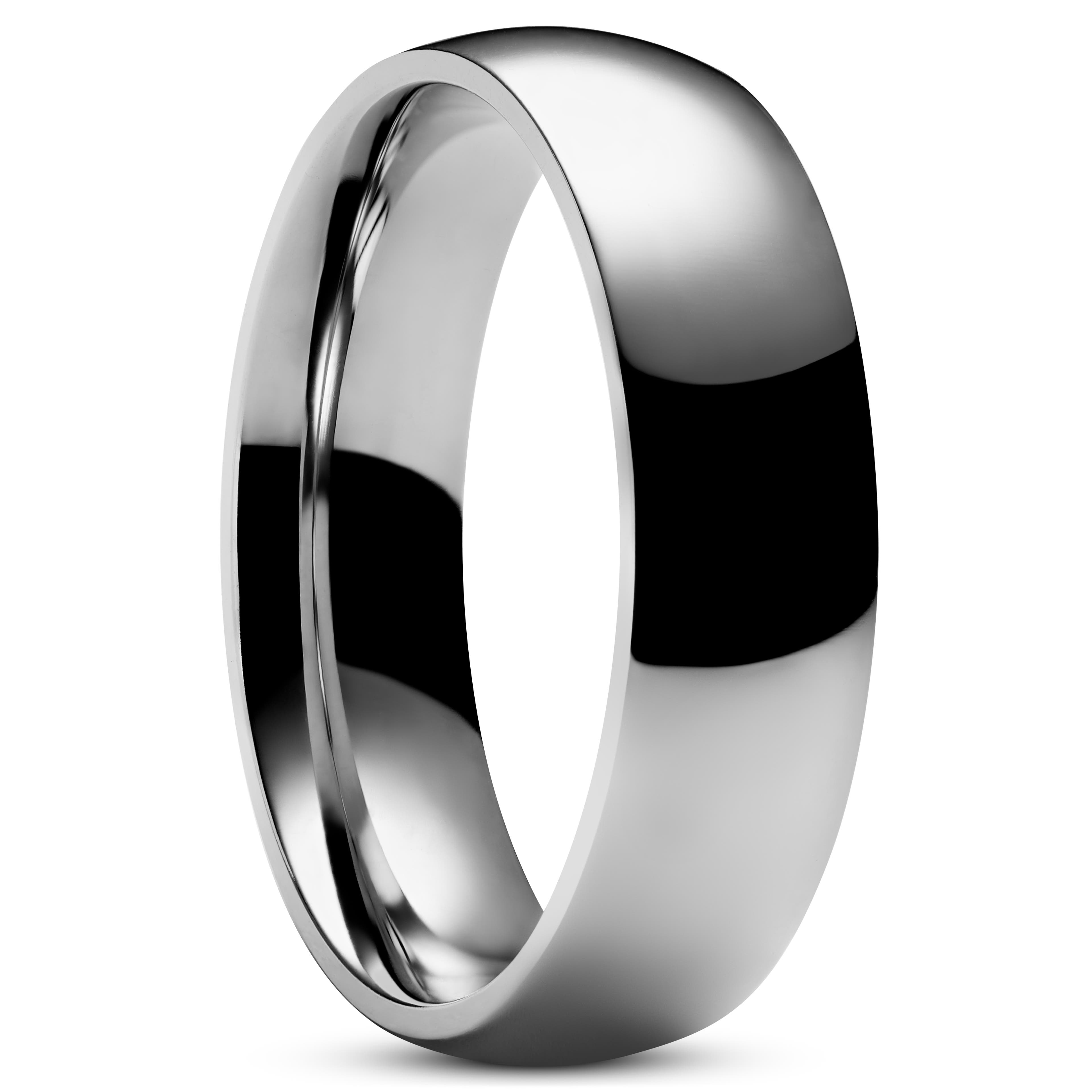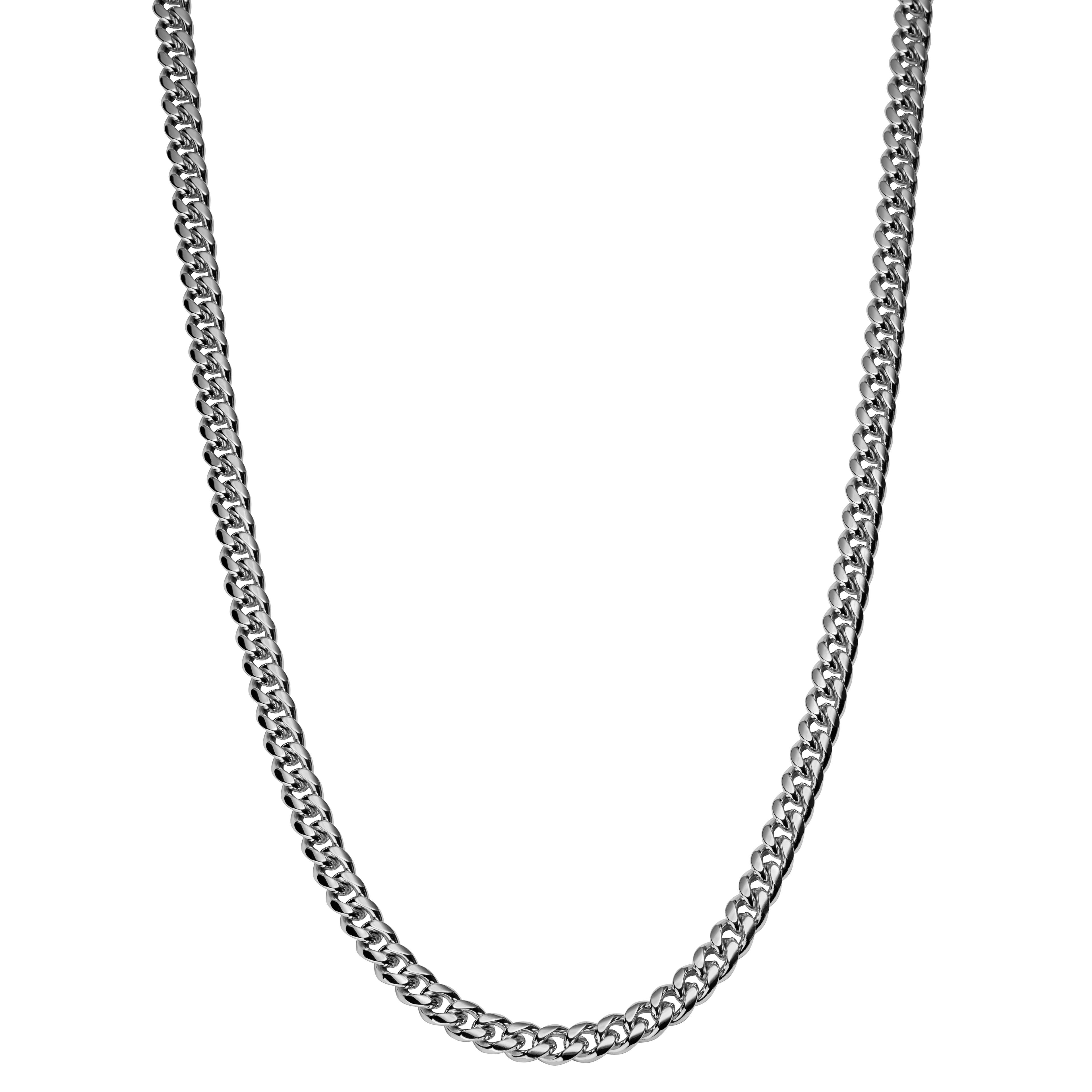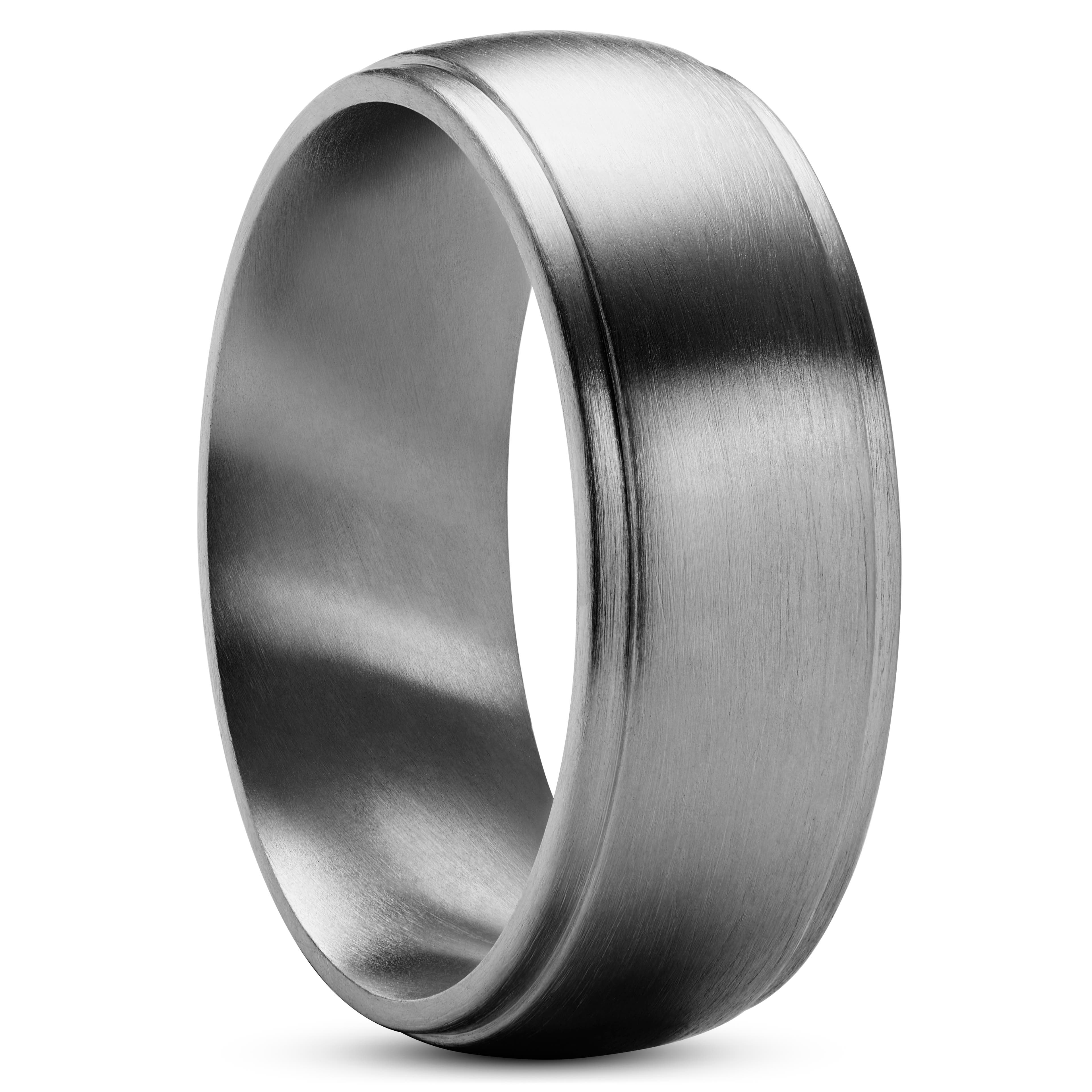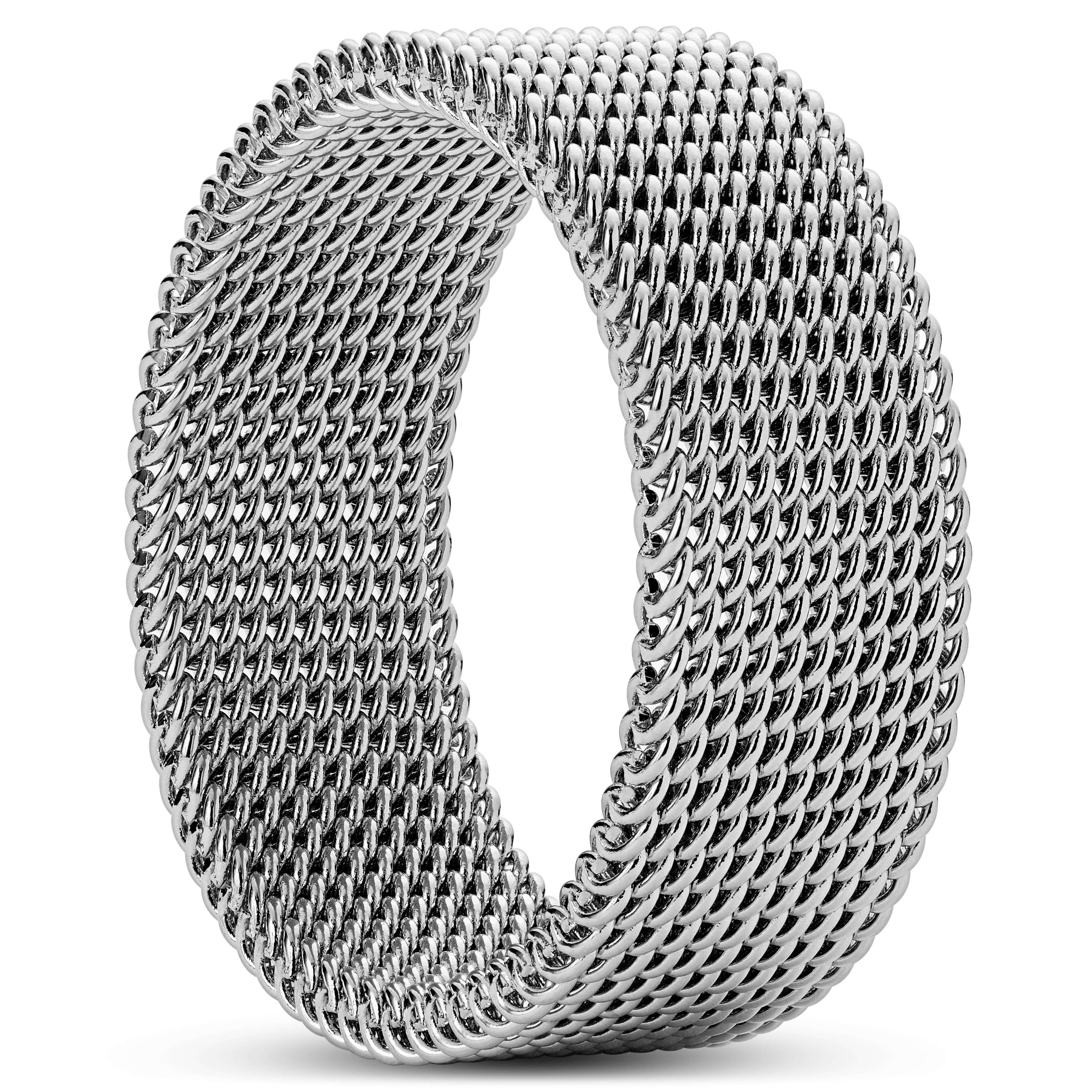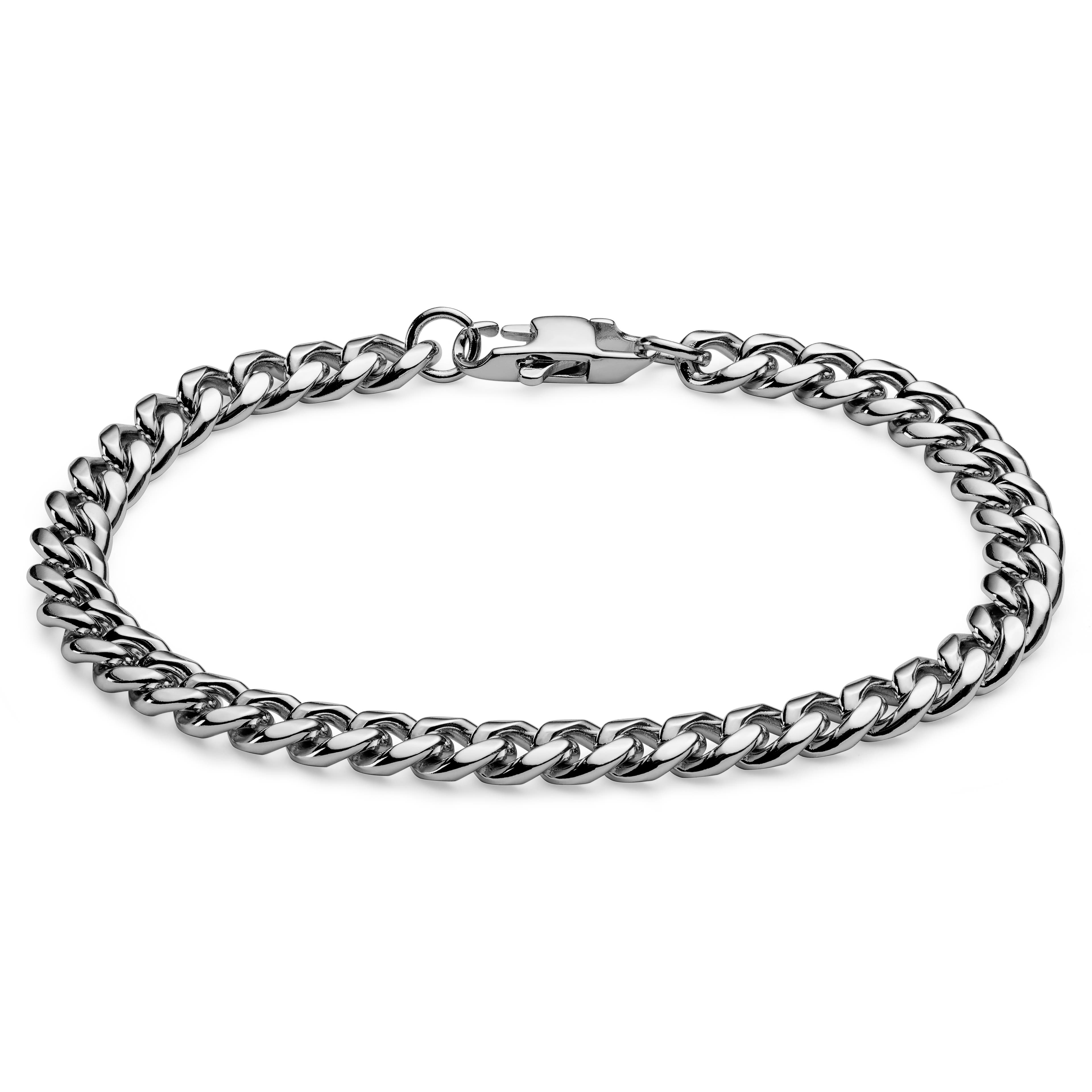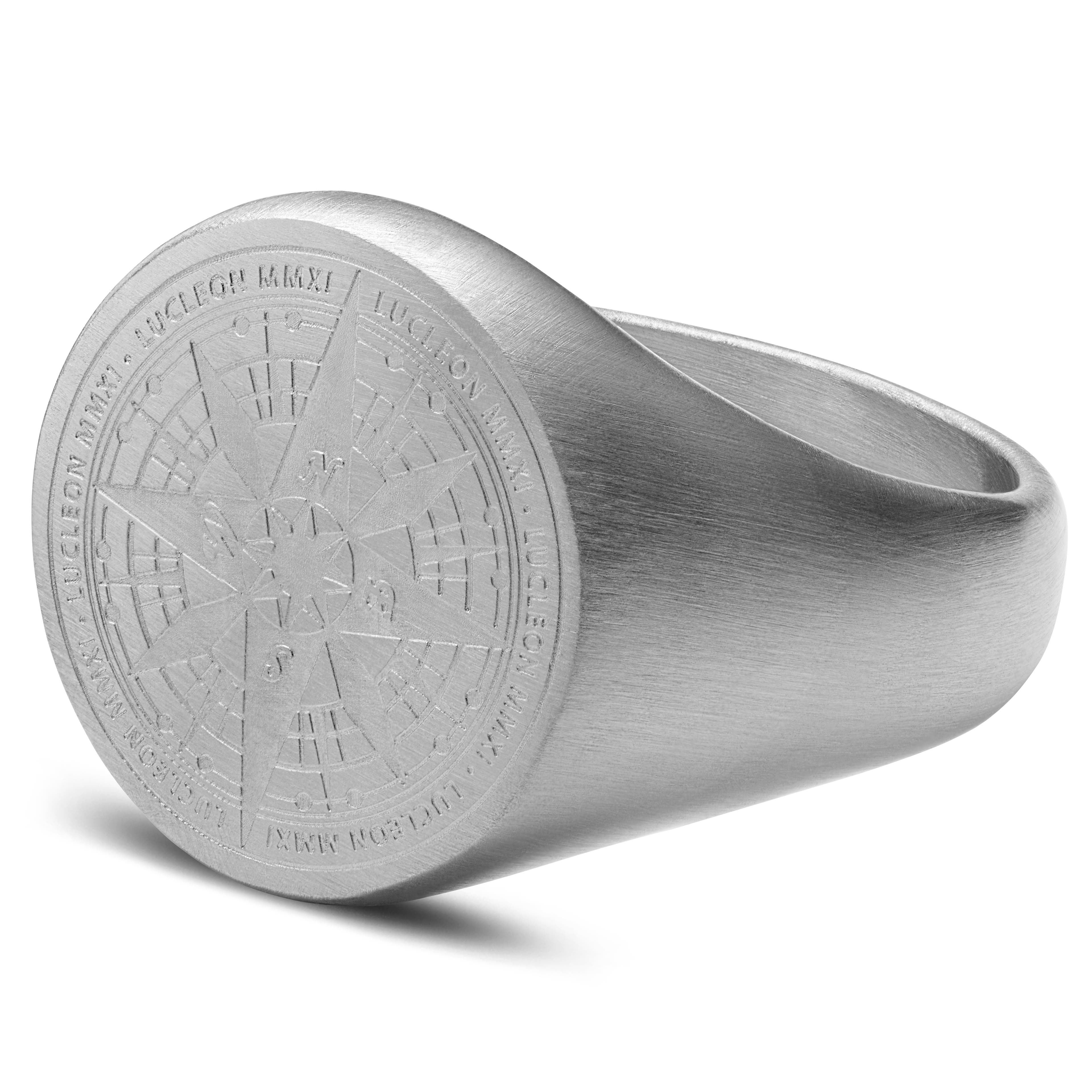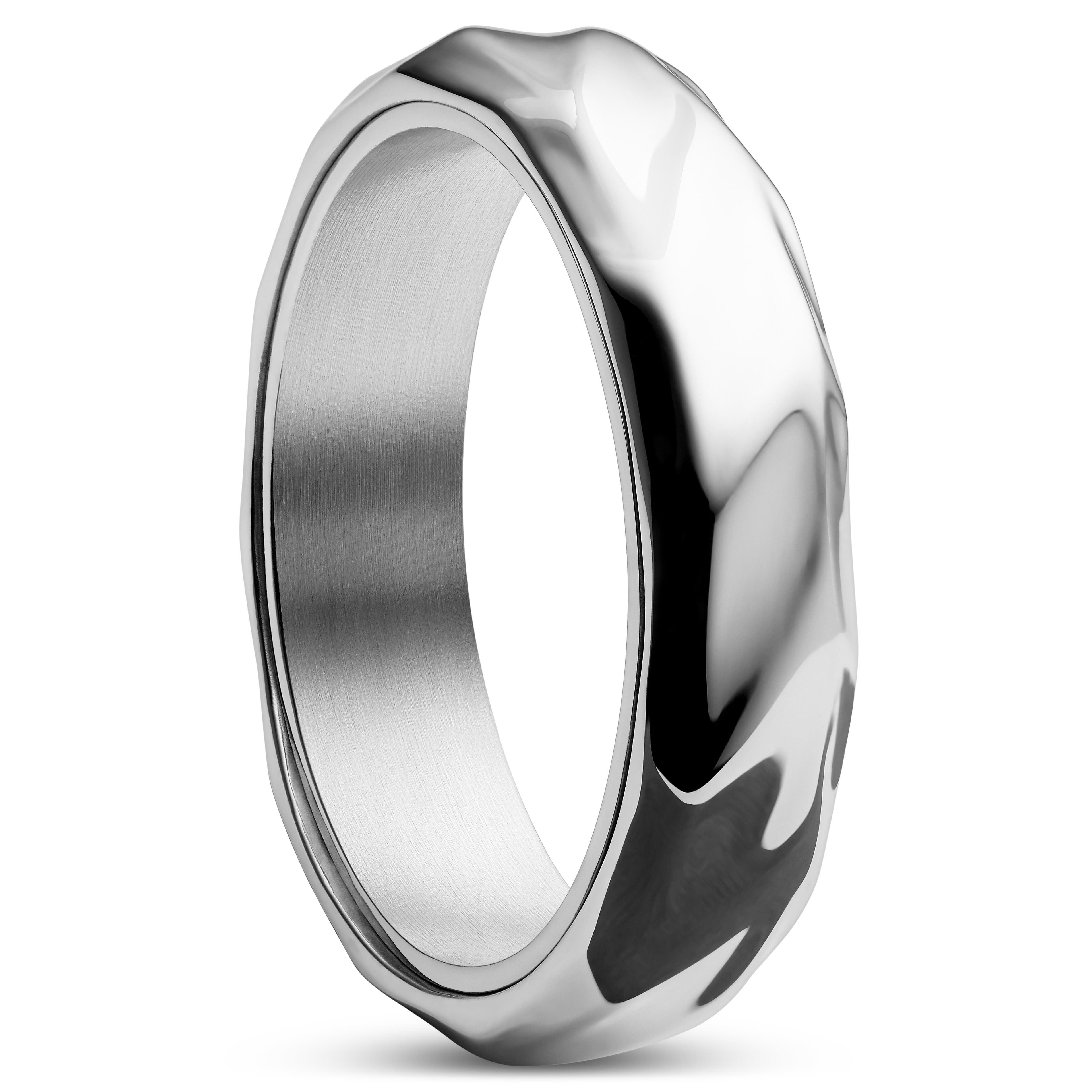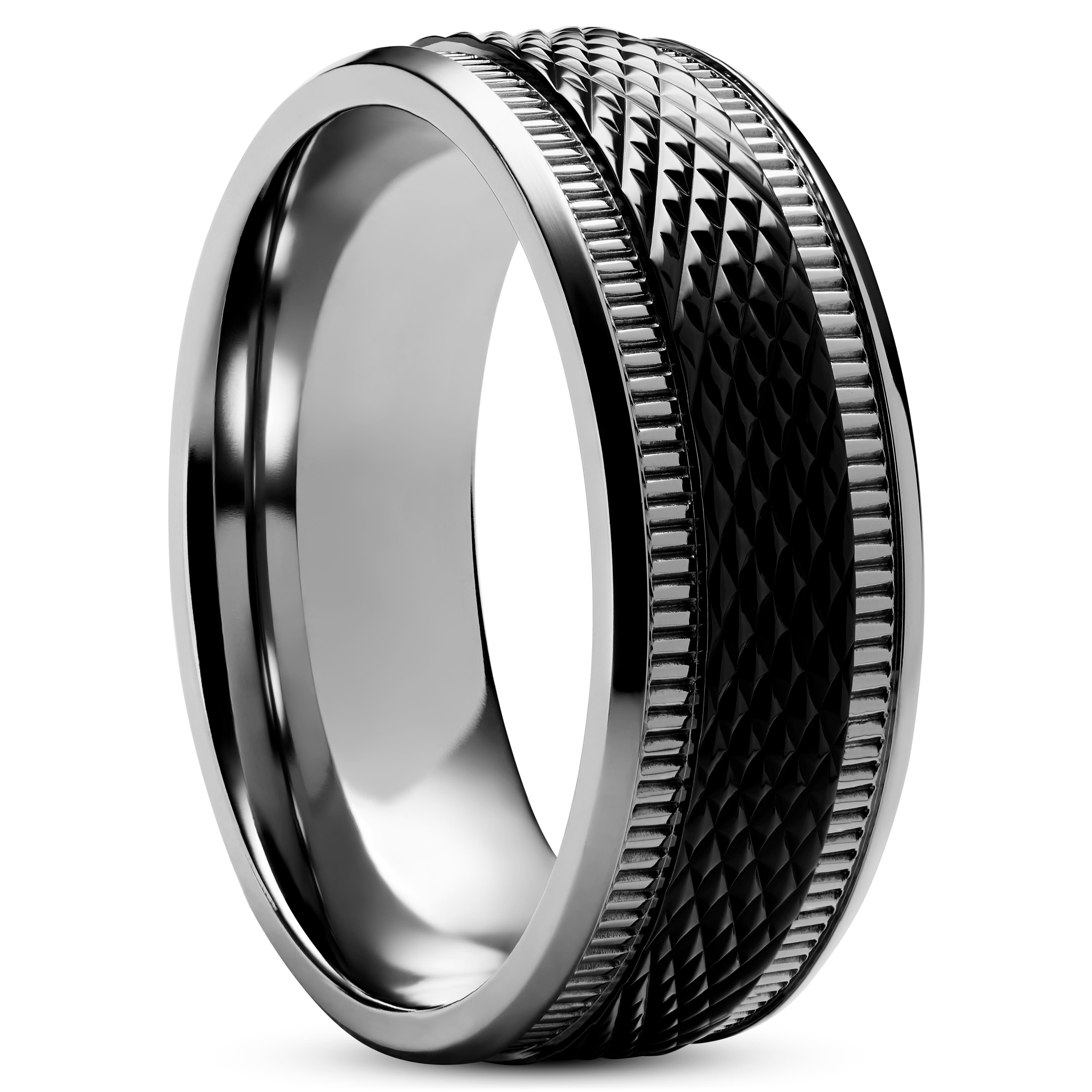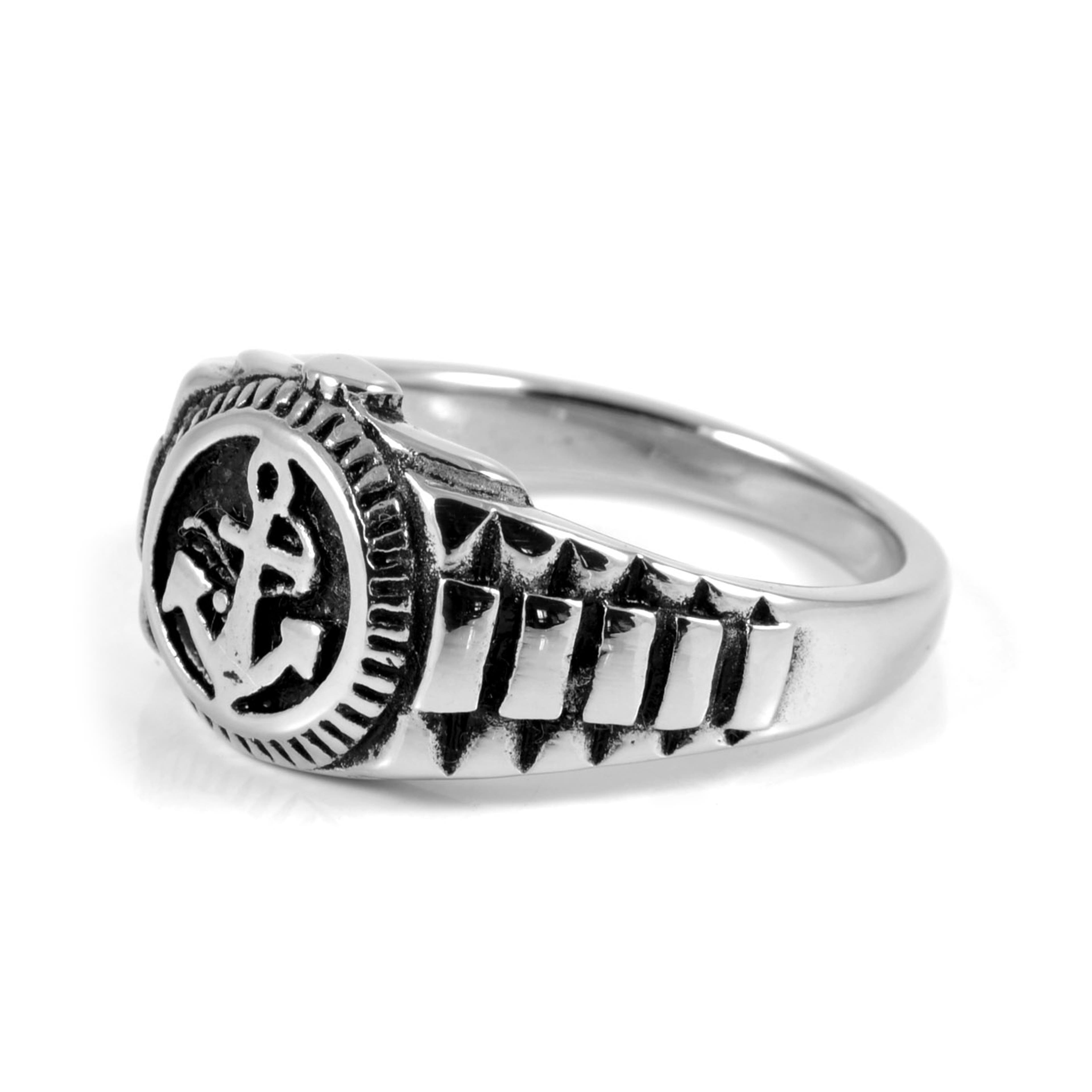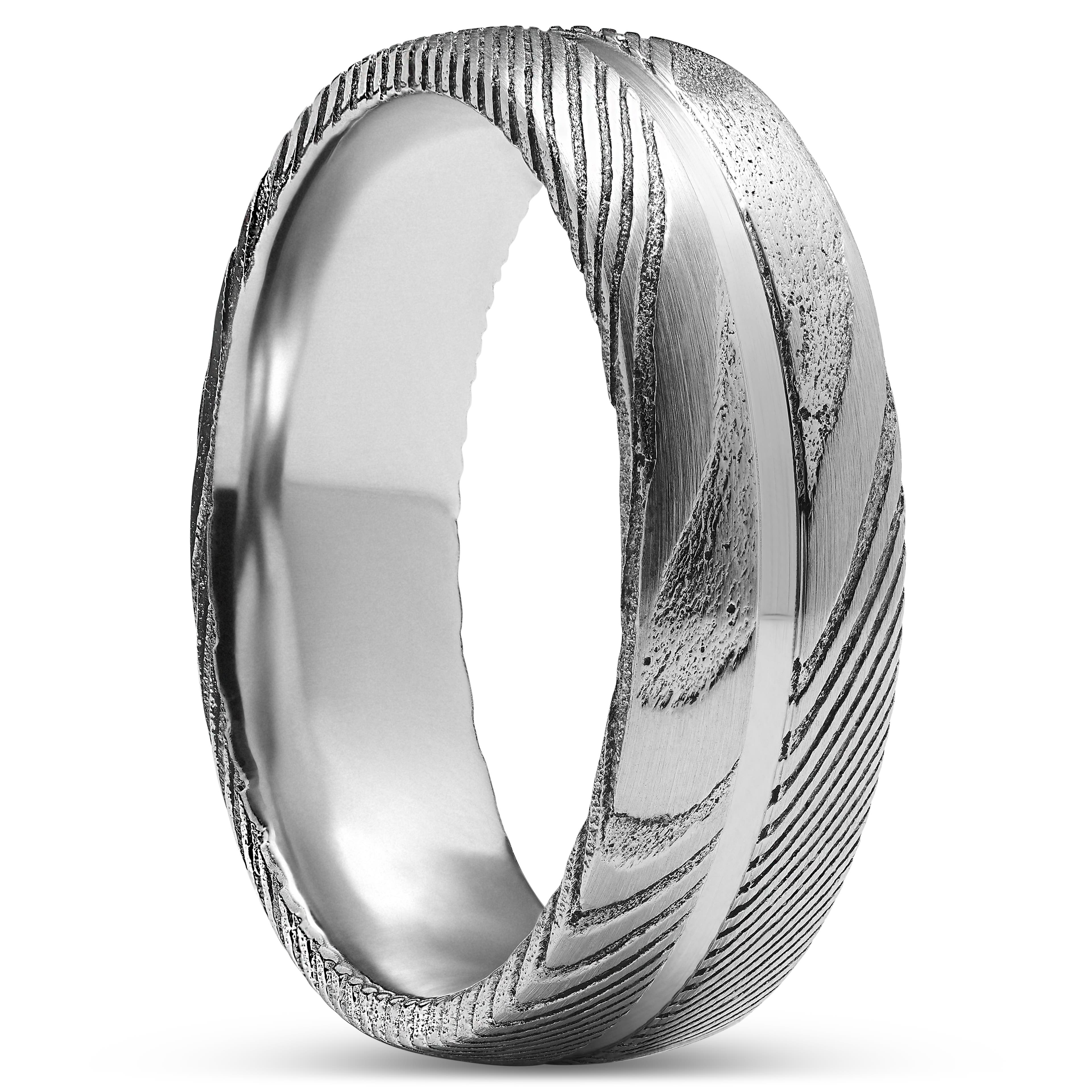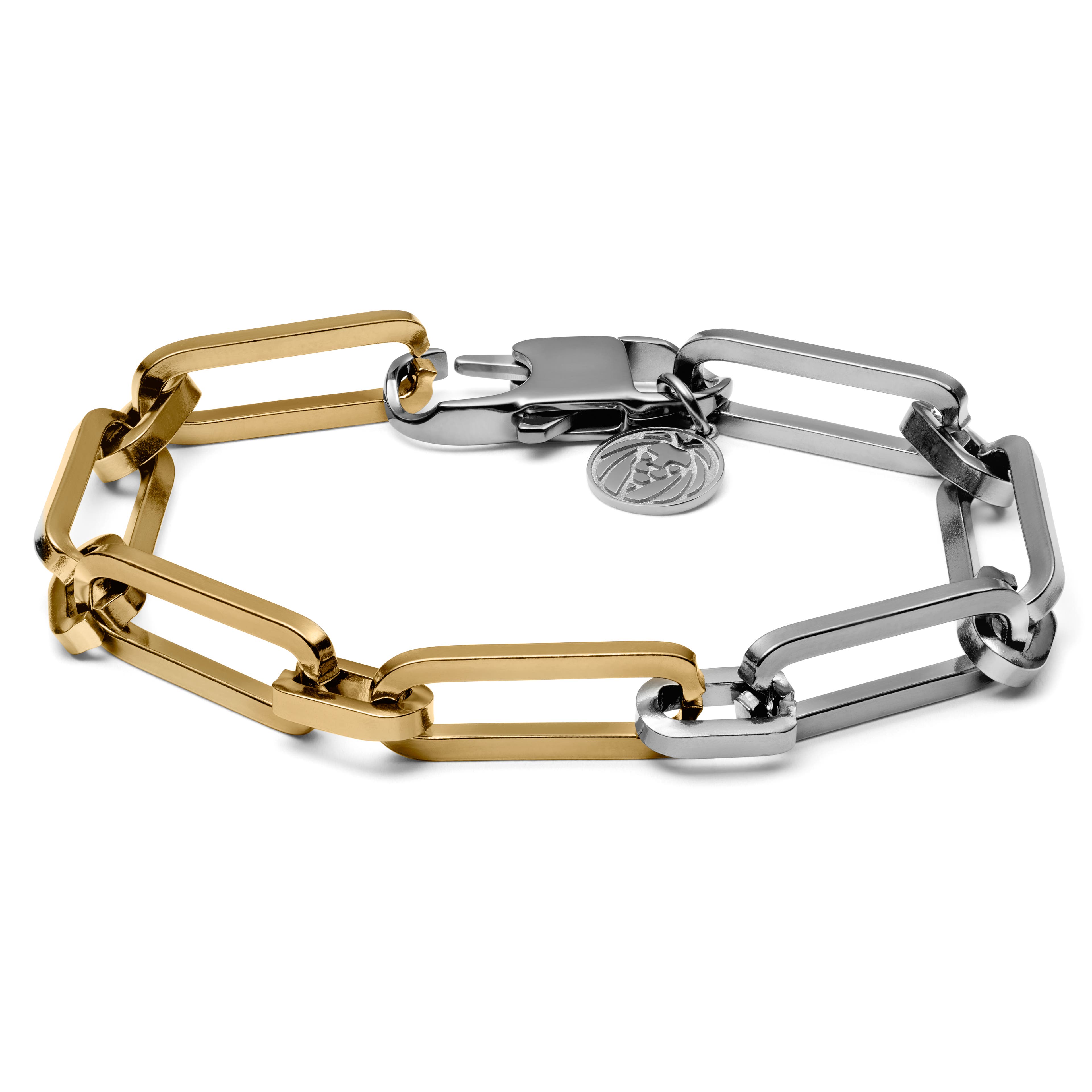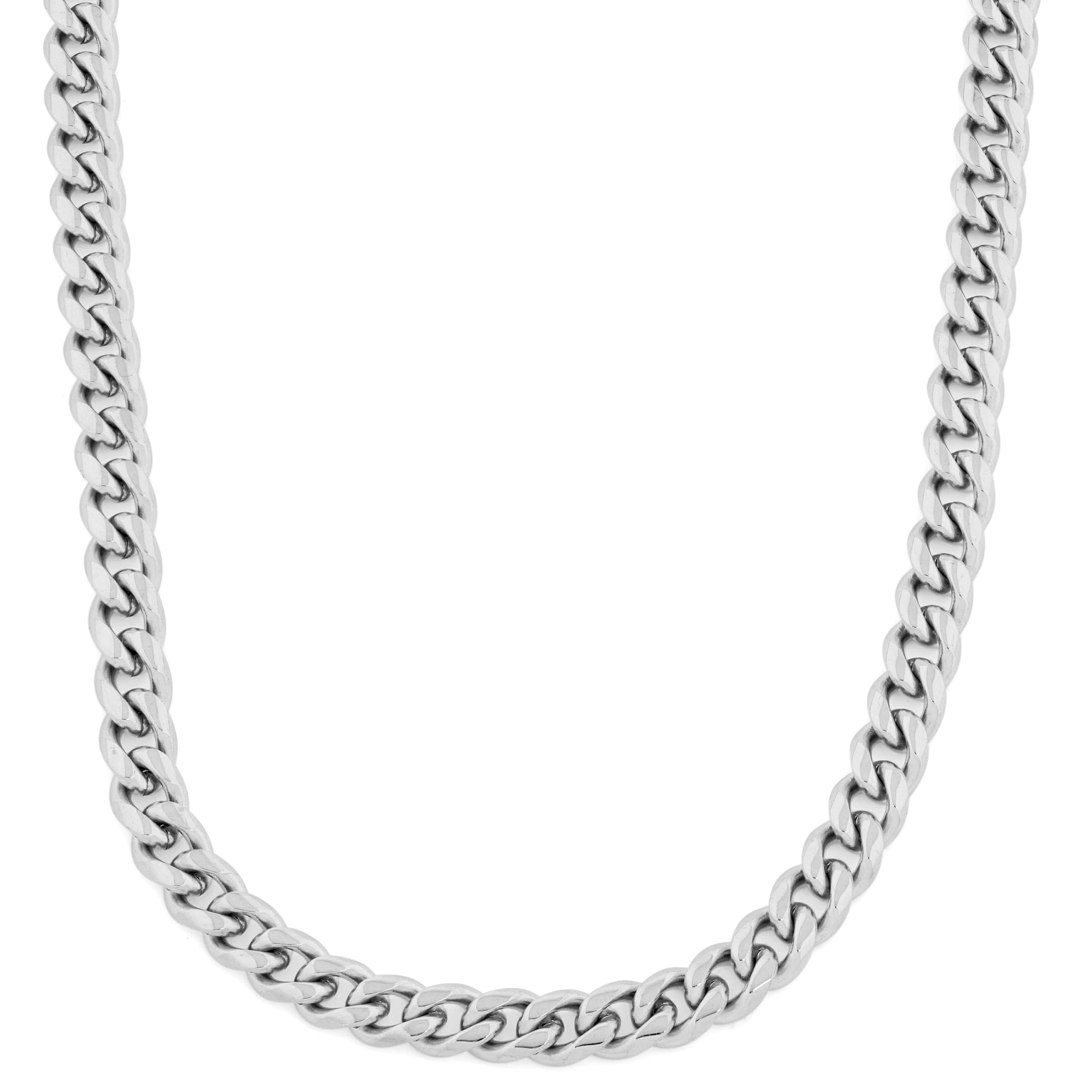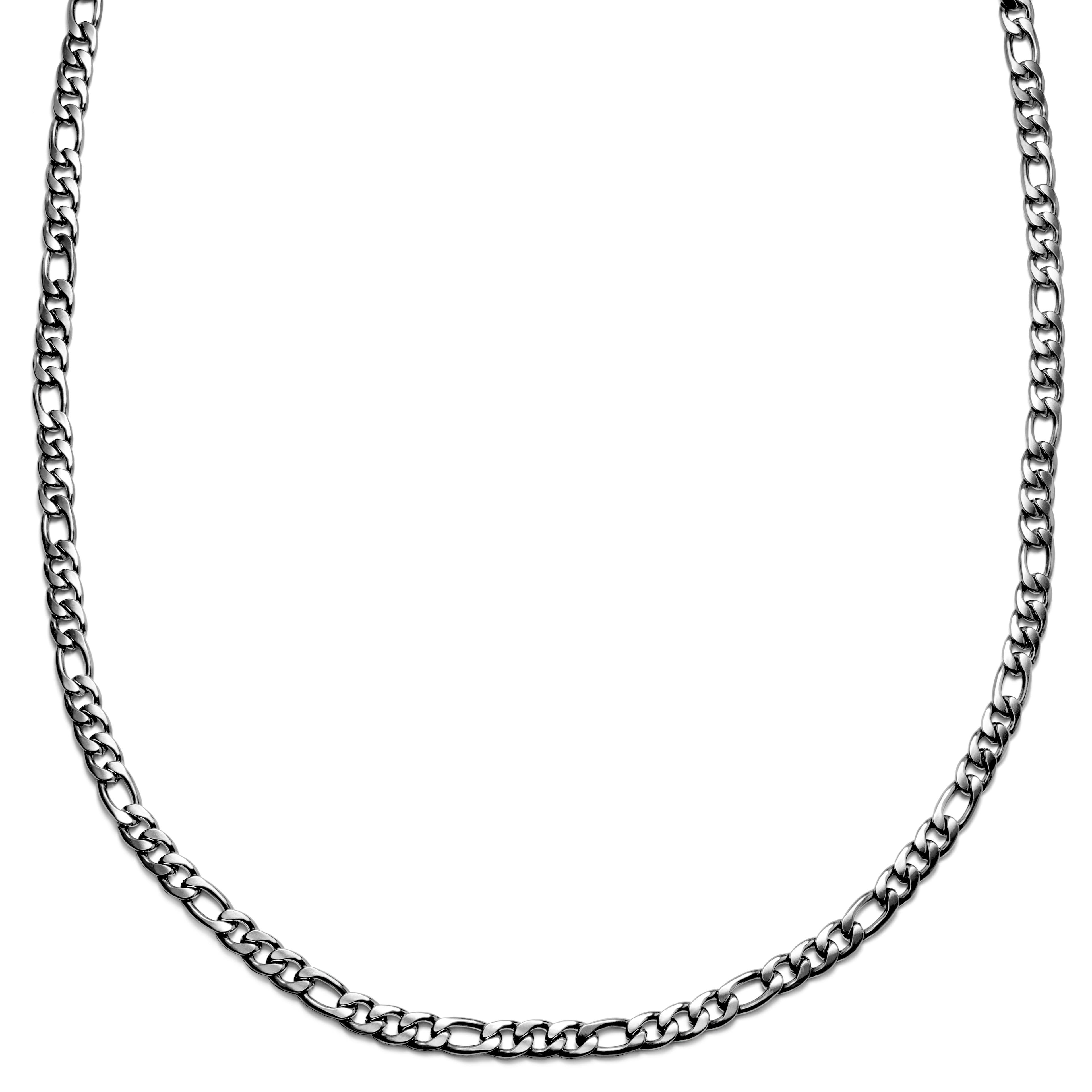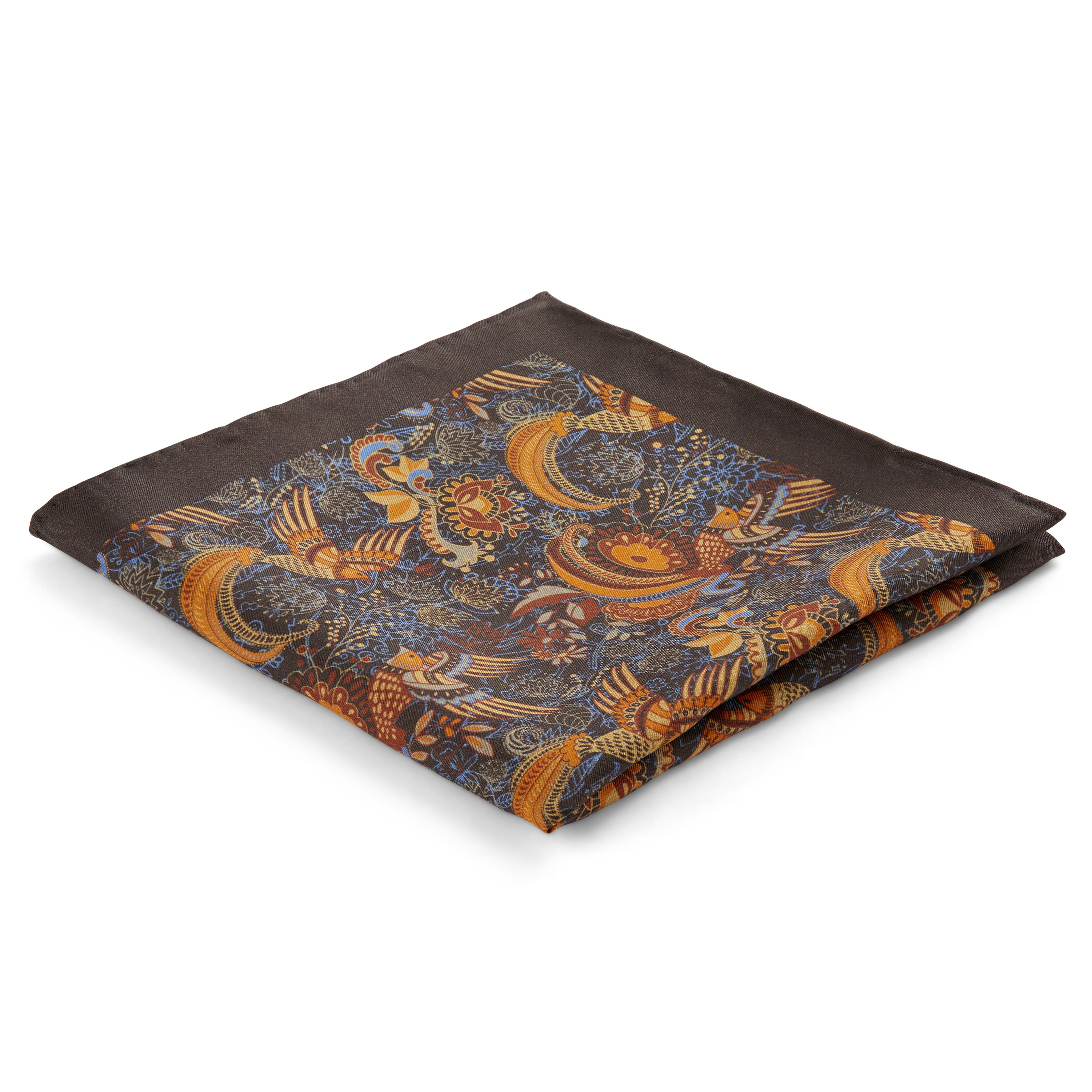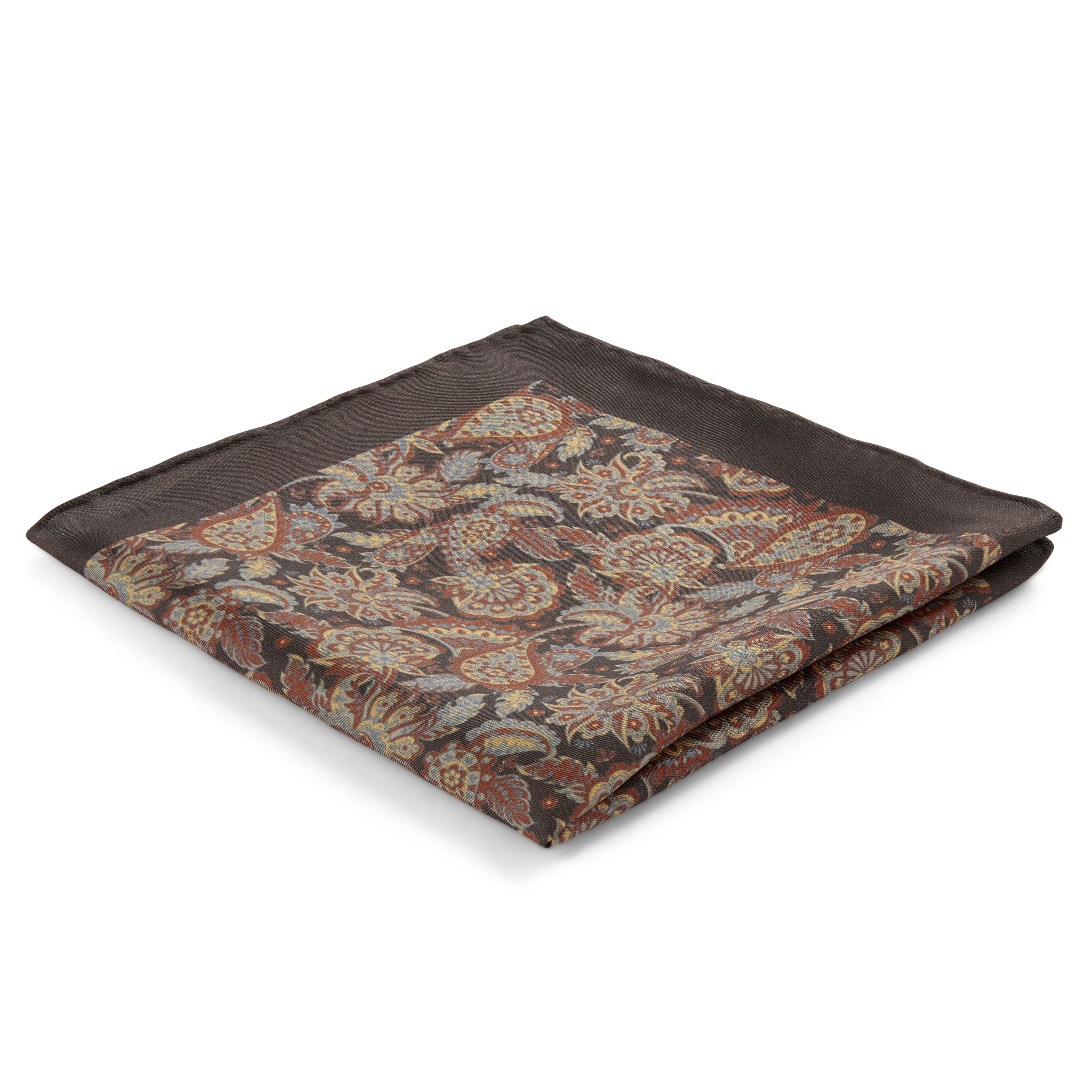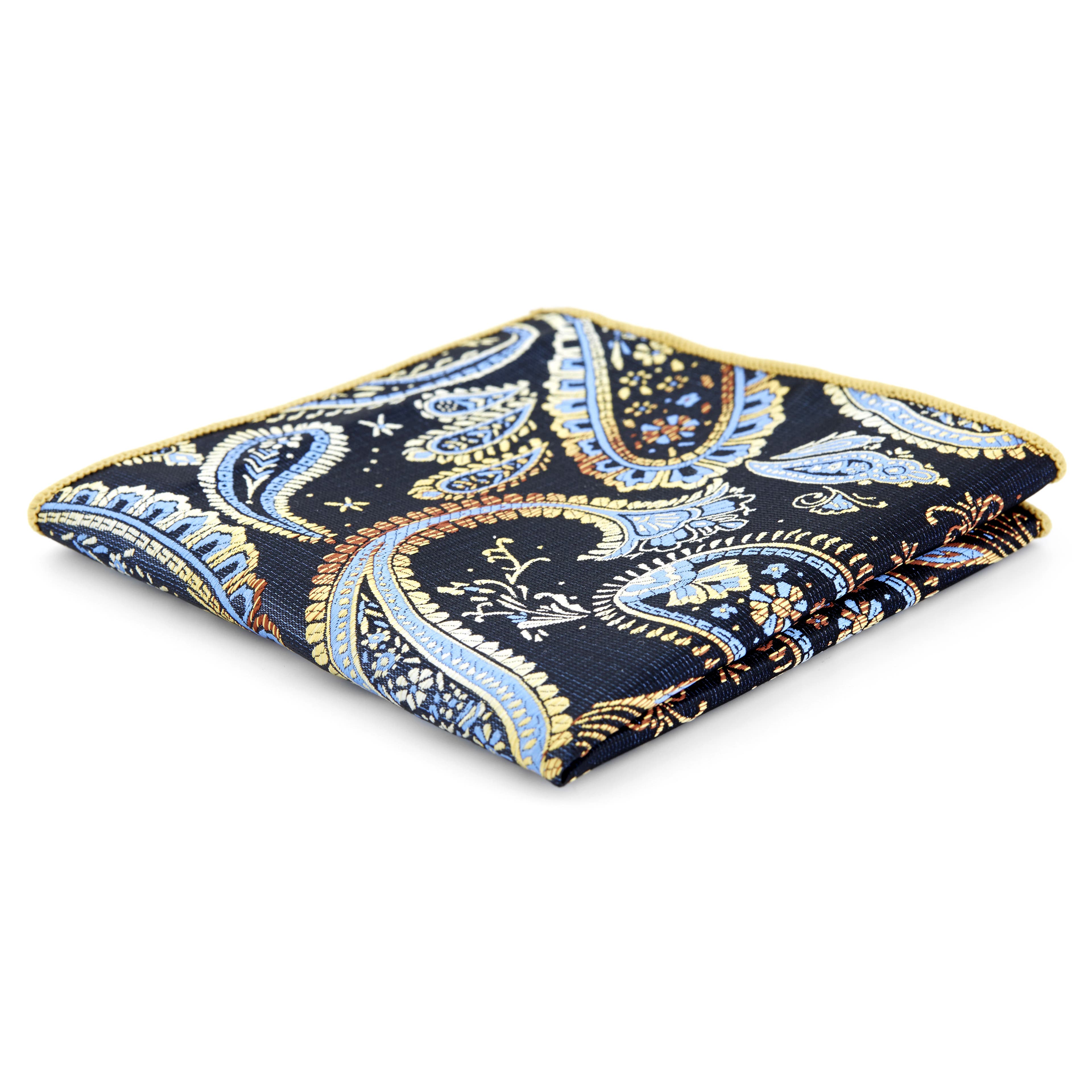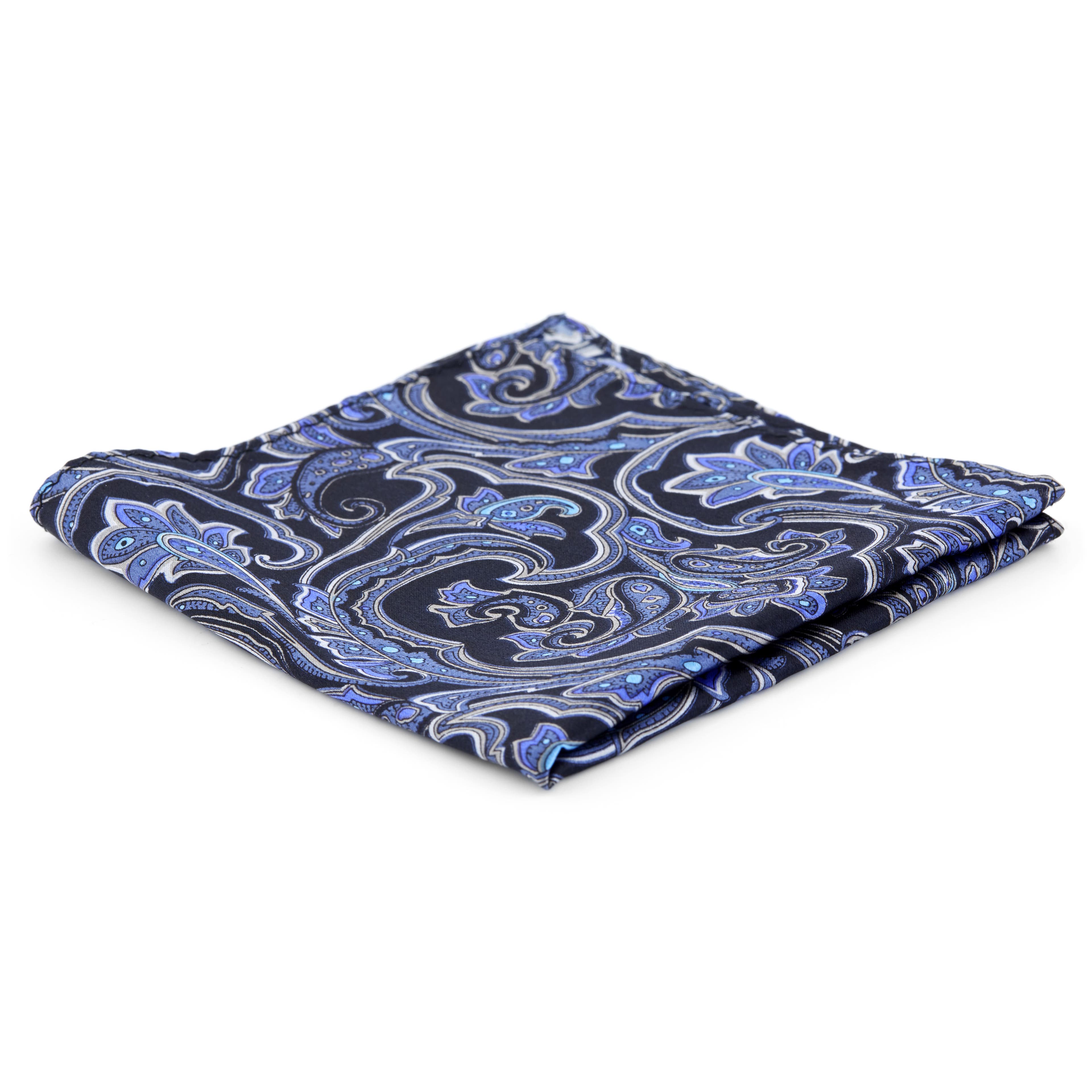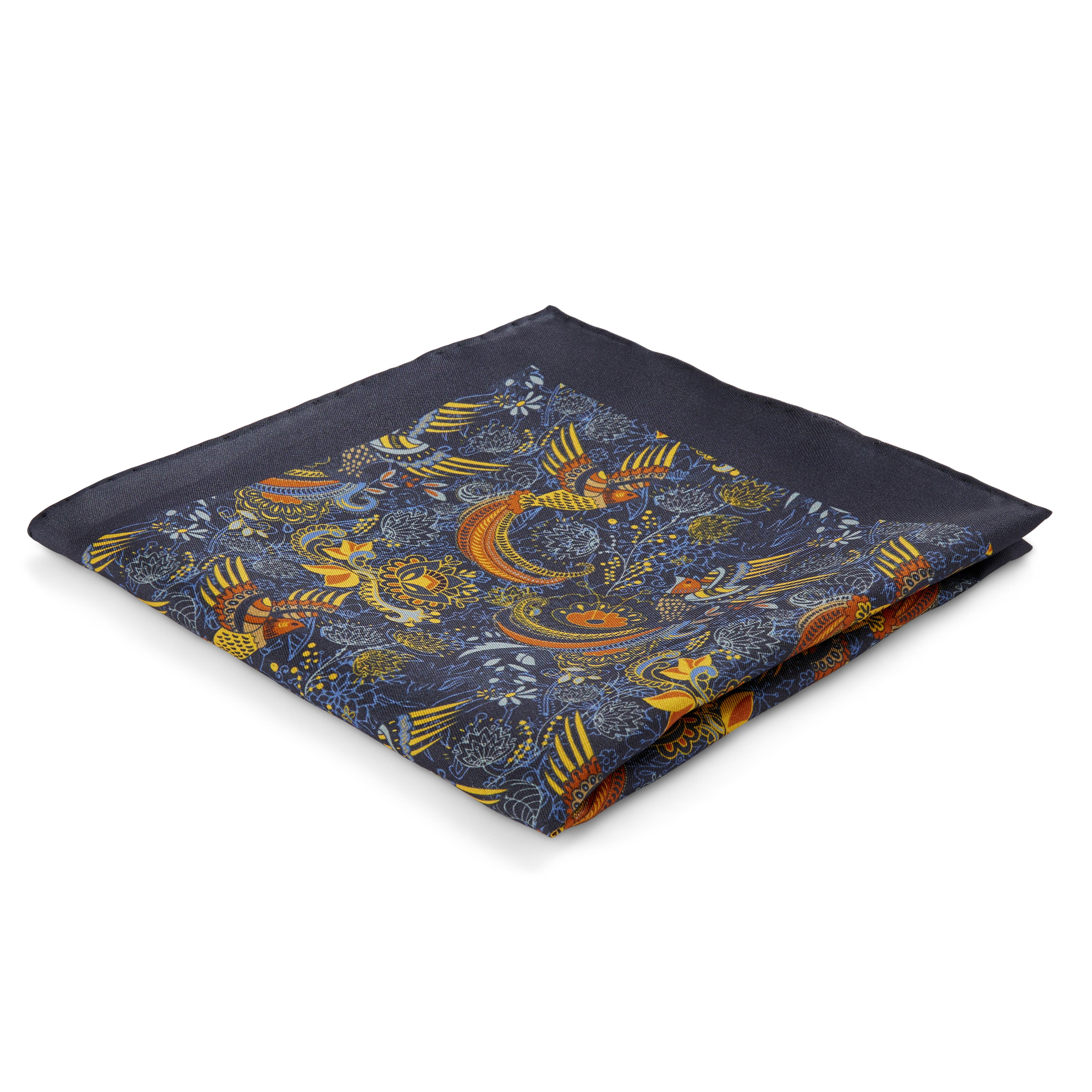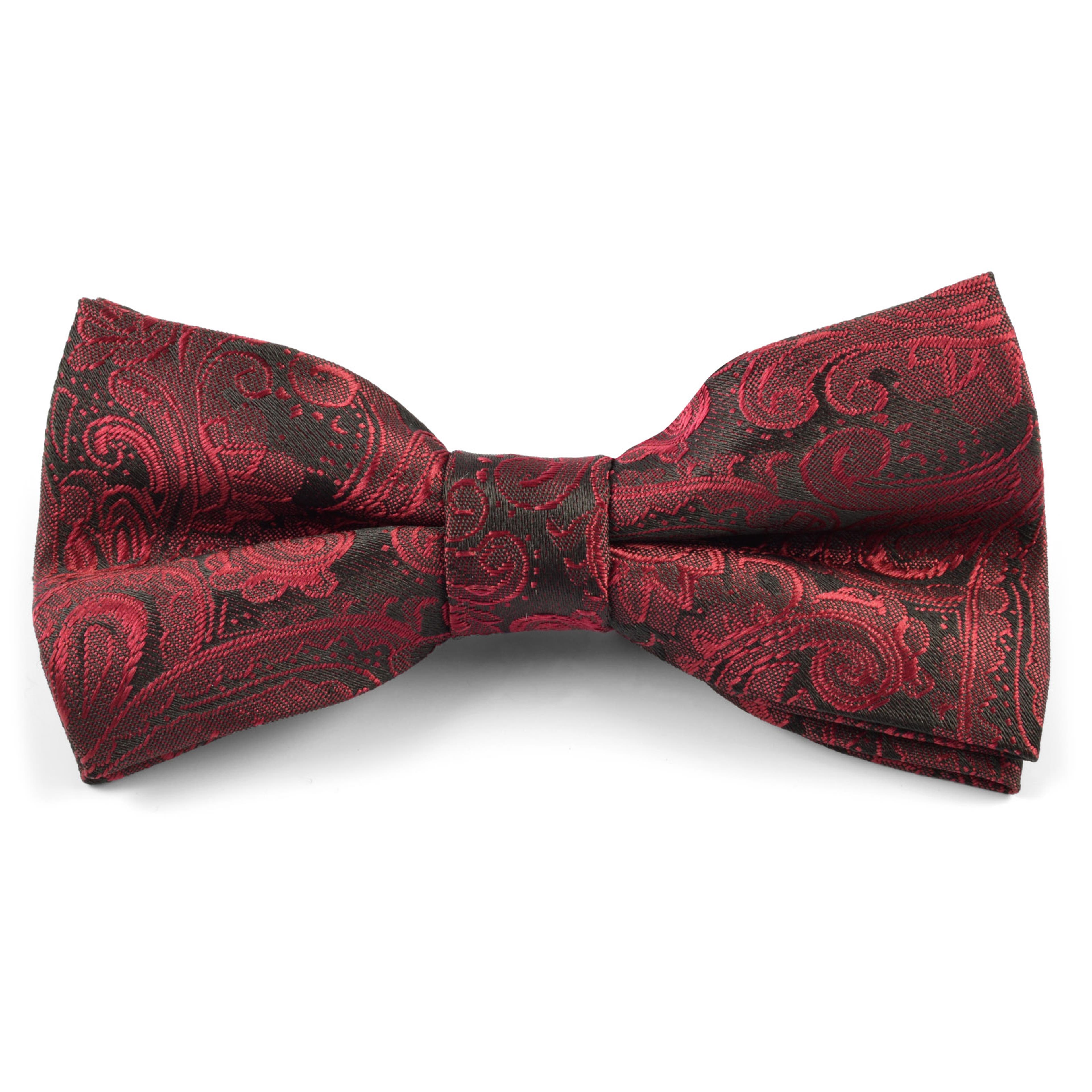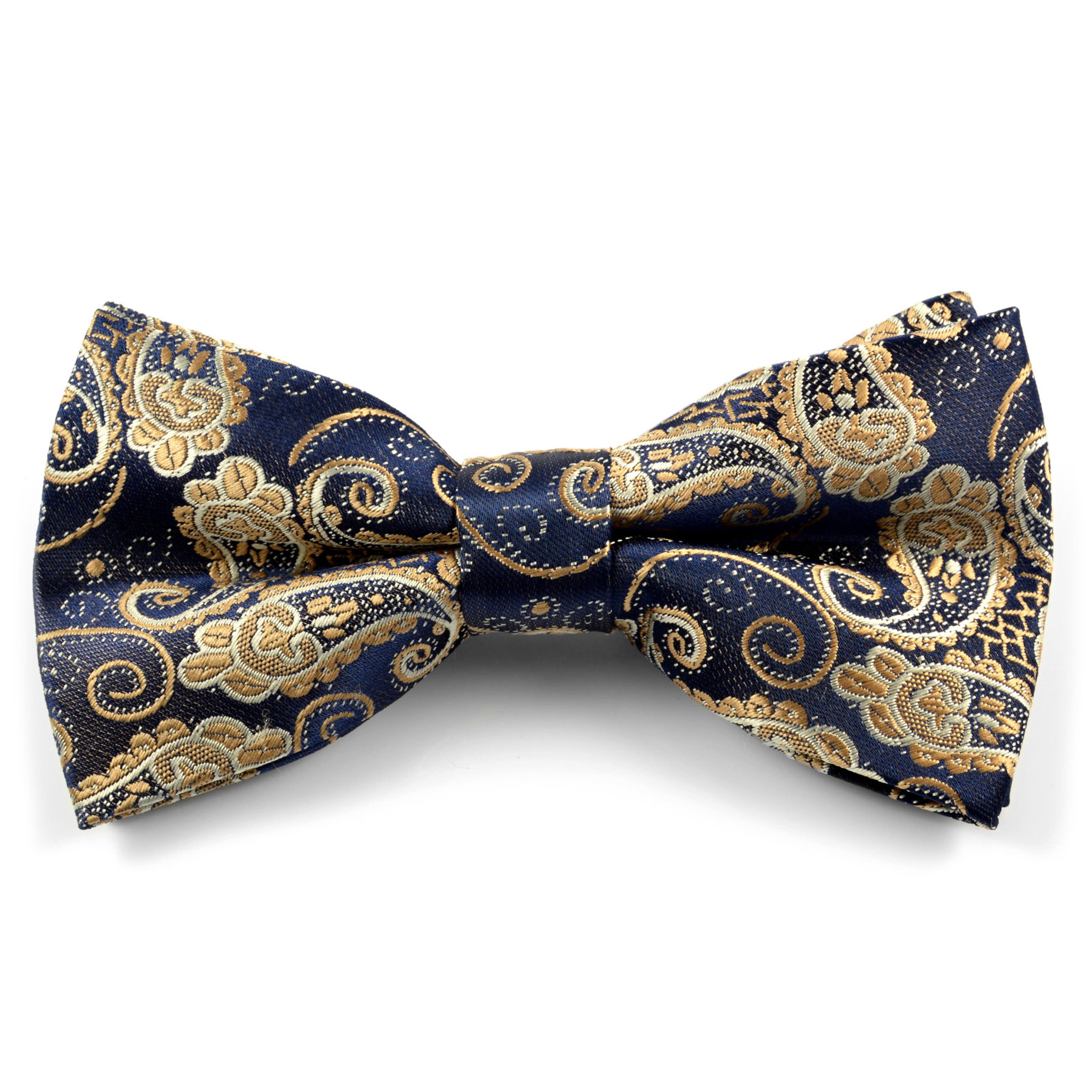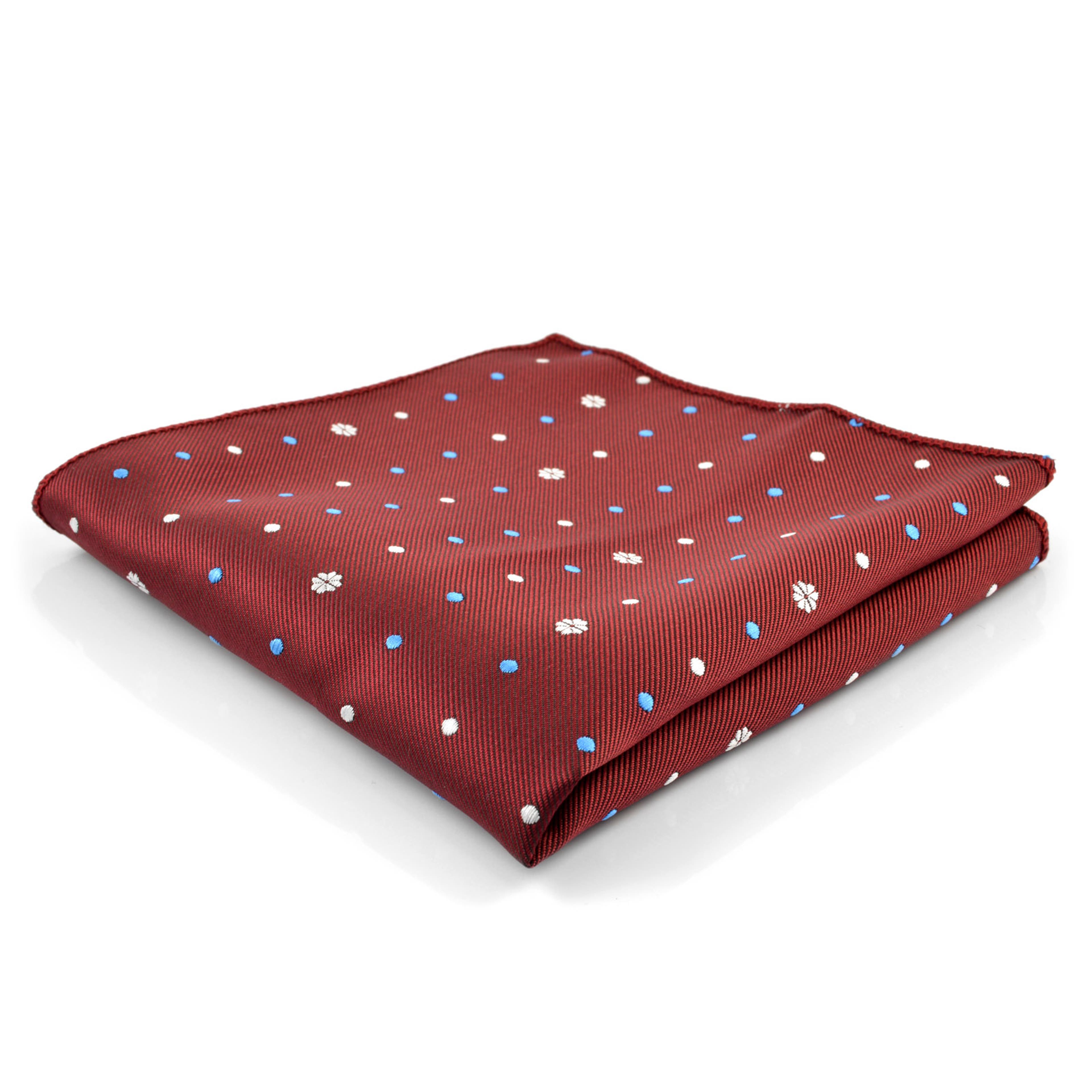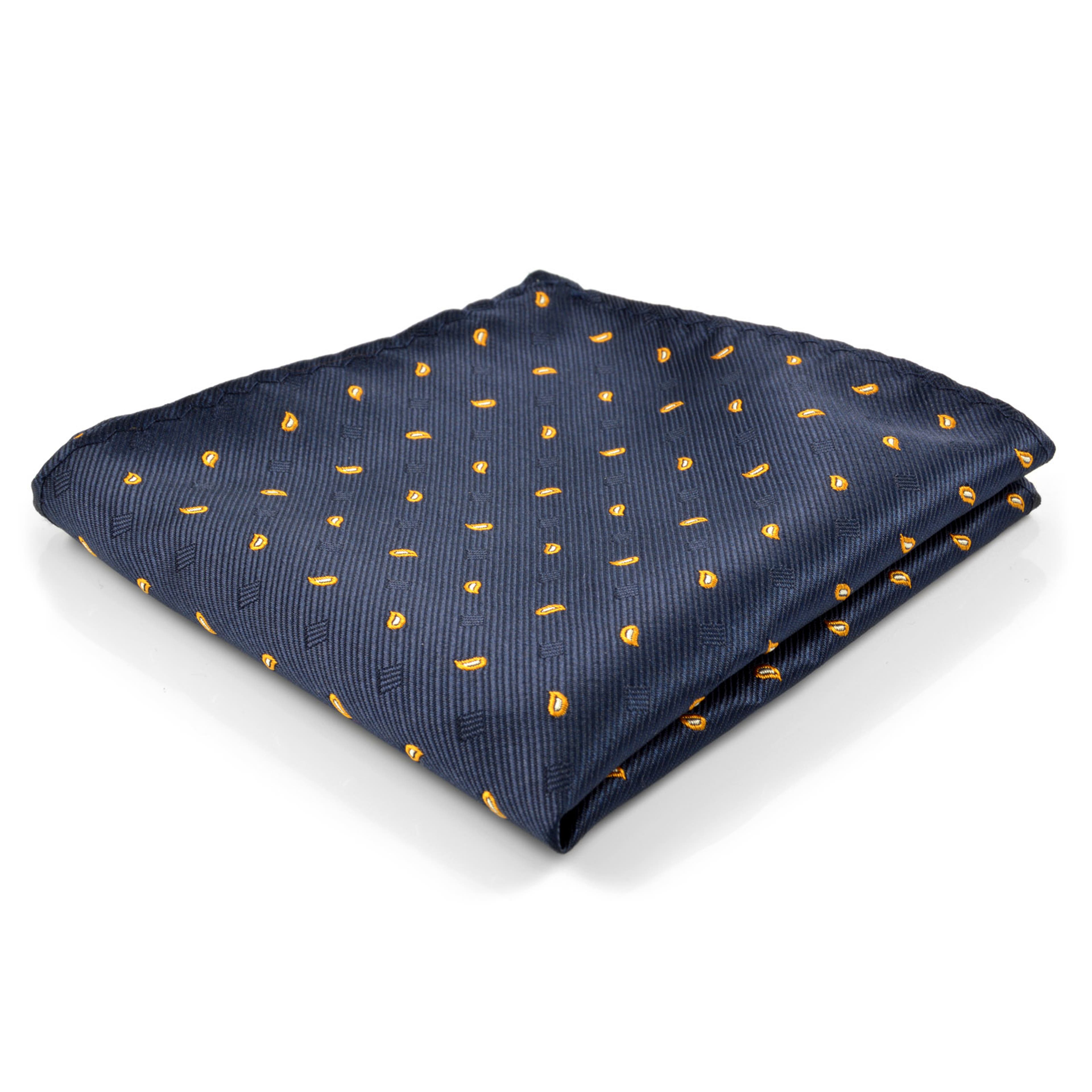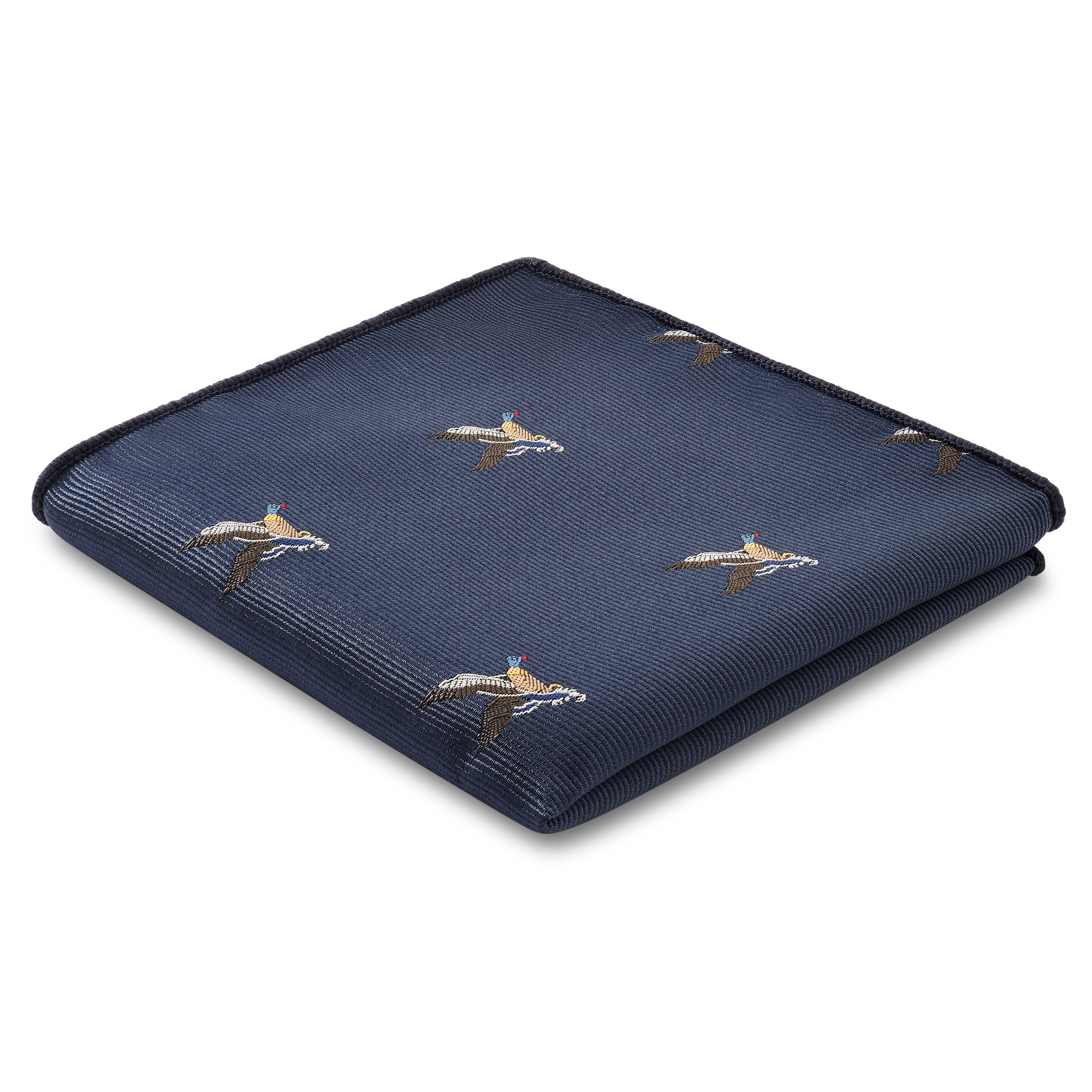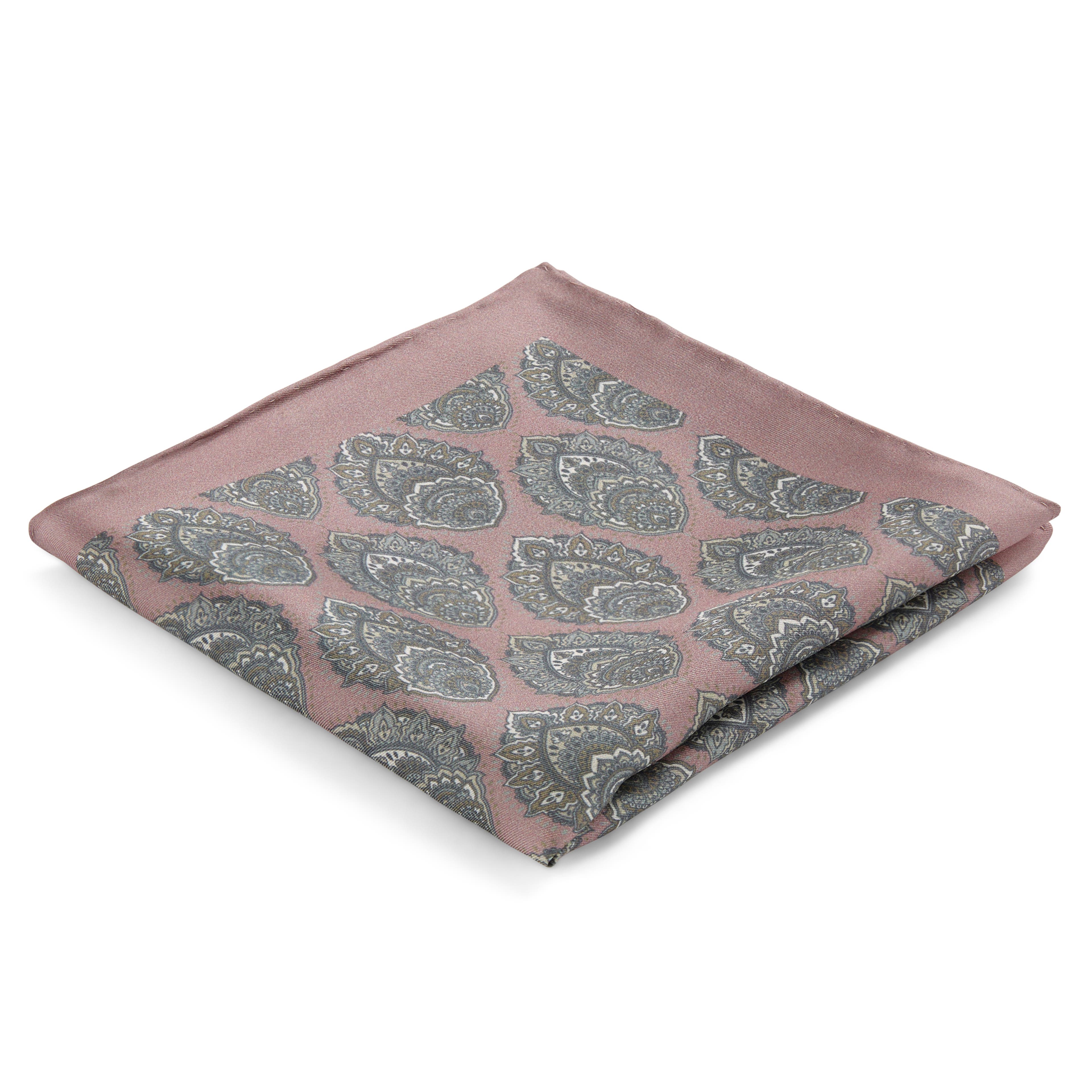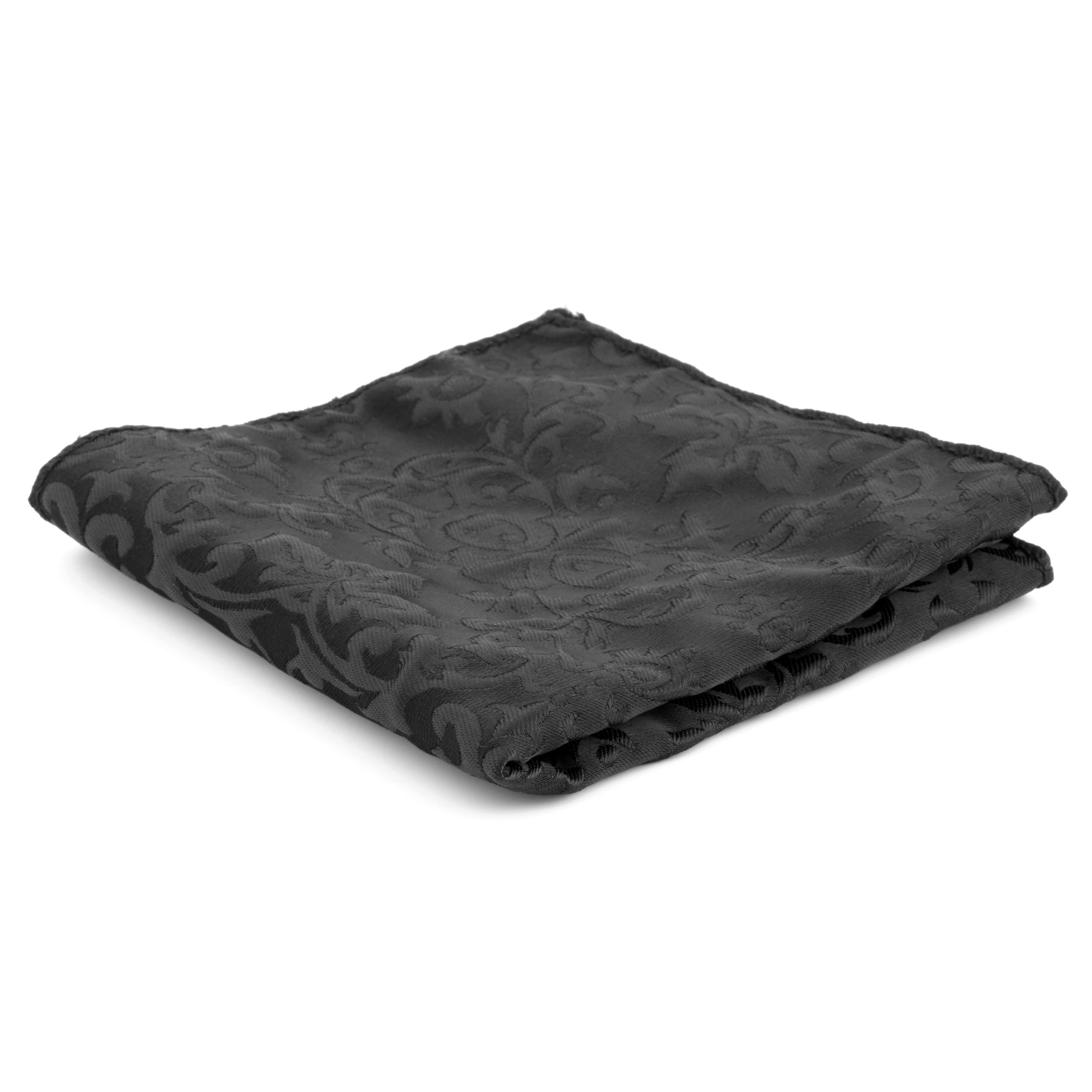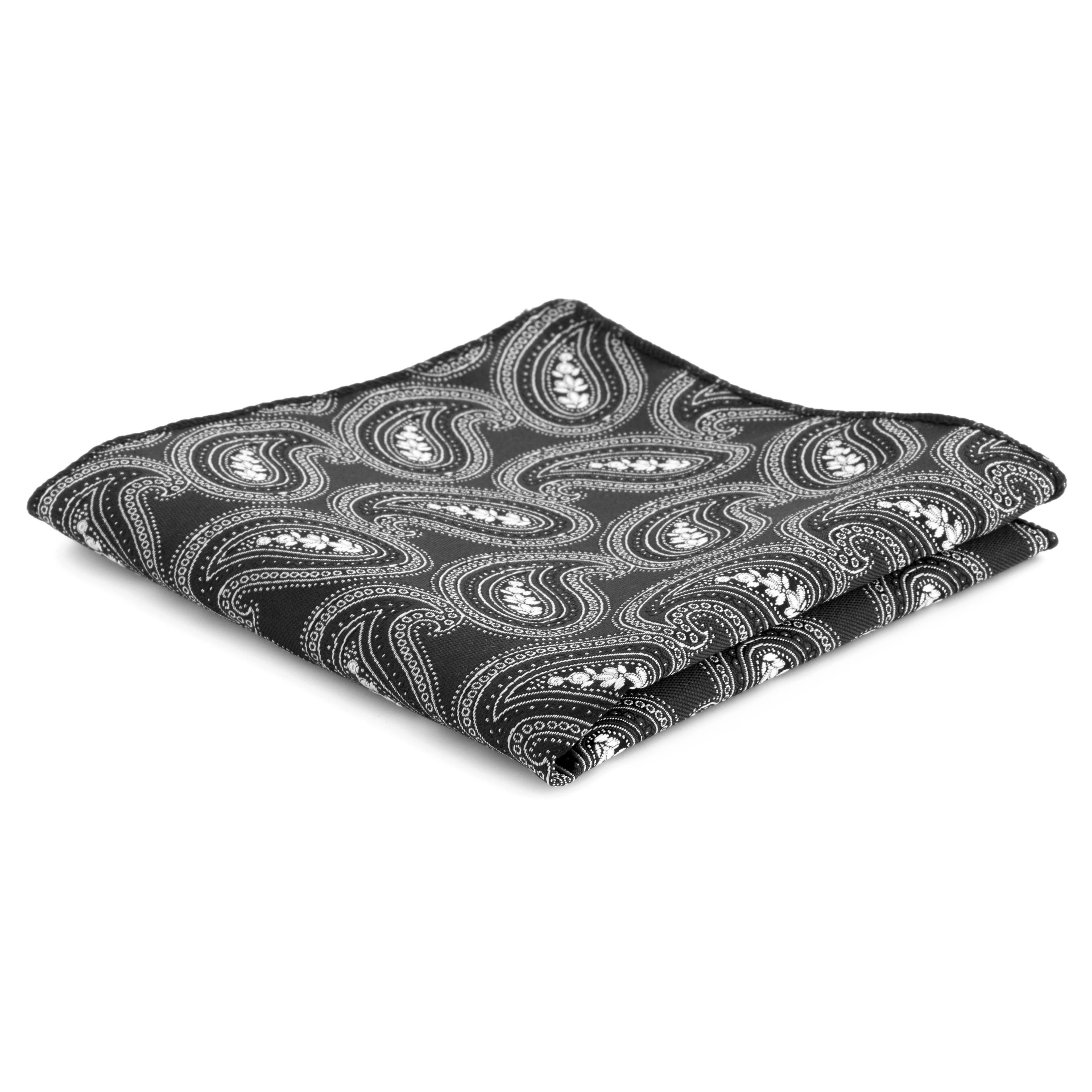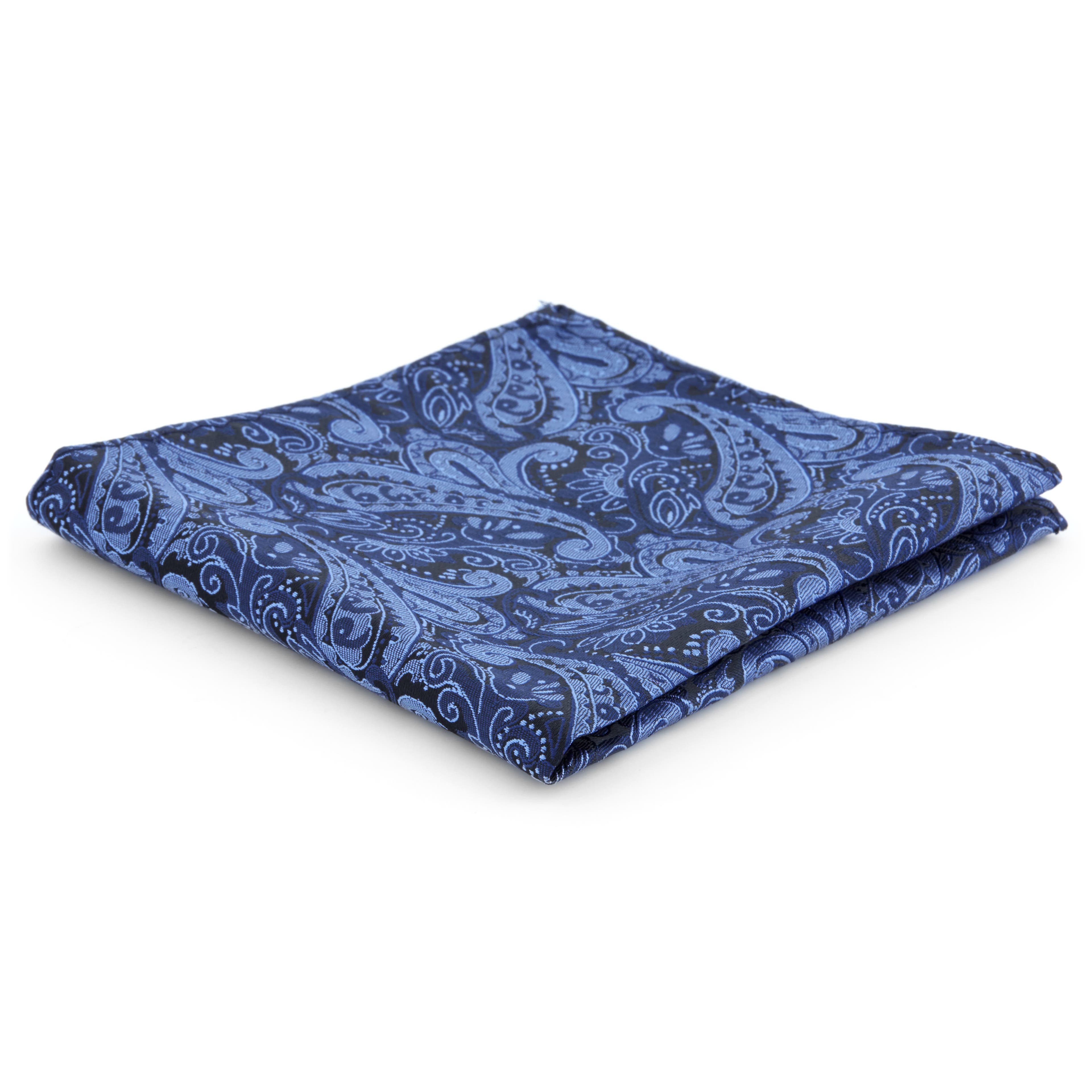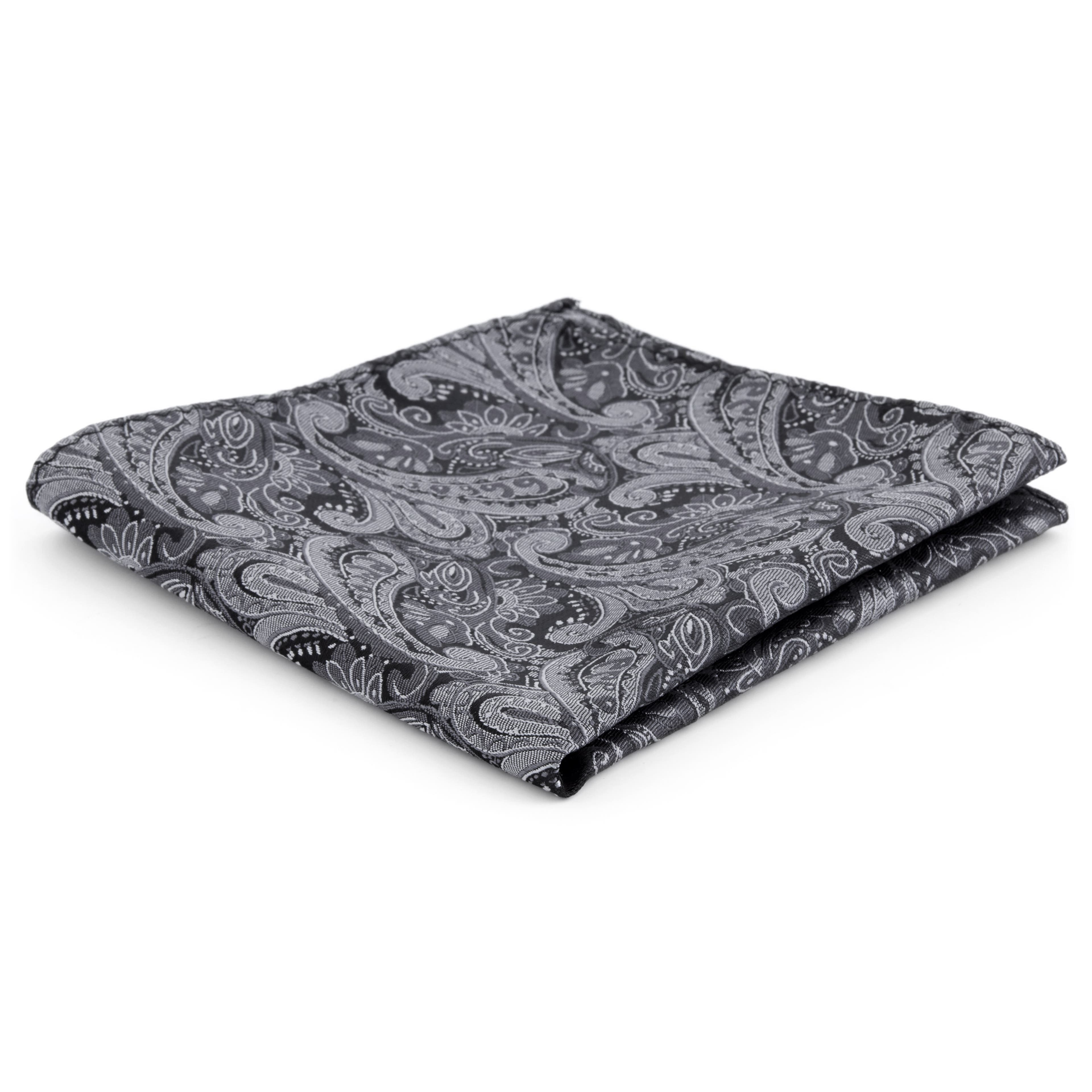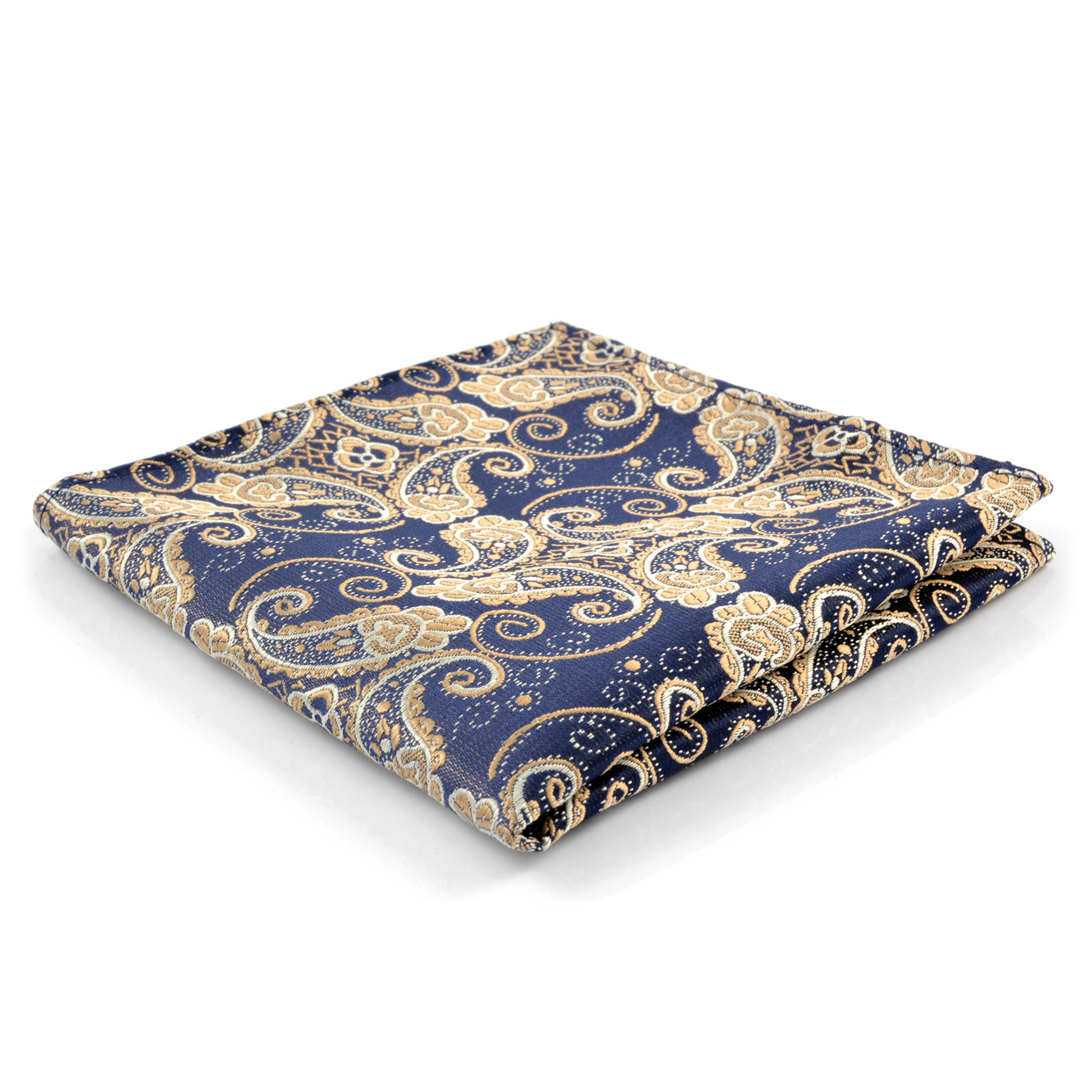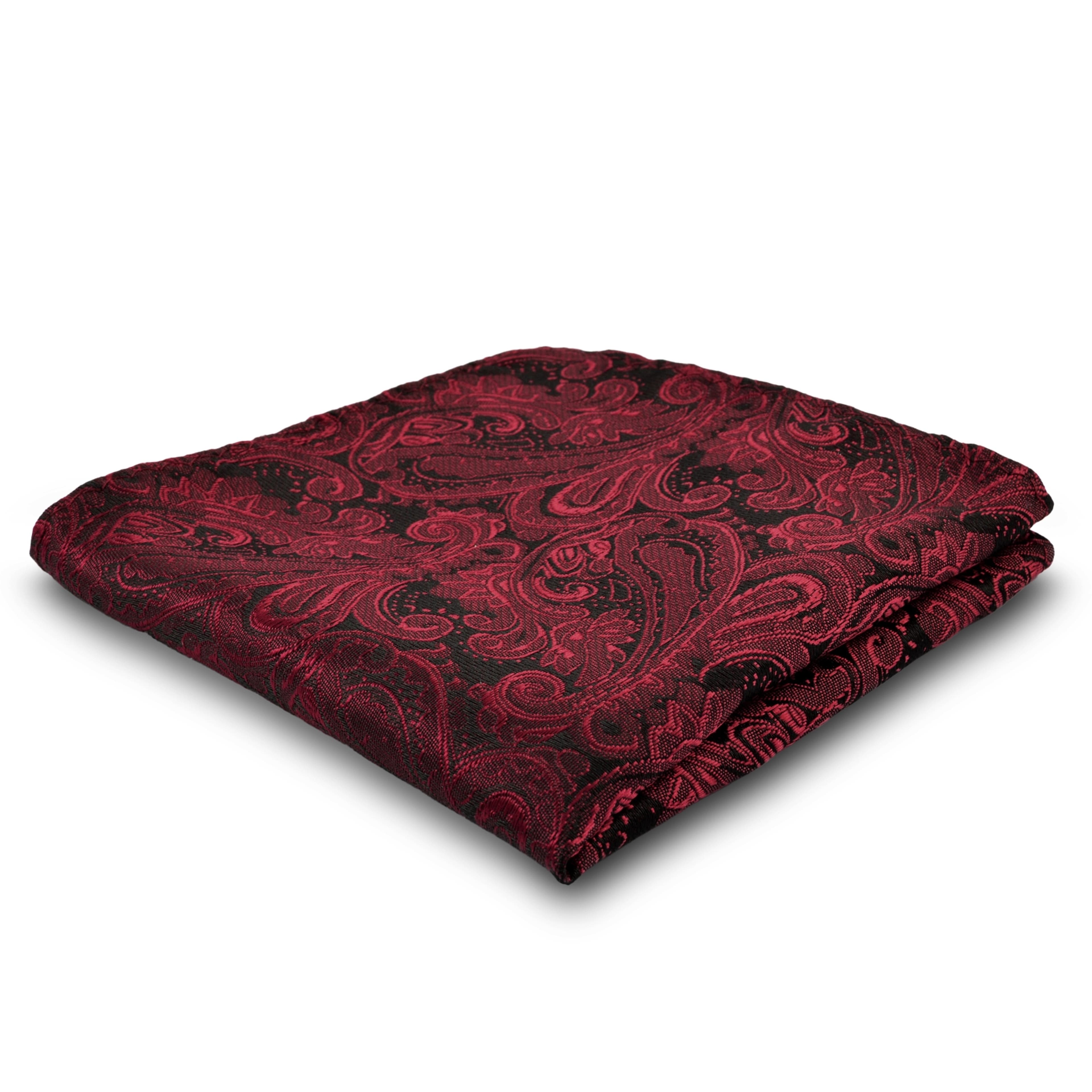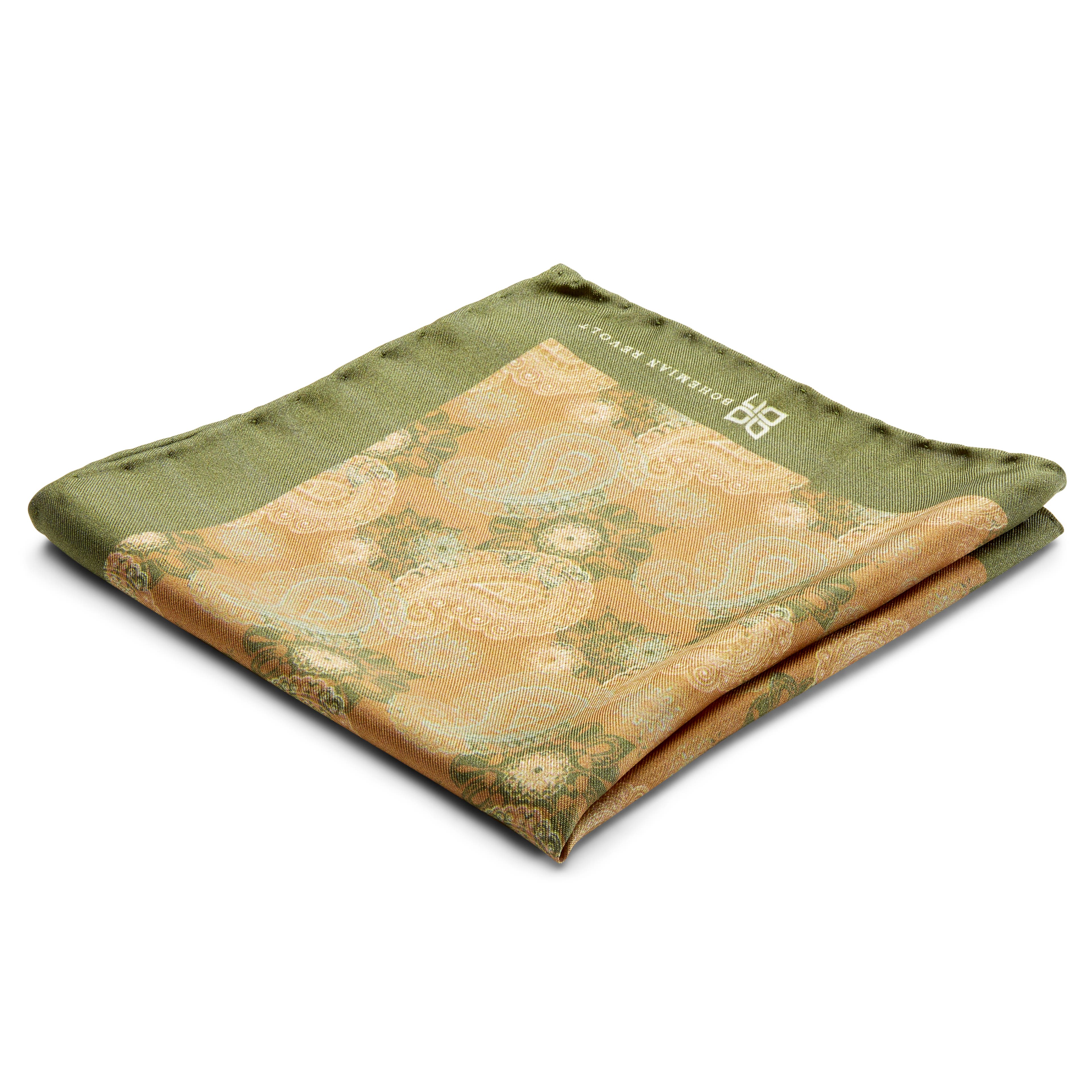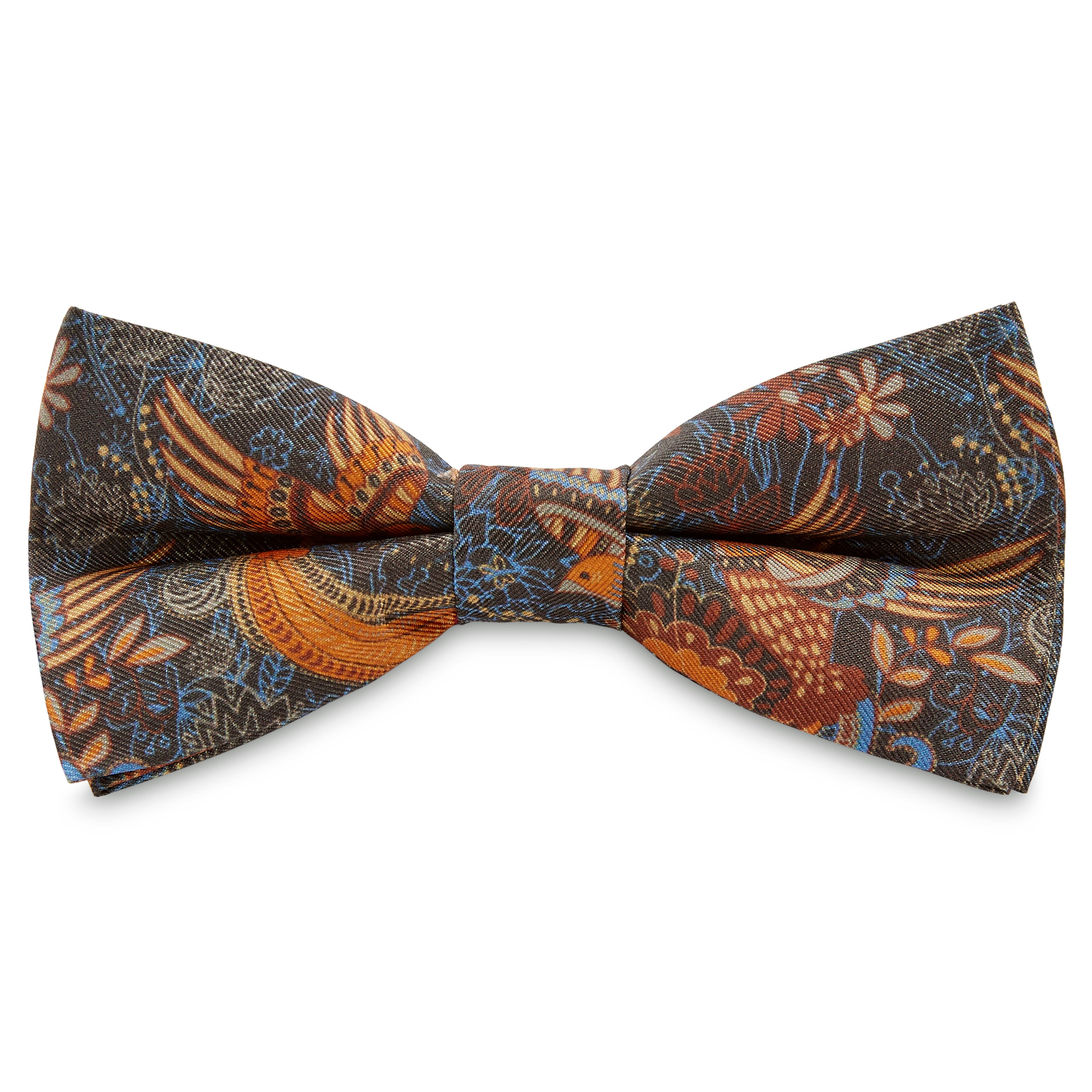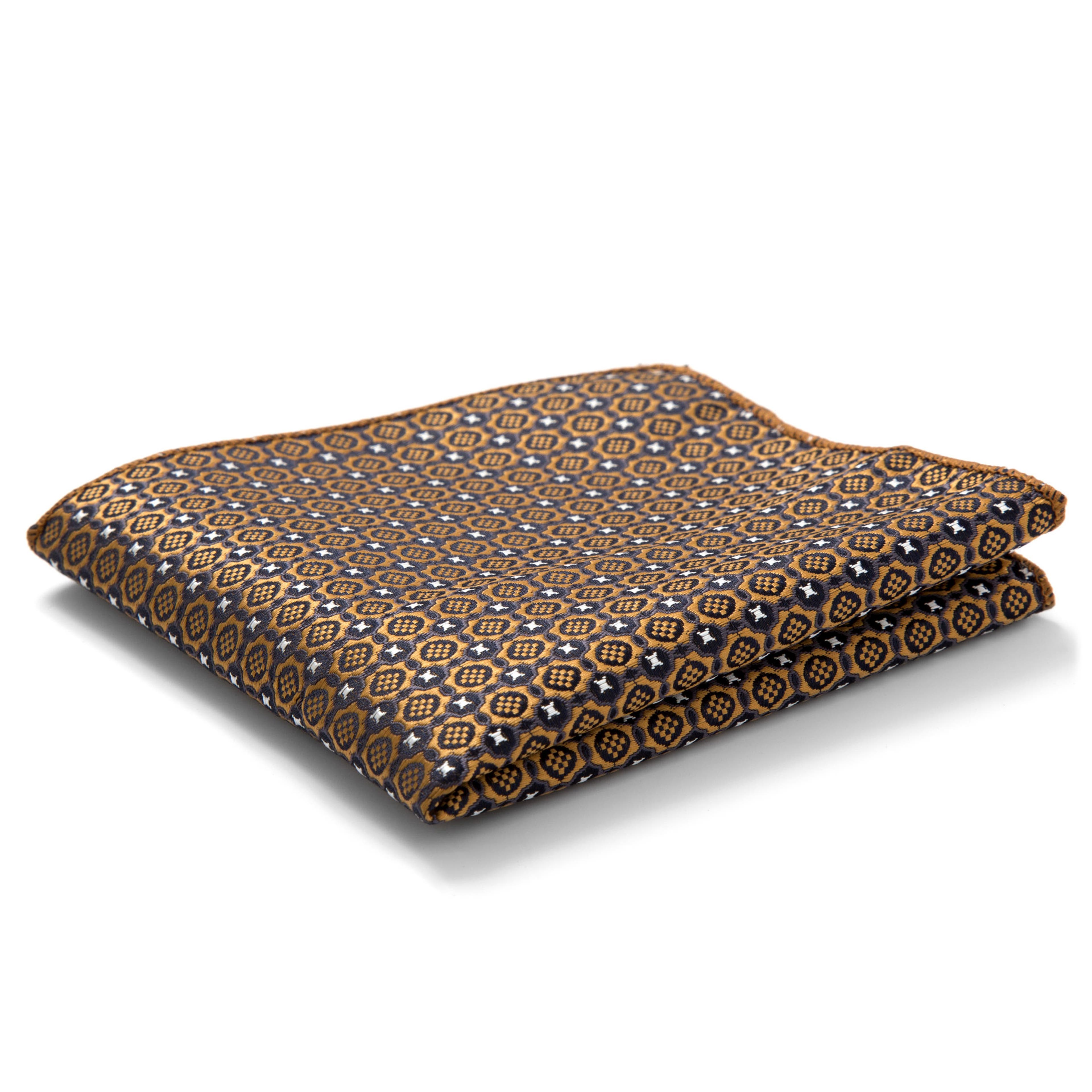7 Essential Rules for Matching Men’s Accessories
We’re sharing time-tested rules for how to match accessories. Today is the last day you question what bow tie looks good with those braces.
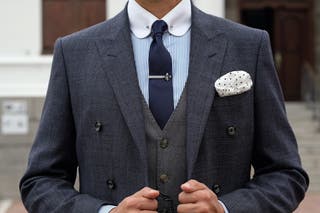
So there you are, standing in front of your closet, completely gobsmacked by the thought of getting dressed. It’s not that you don’t know how to put on pants and a shirt… it’s the idea of putting together a complete outfit, accessories and all, that has your jaw open and eyes rolling back in your head.
Before you throw your hands up and wear those same jeans and t-shirt again, let us offer a lifeline – 7 rules for how to match men’s accessories.
Don’t let the idea of a bunch of rules put you off. The concept is relatively easy to master and actually requires more confidence than skill.
Confidence comes from learning to trust your intuition and walk out of the house knowing that your look is tight. We can teach you the skill part. And if you are a beginner, you can always read our ultimate guide to Accessories
The idea behind these 7 rules is to keep you from getting sloppy when choosing those extra touches. They are rules, yes, but they are meant to be played with and adapted to fit the man that you are and the story you want to tell.
Douglas MacArthur said it best, ‘You are remembered for the rules you break.’ There you have it… a confidence boost already.

First, Get Dressed
We’ve created this guide for guys who have the basics of their outfits on lock. In case you’re not 100% on point yet, there are a few guidelines to follow before you start accessorising.
Always wear at least 1 solid Wear at least one item of clothing as a solid. This can mean a solid-coloured suit with a striped shirt. Picture this in contrast to a houndstooth blazer with a floral shirt.
You can’t go wrong with neutrals + 1 colour If you’re at a total loss, stick to neutrals and use 1 colour as an accent. Neutrals include black, white, grey, navy and brown.
Match accessories to your clothing – not clothing to your accessories Always buy your shirt, suit or jeans first and find accessories to go with those. It’s much easier than buying a killer pocket square and struggling to find a coordinating shirt.
Now that the base is ready, it’s time to add extra touches that’ll level up your ensemble.
1. Leathers Must Match
The first rule is that leathers must match leathers. This means wear brown shoes if you have on a brown belt. Staying with one colour keeps your overall look clean and streamlined.
When we say that leather must match leather, we don’t mean spend hours searching for the exact hue of your shoes at the belt store. Staying within the same colour family is enough.
Shoes determine the colour of your leather accessories.
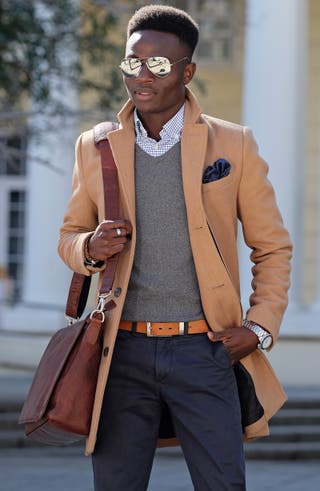
Leather Bag
No one wants to spend their morning changing bags because they opted for a black leather belt that day. Don’t spend too much energy worrying about your bag and belt. It’s the one accessory that gets a pass… as long as it’s a really good bag.
Leather Watch Strap
Leather watch straps should be within the same colour palette as your belt. The watch body should match the belt buckle.
Leather Bracelets
Play around with your bracelets and opt for darker tones in the same colour family. Wear a dark brown leather bracelet with a lighter colour belt, for example. Or even toss on one black leather bracelet with a beaded bracelet in earth-tone browns.
Leather Wallet
If you’re waving your wallet around for everyone to see… there’s a bigger issue to deal with. Purchase a wallet based on its function rather than whether it clashes with your belt and shoes. You can, if you want to get sophisticated about it, choose a wallet based on your leather bag.
Not wearing leather shoes or a belt?
Same rules apply even if you’re in canvas sneakers or flip-flops. Whatever leather you do have on should be close in colour.
2. Match Metals
Many accessories will fall into this category and share the same general rule as leather – metals should match metals. Keeping the colour of these in the same tone results in an uncluttered, refined and fresh look.

Watches
Is your watch all metal or leather? If it’s leather – and you’ve read the section above – the watch body needs to match your belt buckle. If you have a silver belt buckle, use a silver watch.
It’s easier if your watch is all metal. A gold-tone watch works with a golden belt buckle. Being exact isn’t necessary – a brushed steel buckle is fine with a polished silver-tone watch.
The watch sets the stage for other accessories. It all begins with your watch. It takes its cue from the belt buckle. The belt matches the shoes. The shoes start the show!
Cufflinks
Cufflinks sit close to your watch and look best when metals are the same. It’s also visually important that cufflinks match your tie bar or clip.
Fabric cufflinks? Concern yourself with colour more than metals.
Tie Clips & Tie Bars

Rings & Necklaces
Rings sit near your watch and metals should match. It’s OK to mix metals here to some extent – don’t stop wearing your wedding band because of a different colour watch.
Any metal necklace should be the same tone as your other metals. The exception to this rule is if you have a personal or religious connection to the necklace.
Bracelets
First of all… there’s no need for an armful of metal bracelets. You’ll be surprised how many of life’s problems will be helped that way.
Because bracelets sit either close to your watch or on the opposite arm in the same line of sight, it is important that metals match. Our most popular bracelets often feature 1 or 2 small metallic beads. These beads should be the same metal as your timepiece.
If you have an armful of metal… may we suggest that you give leather or beaded bracelets a go? This is a great opportunity to mix metals as well. Yes, the bracelets are stacked with your watch, but the small tags, charms or beads are small enough that you’ll be forgiven if one contrasts.
Suspenders
Will someone see your suspenders or braces? If yes, match metal to your watch. If no one will see them, and you’re sure you won’t take your jacket off, then who cares… go for it!
Earrings
Earrings may be small, but they are easily seen. To keep the overall aesthetic neat and fresh, match earrings to your tie clip and lapel pin. If you’re not wearing one of these, match them to your watch for continuity.
Don’t give up hope if your favourite watch is gold and favourite belt buckle is silver. You can still use both by wearing other metal accessories in silver/gold combinations. A pair of cufflinks with silver and gold-tones is an easy way to combine the two metals and create harmony.
When in doubt… match metals. It’s safe, easy and always works.
Don’t have a watch or a belt?
First of all… why not? Do you pull out a phone to check the time?
The same guidelines apply regardless of whether you wear a watch or a belt – match metal in the same tone.
3. Choose Colours Carefully
Understanding metals and leathers is easy enough – learning the ins and outs of colour is a whole new level. And with so many accessories in so many different colours, we can’t possibly make one general rule. However, we can provide you with the foundation to understand how to do it yourself.
Remember that box of crayons you played with a kid? It’s about to come in handy.
The Colour Wheel
The colour wheel forms the foundation for every colour in the world.
There are 4 types of colour schemes that you need to know. Understanding how to use them will help with everything from pocket squares and neckties to braces and bow ties.
Note that not every combination has to demand attention. Take a look at the photos below and see how different hues of the colours are used within each scheme.
Monochromatic Monochromatic colours are from the same colour family. They may be a different tint (colour + white) or shade (colour + black), but they’re basically the same.
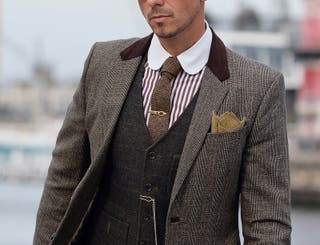
Analogous Analogous colours are 3 colours residing next to each other and sharing a dominant colour in the middle. Accessories in this colour scheme require a bit of adventure without going full-on crazy.
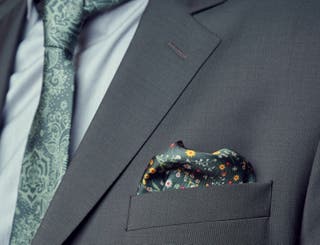
Triadic Triadic colours are 3 colours laying equal distance from each other on the colour wheel. They result in a balanced, dapper combination with multiple colours.
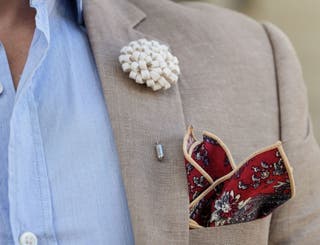
Complementary Complementary colours sit opposite each other on the colour wheel. They can be bold and eye-catching or, wearing muted versions of the colours, quiet and subdued.
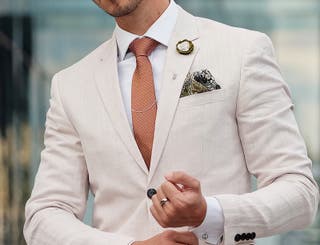
Bracelets
Most men’s bracelets come in natural materials like leather, wood, lava, coconut or stone beads. The colours are typically brown, black, silver, bronze or gold and can be worn with most everything.
Remember to keep metals and leathers in the same family.
4. Don’t Fear Patterns
Matching patterns is as angst-inducing as colours for many of us. The skill behind it is found in understanding colours... aren’t you glad you paid attention to that colour wheel section?
Before we begin, we want to reinforce that this is written for accessories. Wearing a patterned shirt or suit is a different ball game.
A general rule for beginners to follow is: if your shirt is plaid, striped or patterned, everything else, including accessories, should be a solid colour.
Assuming that you’re in a solid-coloured shirt and complementary suit, let’s look at this pocket square below. We chose this one for its floral pattern with at least 5 different colours represented.
How do we match a bow tie to this pocket square?
The first step is to identify a colour within the pattern that you want to match. You can play it safe by choosing the most dominant colour – purple in this case. For our example, let’s select the light-blue used in the stems and leaves.
Now let’s choose what colour scheme we want. Let’s go with Analogous as it’s daring without jumping in the deep end.
Why does this bow tie work? This is a good choice because the colour is similar to the light-blue in the pocket square and the pattern is smaller than the floral print.
It’s important that patterns stay in proportion to one another. This means that the pocket square’s pattern and the pattern of the bow tie shouldn't be the exact same size, but also not far from each other – an easy way to remember this is to keep one pattern larger or busier than the other.
The overall colour palette for these 2 pieces is also quite subdued. Wearing quiet colours – instead of vibrant ones – is a good way to start off with pattern and colour matching.
Rules for Pattern Matching: Accessories
- If you are wearing more than one pattern: use 1 small, 1 medium and 1 bold
- Play with proportion - small striped pocket square with a larger stripe on the necktie
- Keep multiple patterns in the same tone - think monochromatic or analogous
What if you’re not in a suit?
If smart casual is your go-to, the same rules apply with whatever accessories you do have on.
Black chinos and a white t-shirt? Add interest with a NATO strap on your watch or a paracord bracelet in a vibrant colour. That little bit of pattern, plus texture and colour, could be all you need
5. Remember Texture
Texture is important when coordinating accessories. While most men’s accents aren’t overly textured or complicated, there are a few that we meet on a daily basis that are. These can be used to add visual interest.
Think of a knitted tie laying next to a silk tie. The bumpy, knitted texture is a contrast to the smooth silk, right? The goal is to achieve a calculated contrast between items. This is especially important between neckwear and pocket squares.
Be cautious of mixing too much texture. Stick to 1 texture that is different from the others. If you’re wearing a fine smooth tie, go for a rougher cotton or wool pocket square. And if your tie is quite textured, choose a nice silk pocket square.
Bonus Tip
Keep the textured piece as a solid. A busy texture combined with a bold pattern will look messy.
6. Understand the Season
This may seem like a pointless rule, but hear us out. Selecting seasonal items according to colour and pattern is not as important as how useful that particular product is. Don’t not use a scarf and a beanie simply because it clashes with your ensemble. If the sun is glaring, do protect your eyes with a pair of sunglasses even if they clash with your watch strap.

How warm are these gloves? This should be the only question you ask yourself when putting them on. Matching them to your belt is fantastic… that’s true. But it’s not as necessary as having frostbite-free fingers.
7. Know Where You’re Going
What you wear is based on where you go. Unless you’re purposely trying to upstage the happy couple, you wouldn’t rock up in neon suspenders and a studded black leather bracelet to a wedding.
Bright, bold colours and loud patterns are better suited for casual events, while more toned-down pieces work well for business and formal situations.
Most of our rules are for the guy wanting to style up his suit or blazer, but everyday casual looks can benefit from the same rules.
We’ll say it again – rules are made to be broken. You can mix metals if you want. You can wear 8 different patterns if you so desire. Think of the rules as a GPS-suggested route… you don’t have to follow it, but it will make the journey that much easier.
We promised you the skills and we’ve laid it all out for you. All you have to do now is practice, be patient and build up confidence. We’re pretty sure you’re going to be great. Good luck, guys!
You Asked – We Answered
Should I match my tie with my belt?
The necktie you choose is based on your shirt. Your belt must match your shoes.
Can I wear a tie with a matching pocket square?
Can you? Yes. Should you? No.
A million options for great pocket squares exist, so there’s no need to buy one in the exact same colour and material as your tie. The only exception may be a wedding where the bride insists on groomsmen dressing in matching everything. The 80s is making a come back.
Should my tie match my pants?
This one is tricky to answer in one word. It’s tough because pants should match your suit, and your shirt should match the suit, and your tie must match the shirt.
So, our answer is yes… but not in the way you think.
Must my suspenders match if you can’t see them?
If you promise to not take off your suit jacket, then no. It’s better to err on safety and get suspenders that match metals, leather and colours.
Are rules meant to be broken?
No one really asked this, but it’s important.
Yes, they are.
Do you. You have our permission.

